Montessori toys share one characteristic that parents will quickly understand - they're usually made of wood. Montessori toys generally avoid plastic materials in favor of more natural wood. There are many benefits to using wooden toys, many of which help children develop from an early age.
Wooden toys are more aesthetically pleasing than plastic toys.
Montessori toys look more attractive in the nursery because of their natural, calming tones. You can have items that focus on the wood's natural grain and softly sanded corners. Alternatively, you can find pastel-toned pieces in Safe Paint.
The visual appeal of these attractive toys is also important when figuring out how to set up a Montessori nursery or playroom. The layout of these rooms is important to create the best possible environment where children can learn on their own and be welcomed in a prepared environment.
Keeping a few toys within reach on a shelf or wooden cabinet allows your child to independently decide what to do next. Children can do this on their own time, providing further independence and growth.
Wooden toys showcase the beauty of natural materials.
In addition to the idea of the beauty of wood, Maria Montessori believes that beautiful toys can enhance a child's experience and environment. She believes these toys give them a better understanding of the importance of natural materials in life from an early age.
Children who grew up with wooden toys were more likely to be attracted to natural objects in the future.
The importance of natural materials also has an environmental dimension, which is increasingly important to young parents. Wooden toys make more sense as we work to reduce plastic use and move to sustainable materials. They are durable and classic. They are also safer for our children without chemical treatment.
Wooden toys can be passed on from generation to generation without the fear of items breaking like similar toys made of plastic.
Wooden toys are better for repetitive learning.
The durability of wooden Montessori toys also means that a toy can provide years of continuous learning and development, unlike plastic toys that can break down quickly.
One of the key factors that makes Montessori learning so effective is the concept of independent repetitive learning. Parents new to the concept may think these toys lack functionality or instant gratification. Instead, these toys provide deeper lessons on motor skills, reasoning, cognitive development, and other similarly abstract concepts. They self-explore and repeat lessons through the same causal patterns.
Children build skills over time, often independently and at their own pace. This is another reason why these tactile and attractive materials are so important, they ensure that these toys will always be attractive to children.
Wood materials allow for deeper sensory exploration.
As adults, we tend to prefer anything made of wood over plastic because of how it feels. The material feels better when we touch it with our fingers. Weight also has some benefits.
We tend to think of it as an adult preference, but babies and toddlers experience wood in similar ways. This texture is more appealing to kids who learn by touching and putting things in their mouths. It also changes the temperature with the environment of the room. Wood blocks feel surprisingly cool after a night of inactivity in a cold room, but quickly warm up in their hands.
The weight of objects also affects them. Babies can learn about size and density by the weight of objects. Larger dense blocks and toys are harder to pick up than smaller ones. Man-made materials often reduce weight and do not provide the tactile experience of this part.


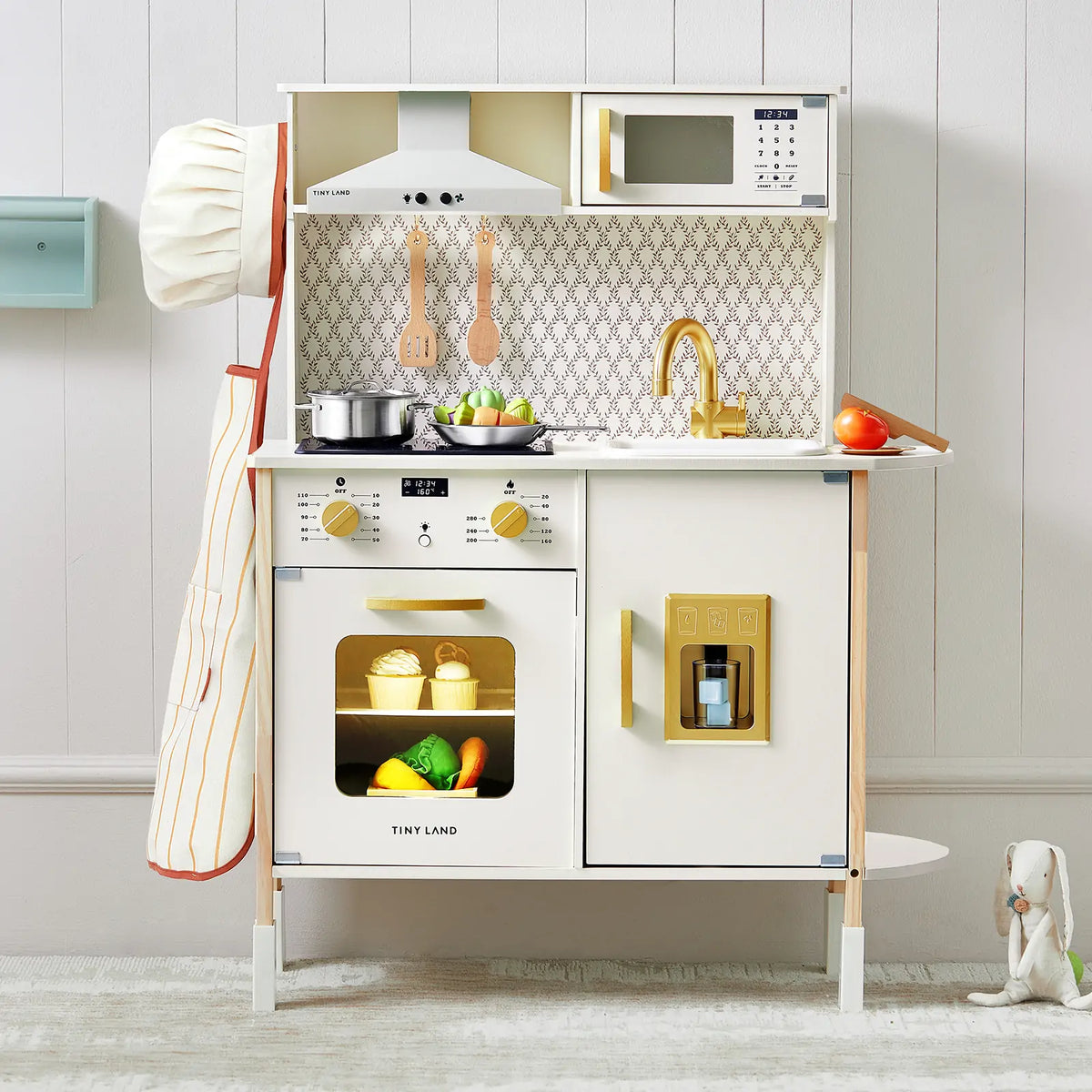
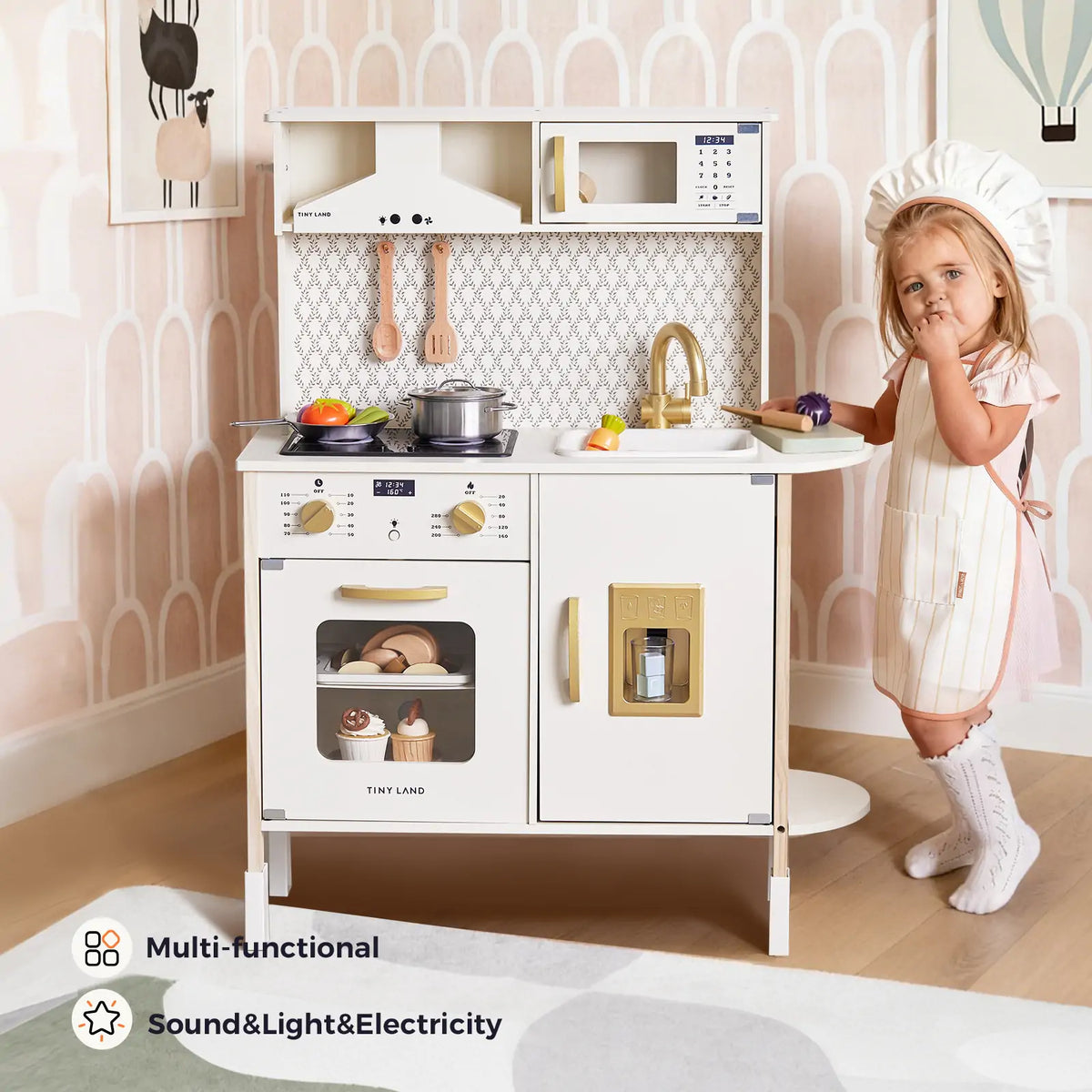
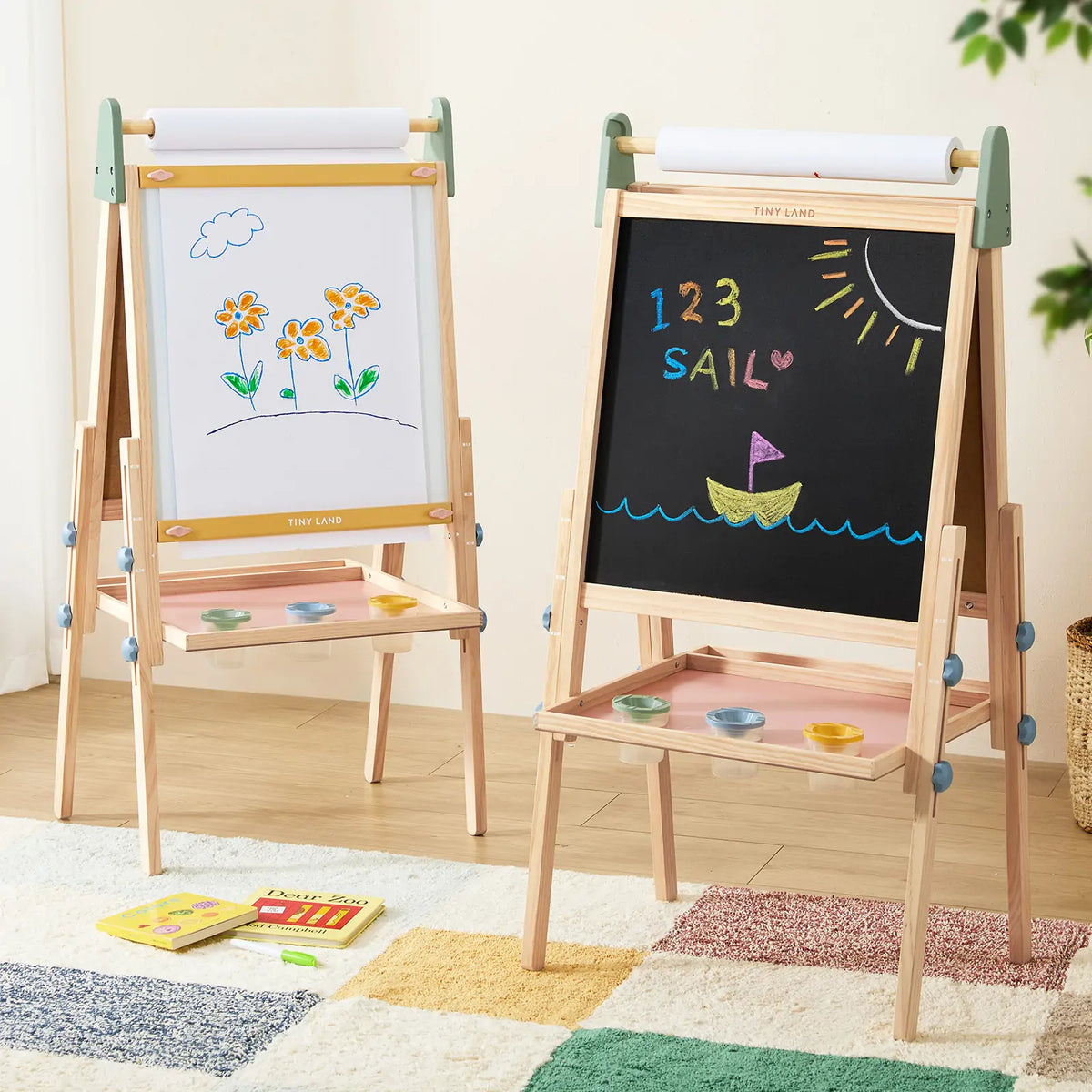
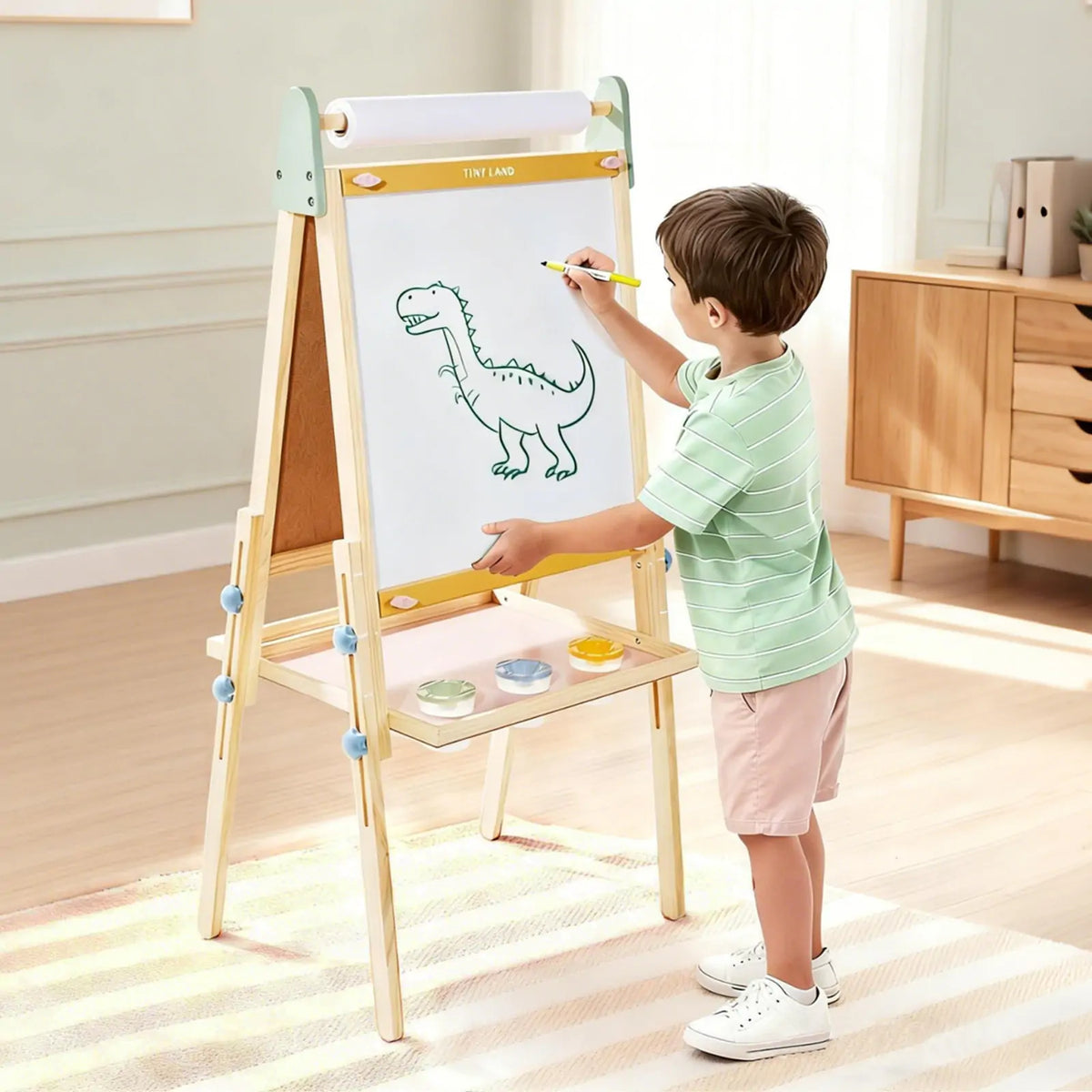
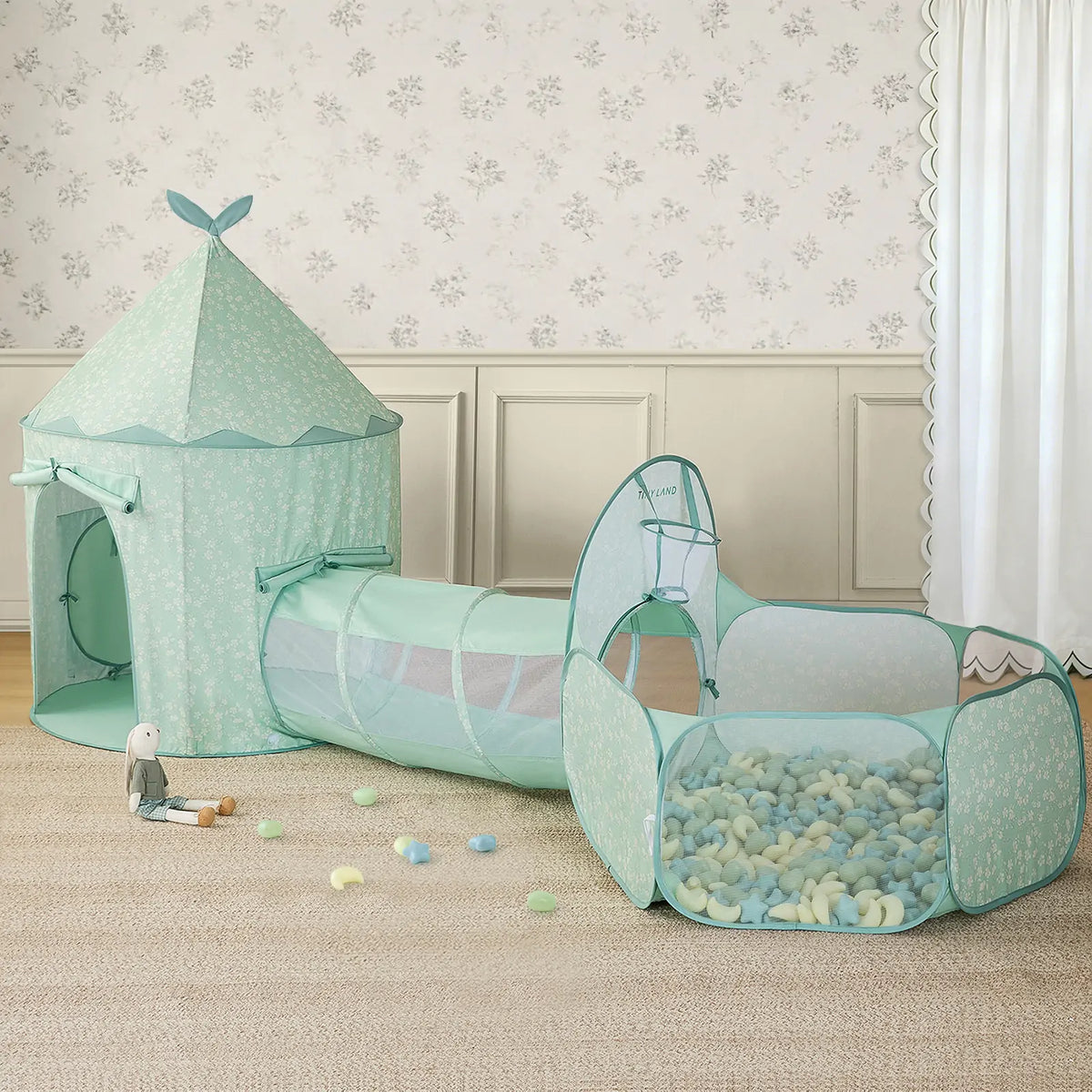
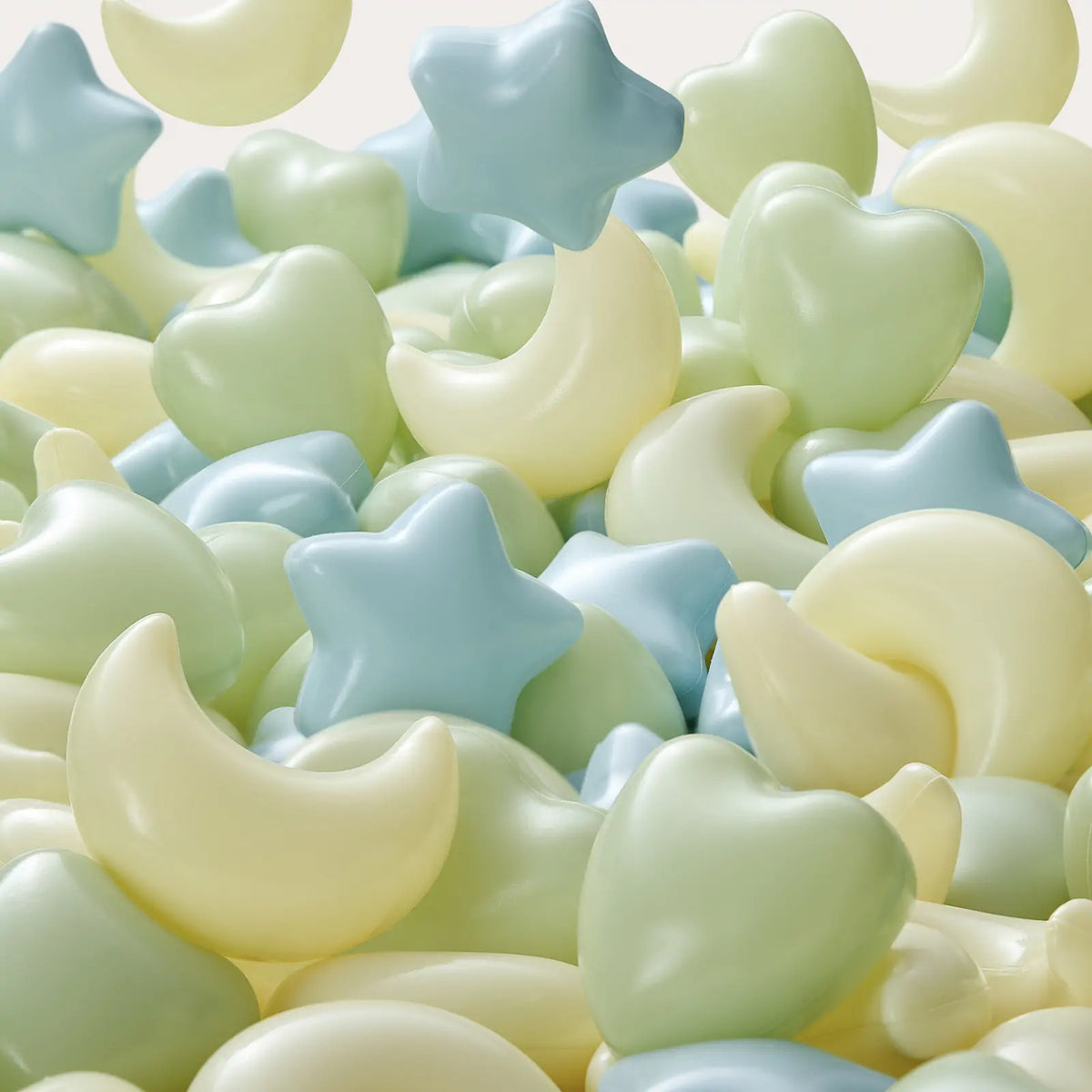
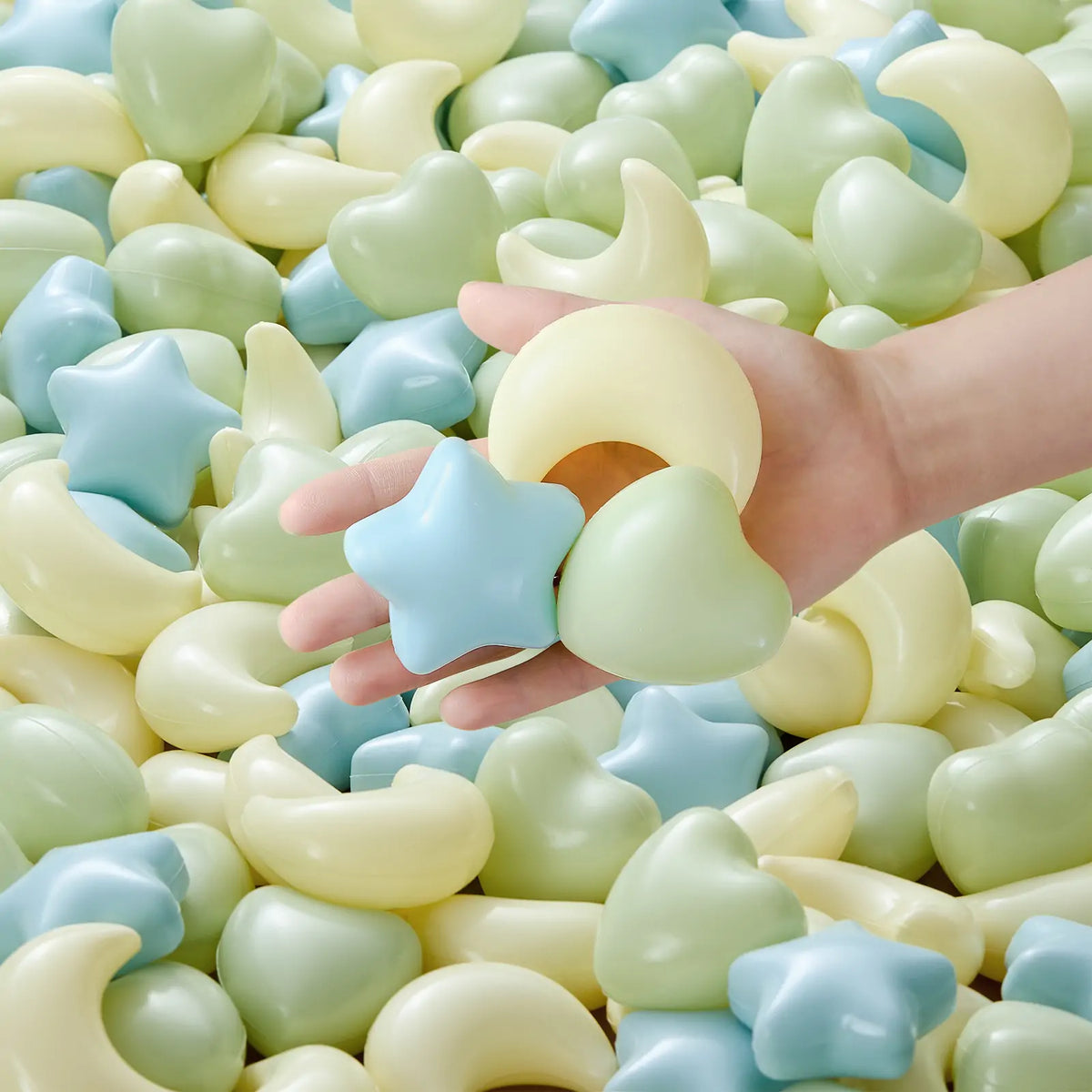
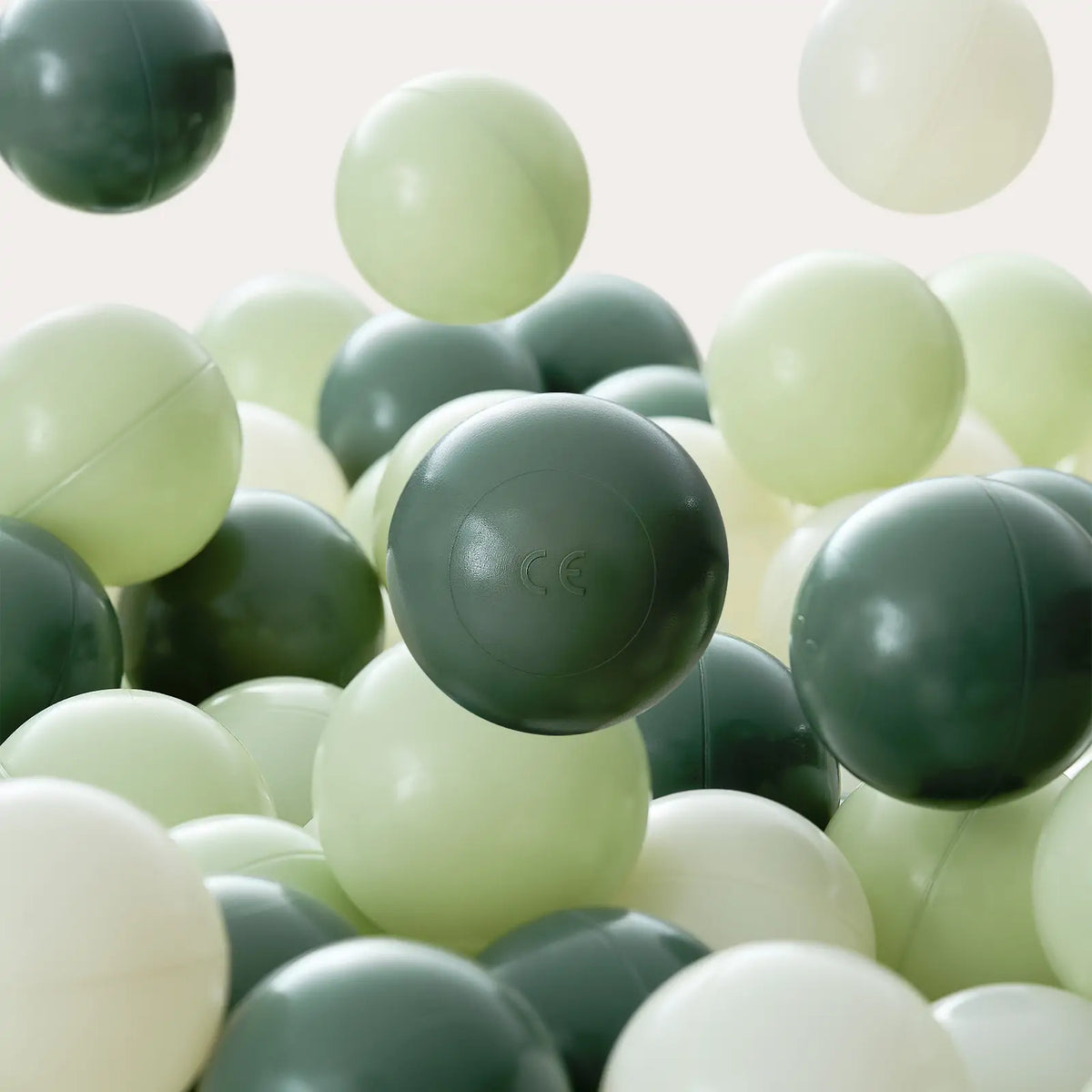
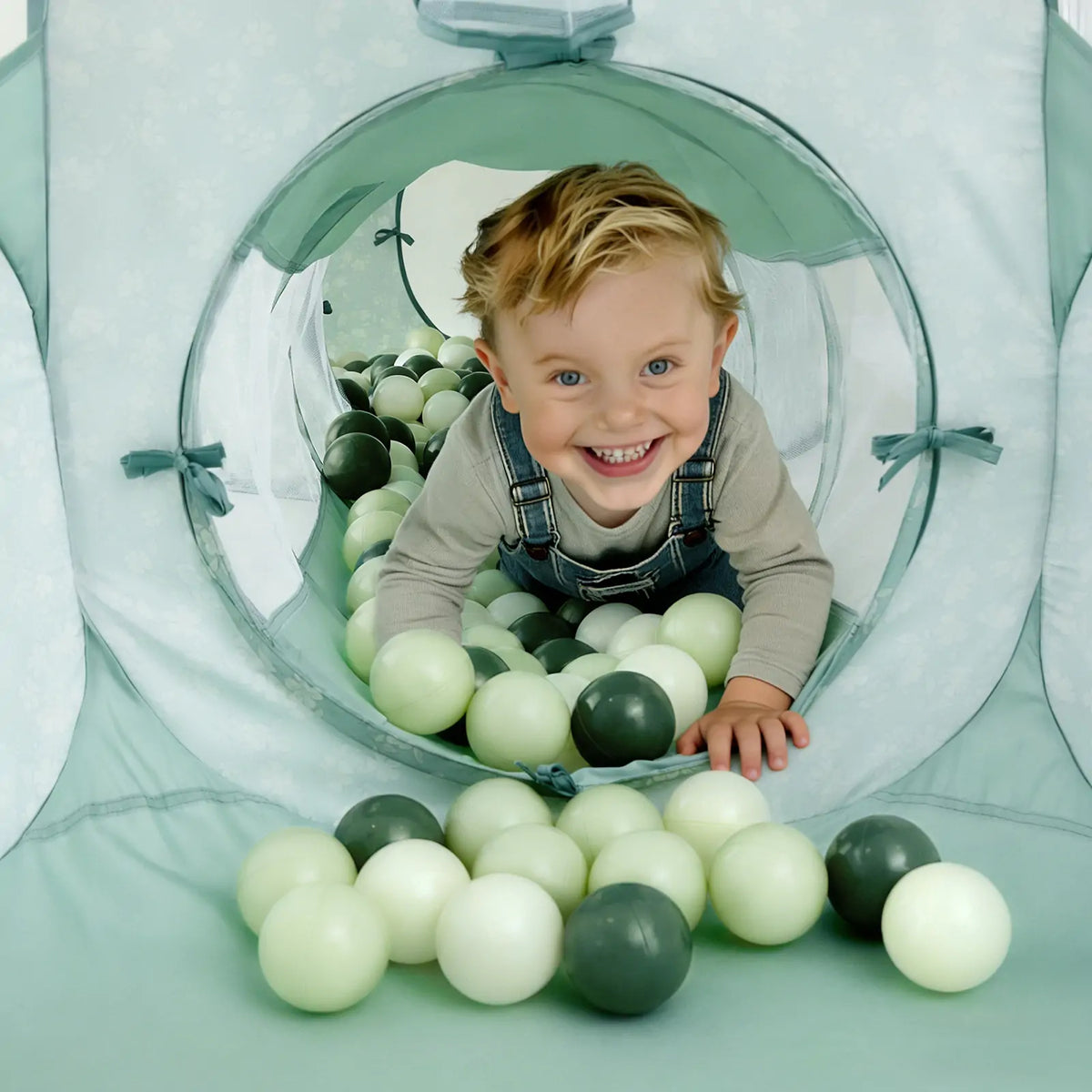
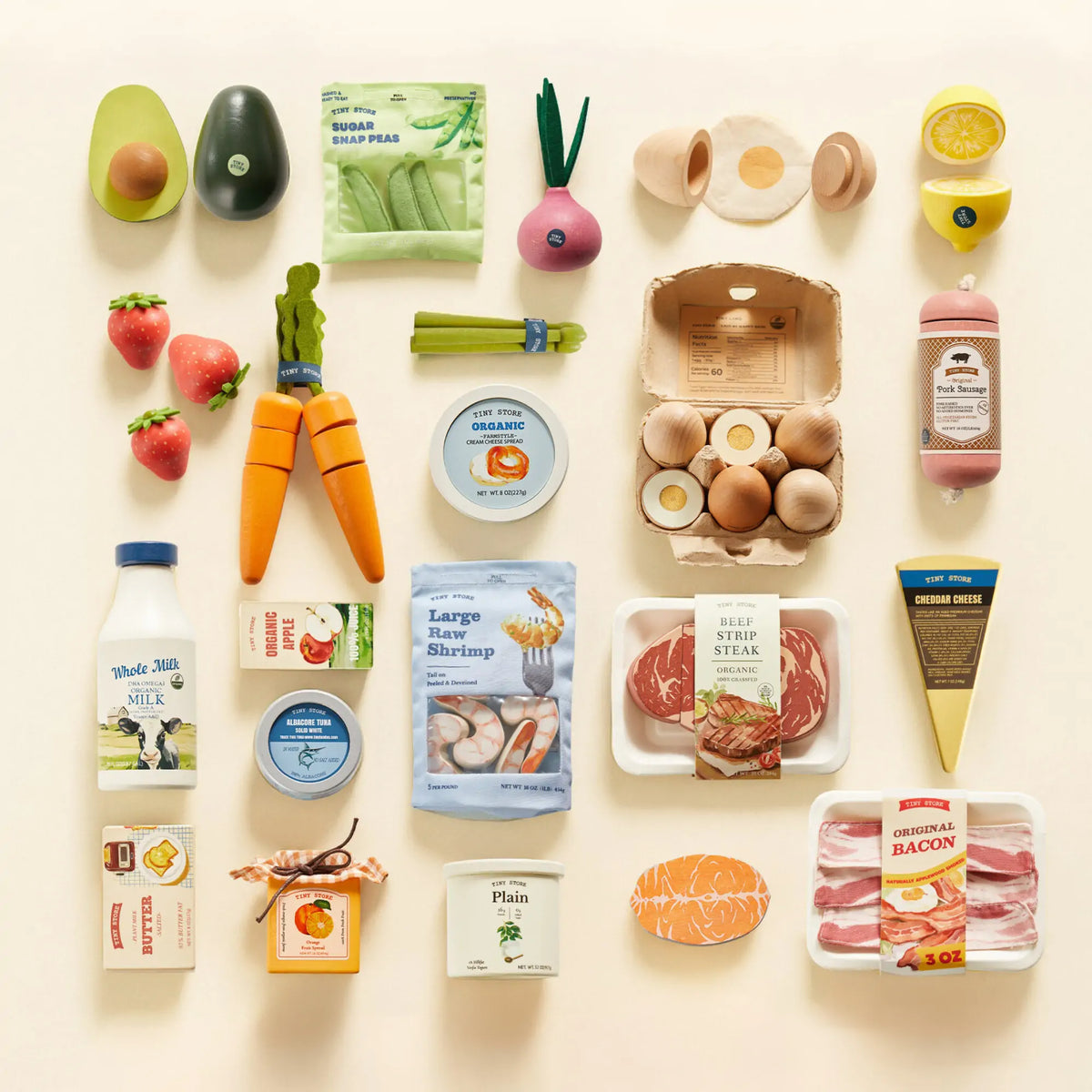
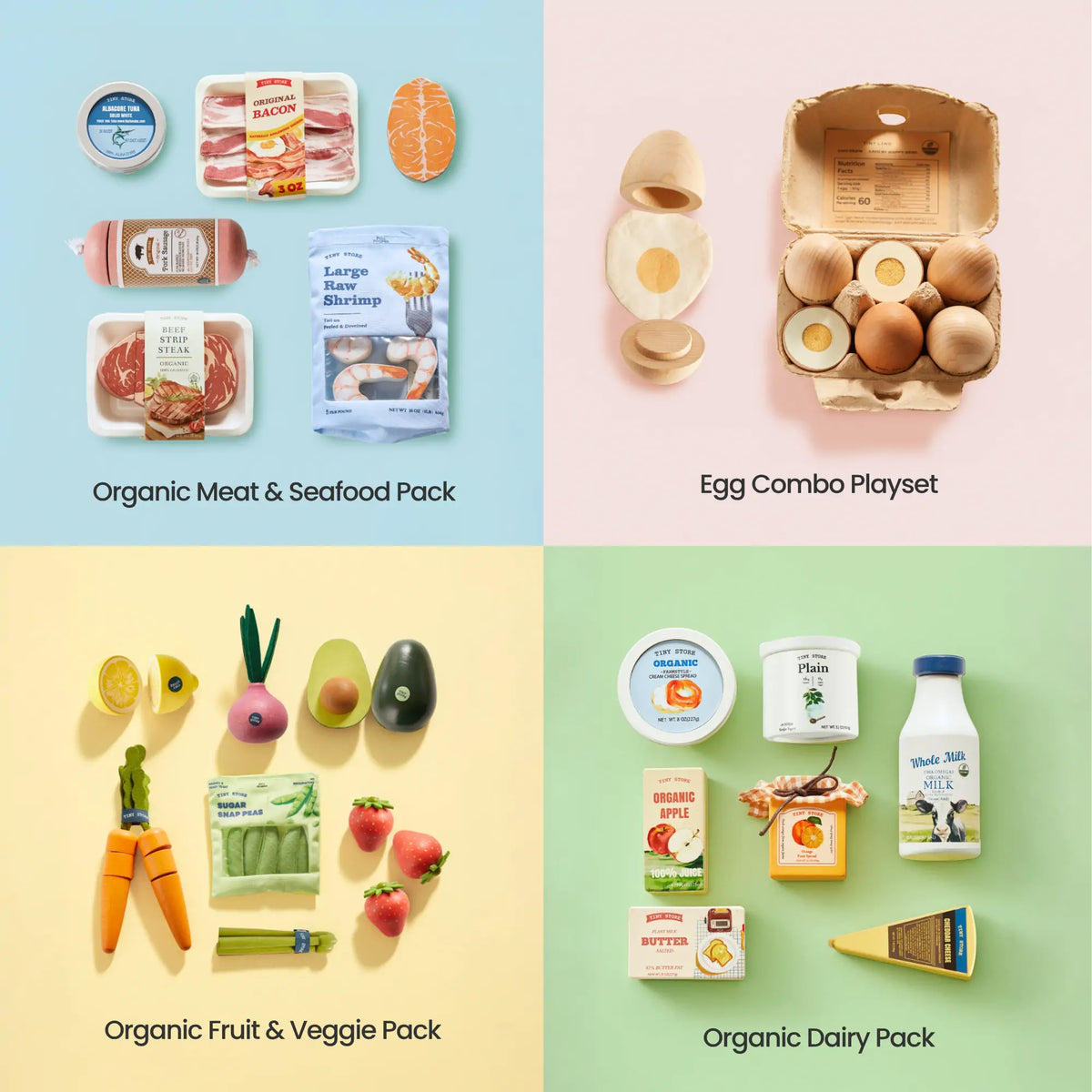
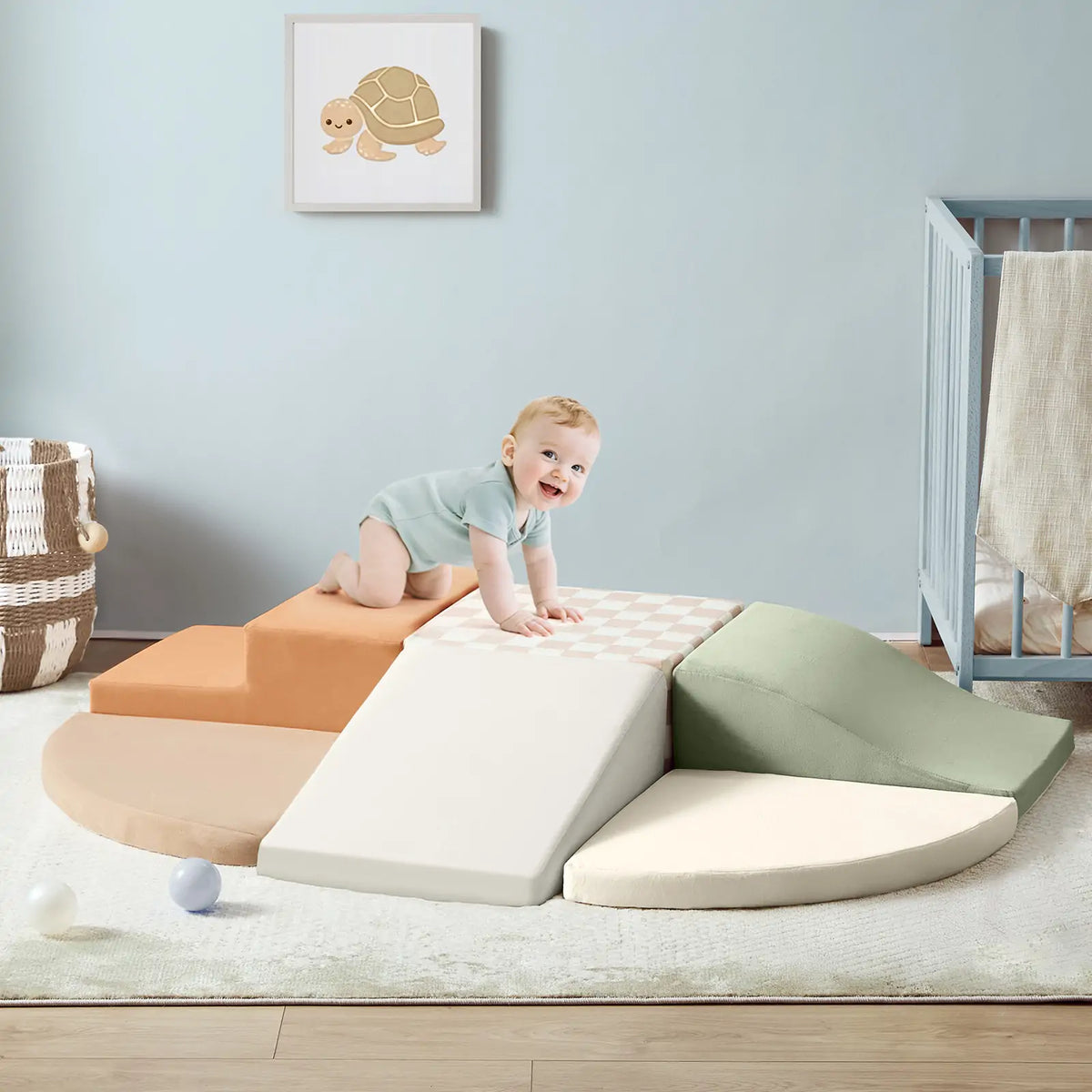
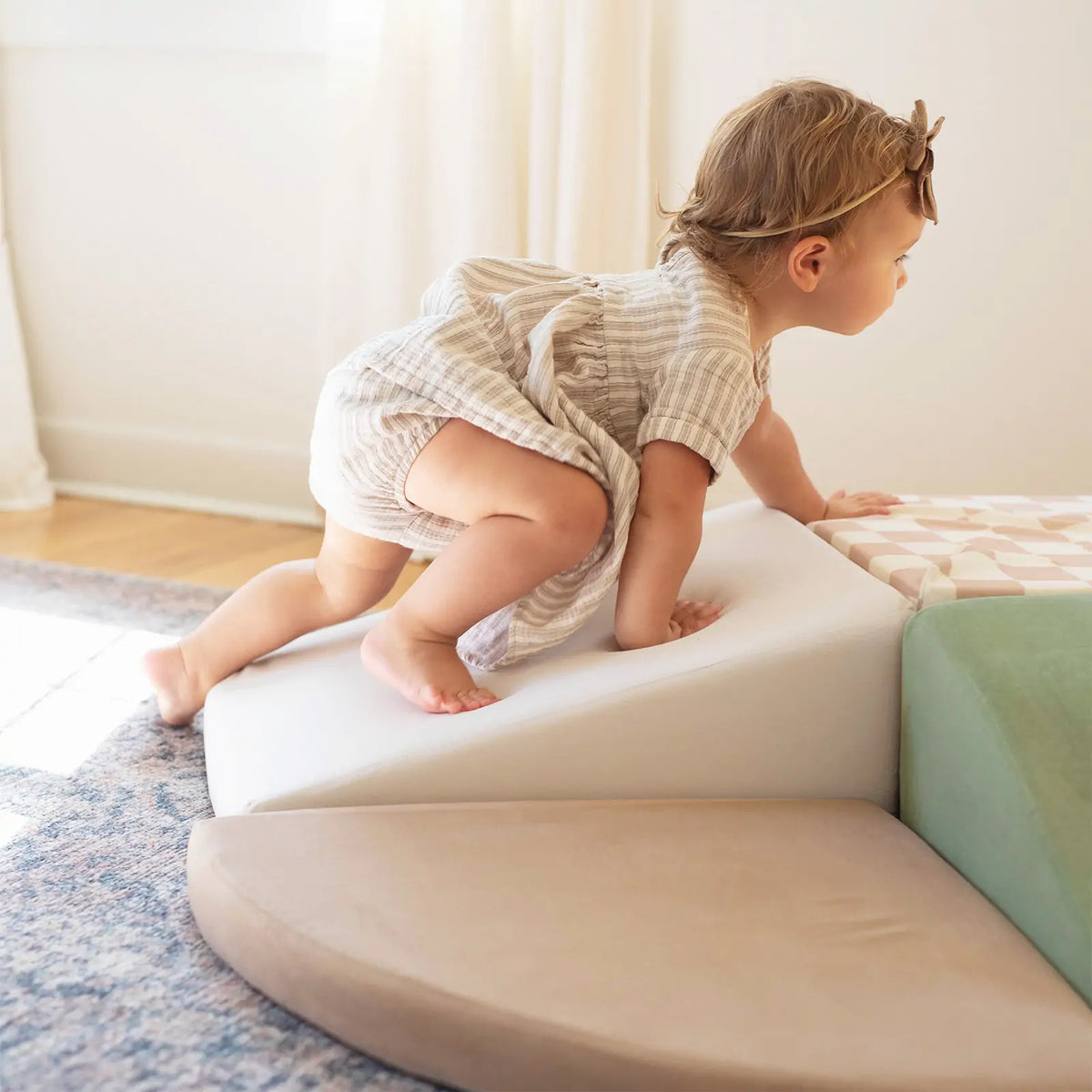
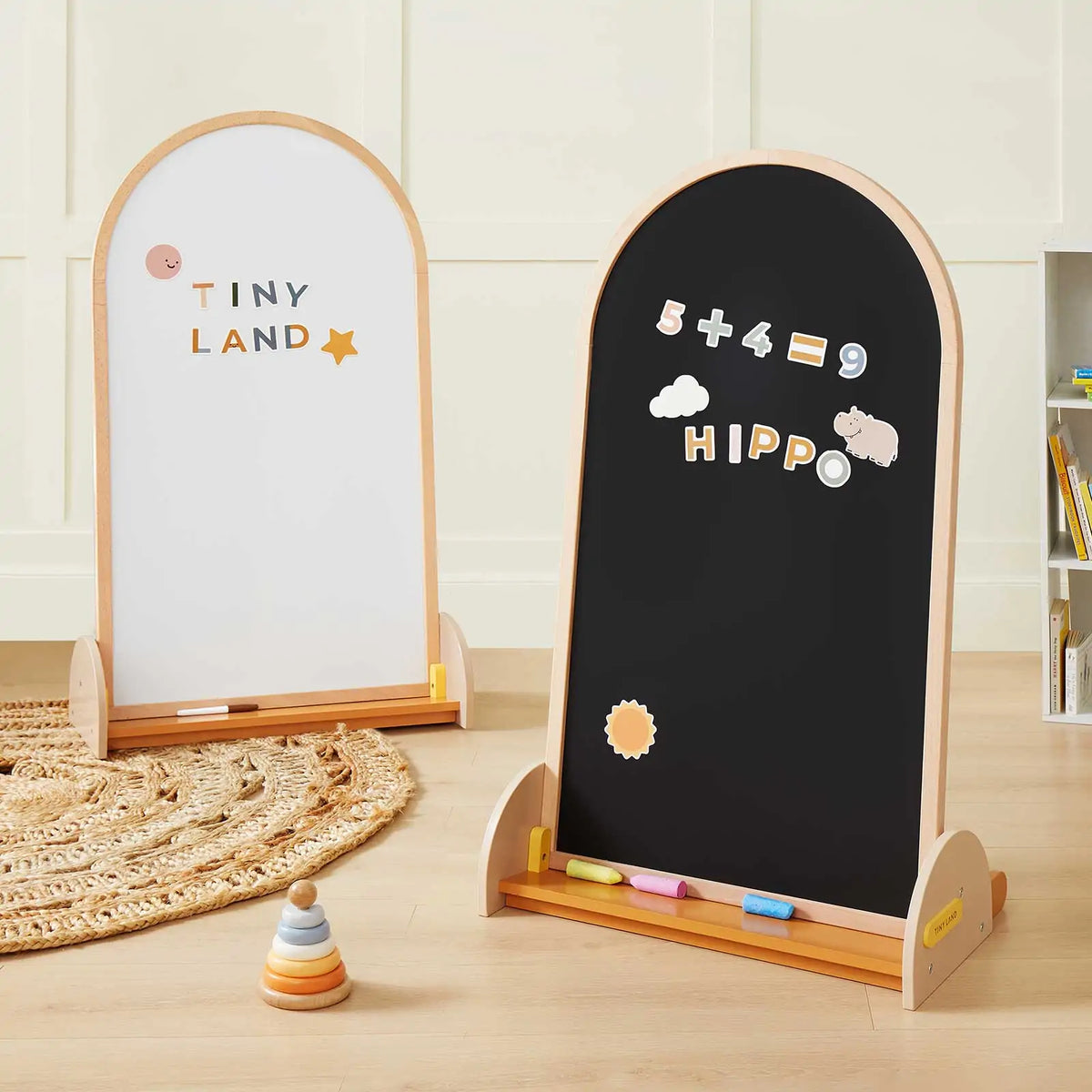
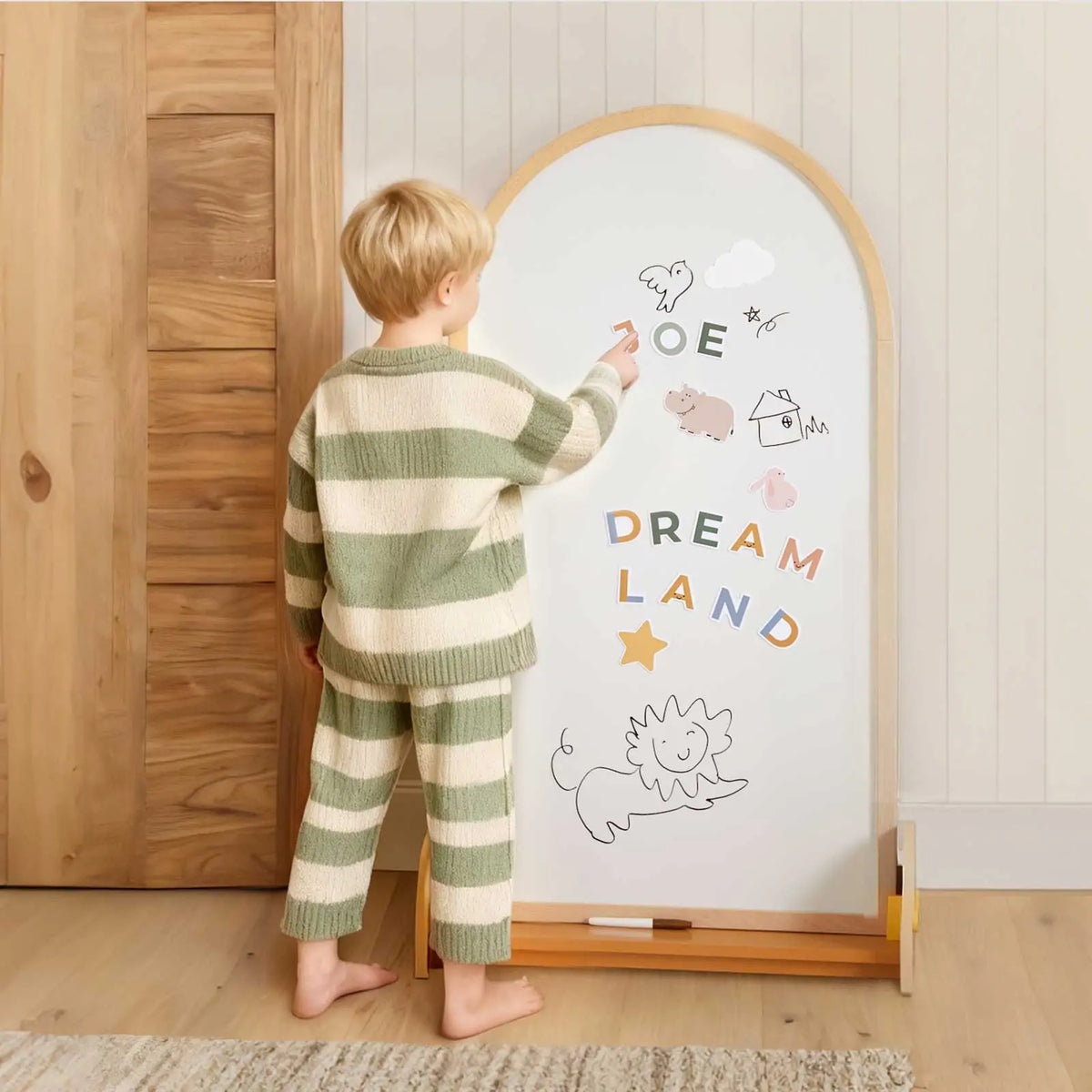
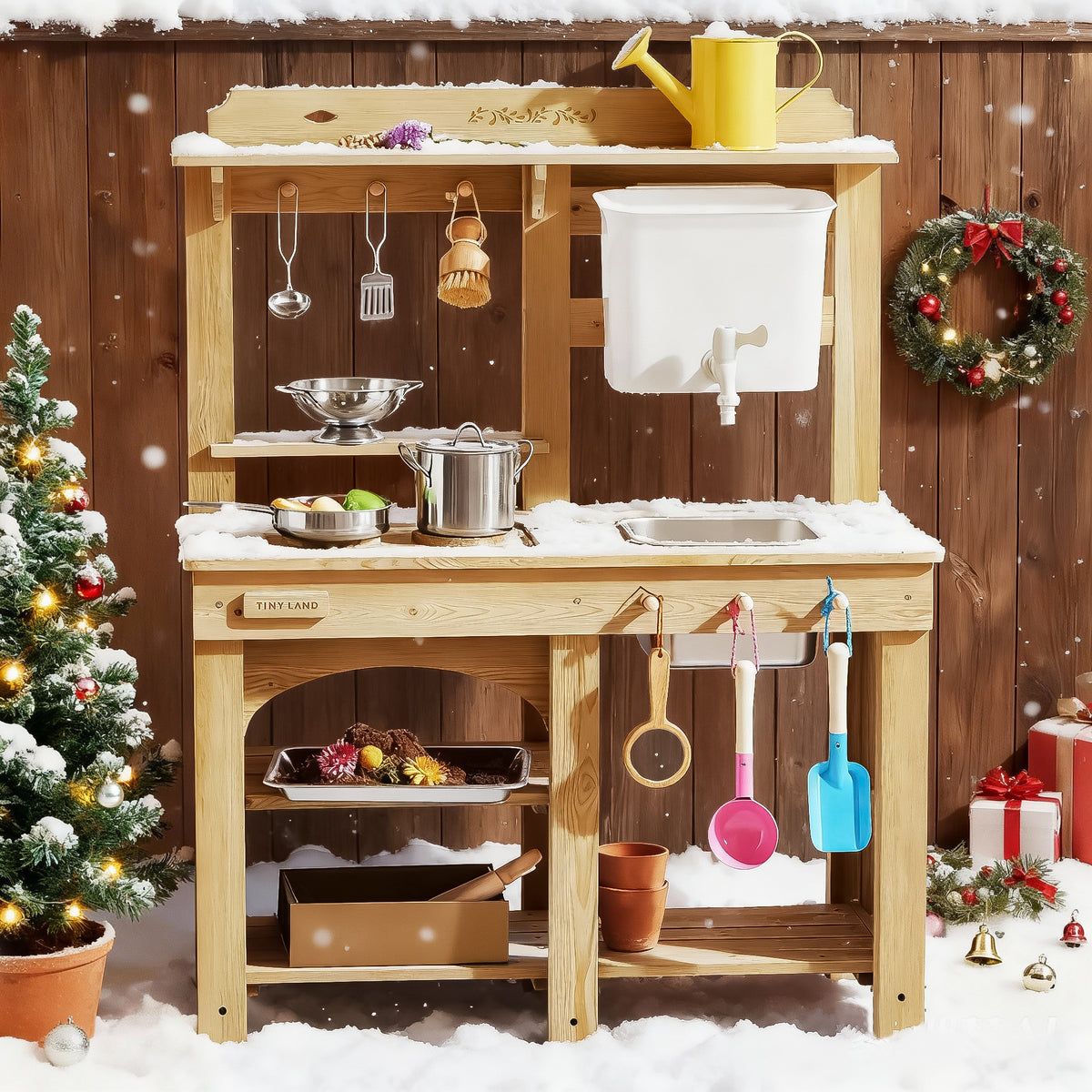
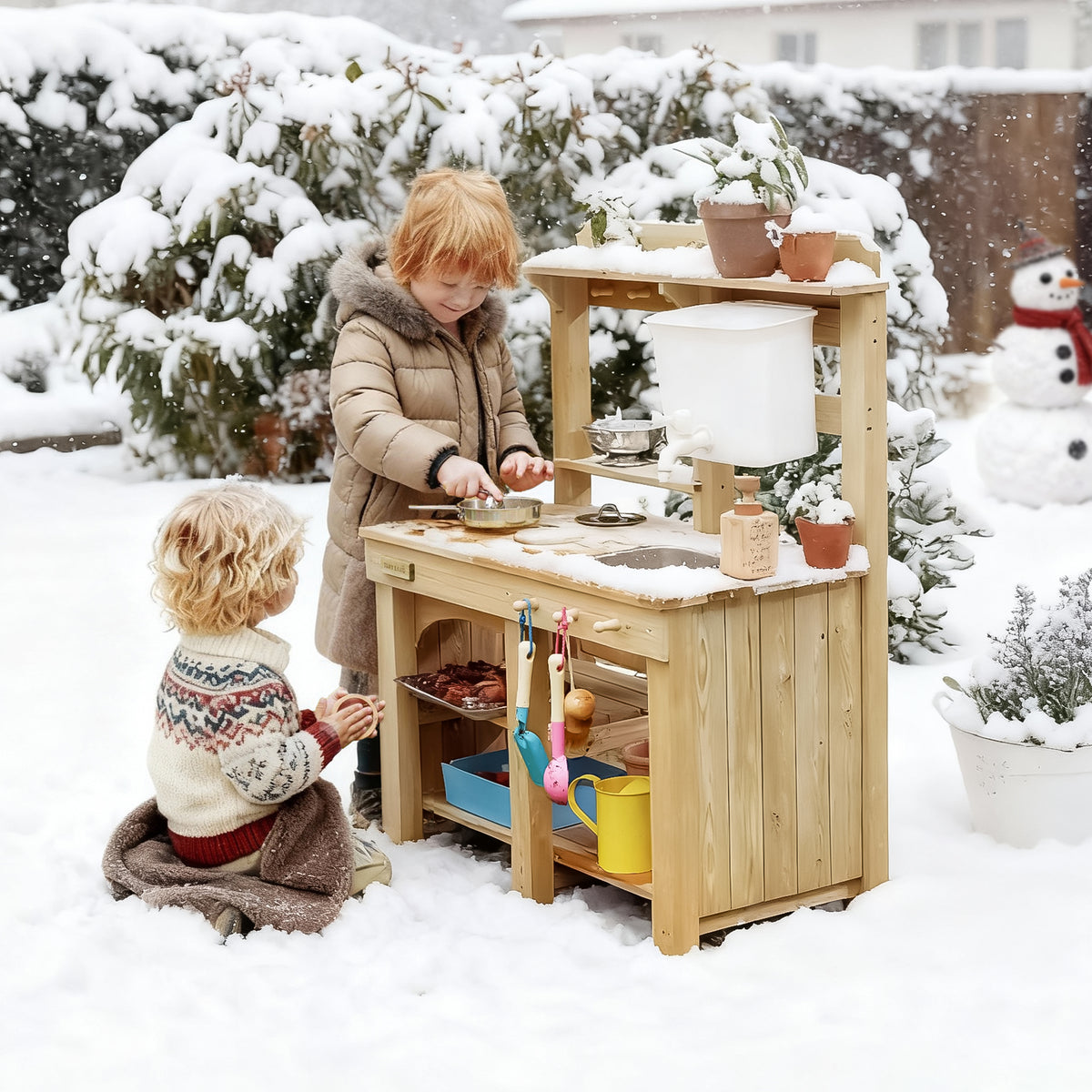
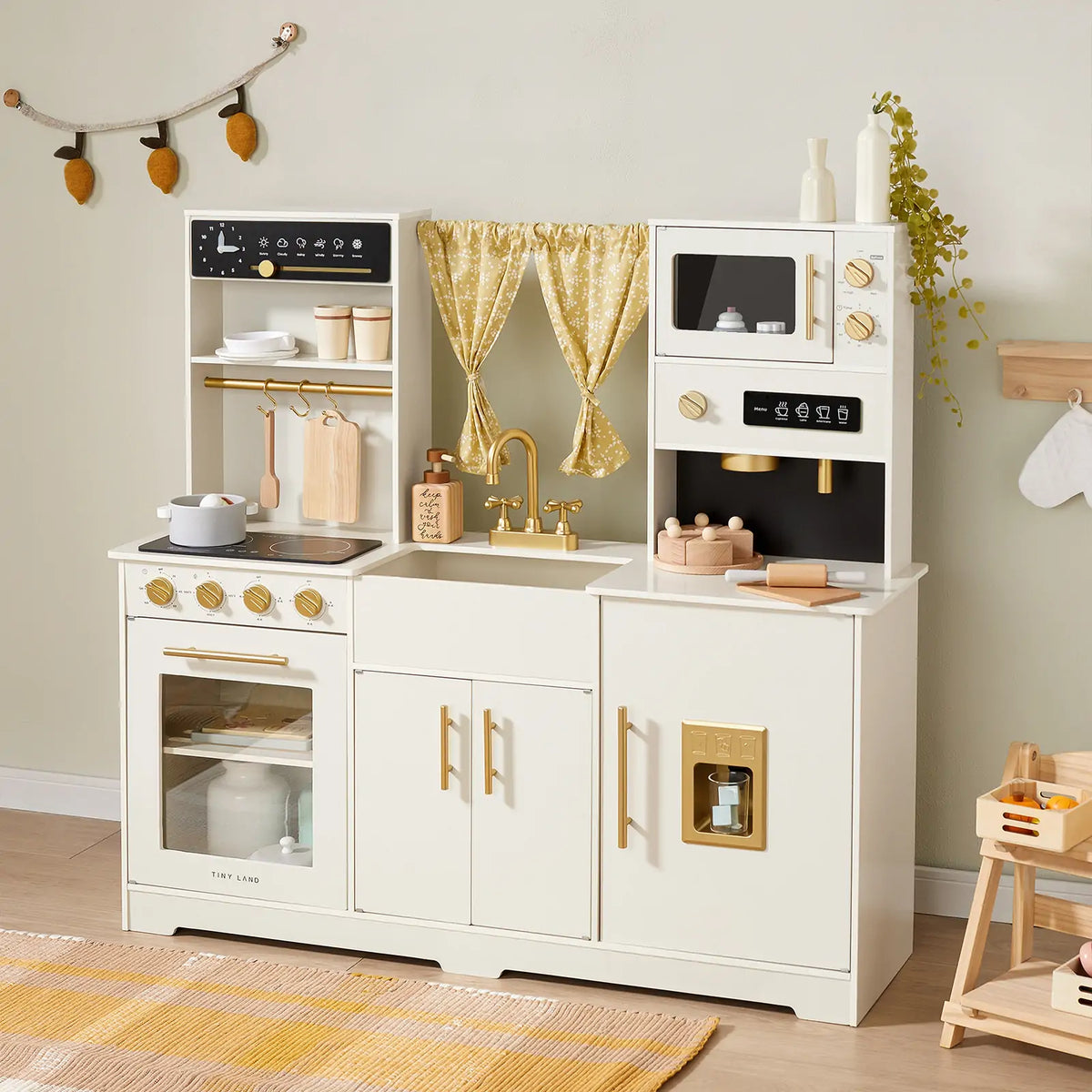
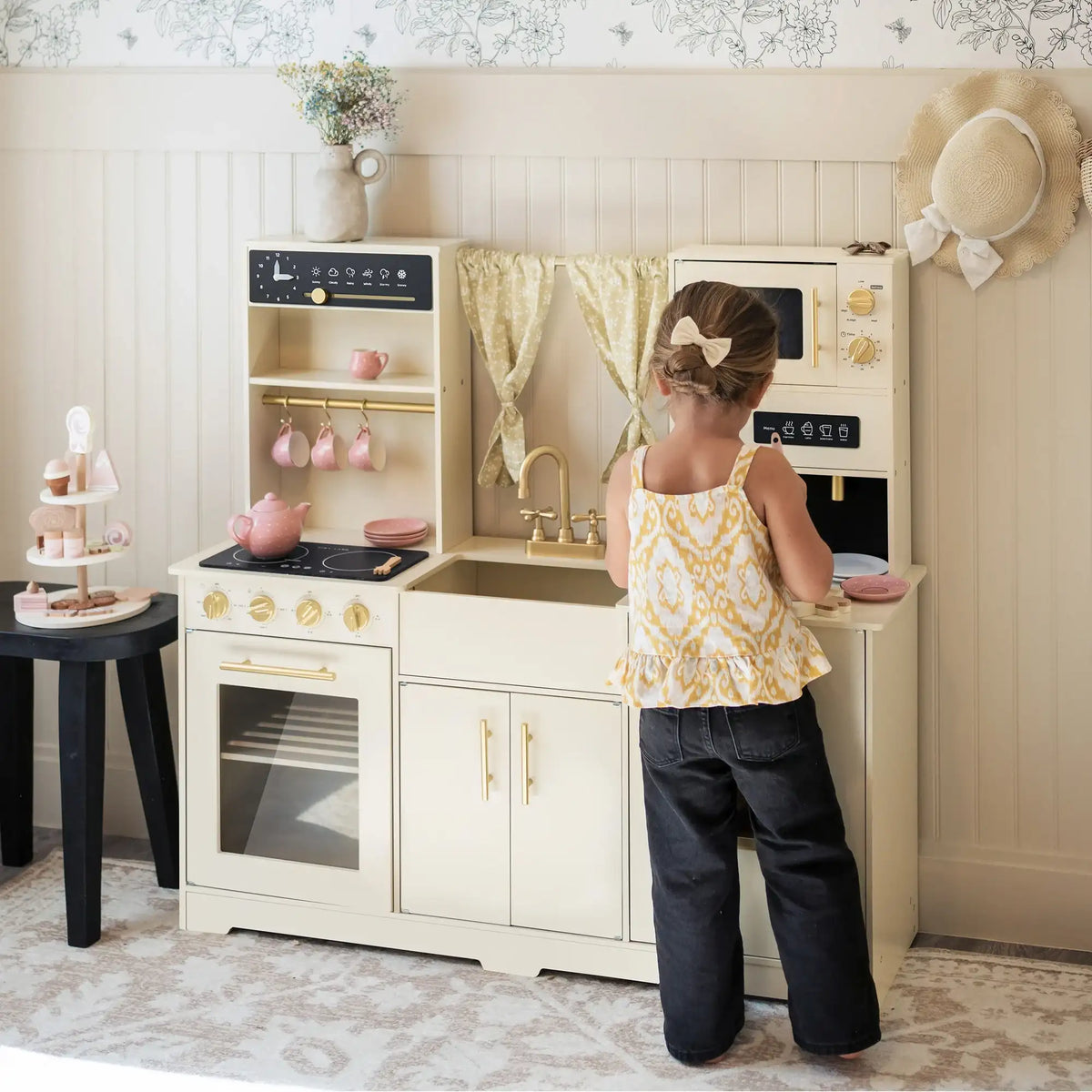
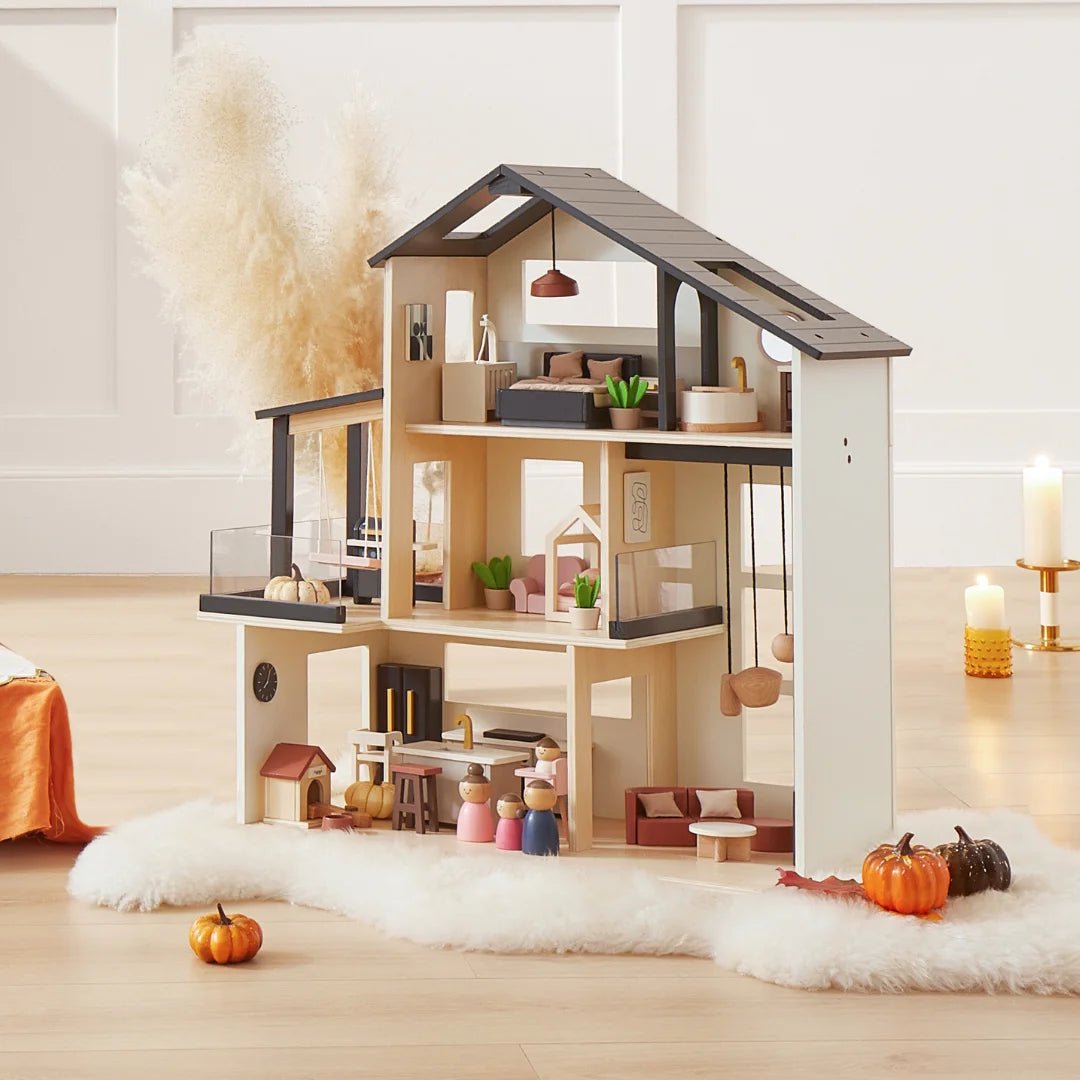
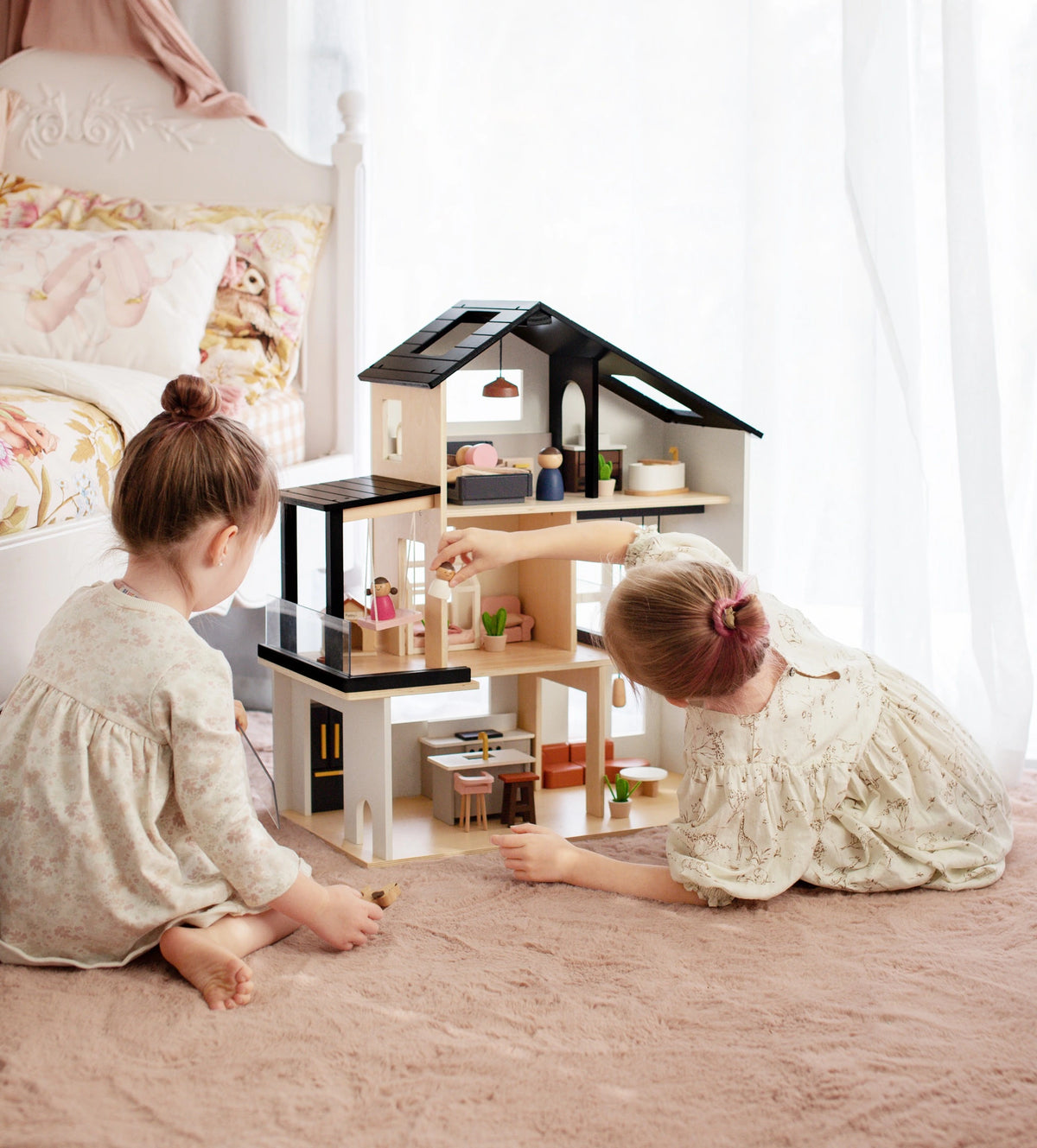
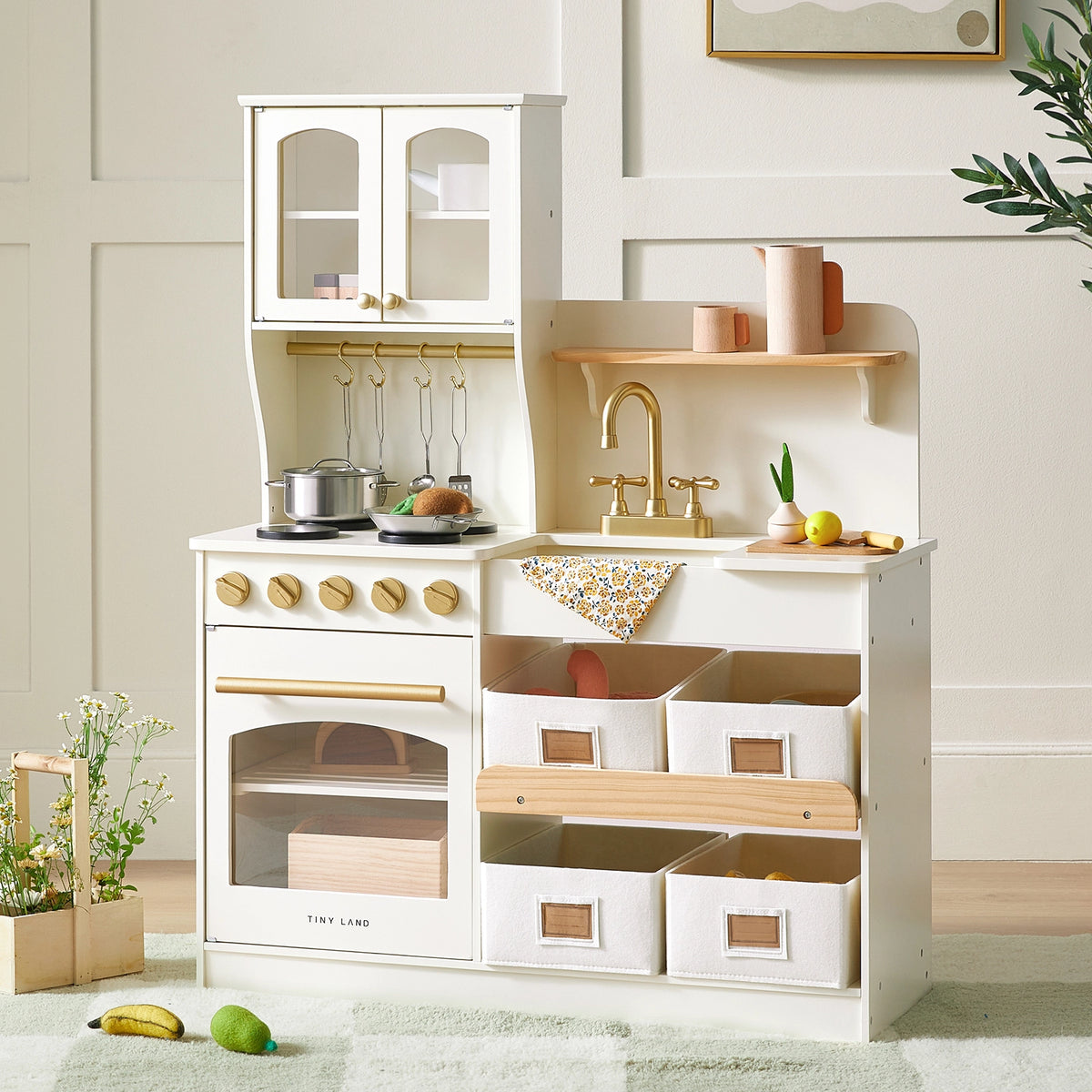
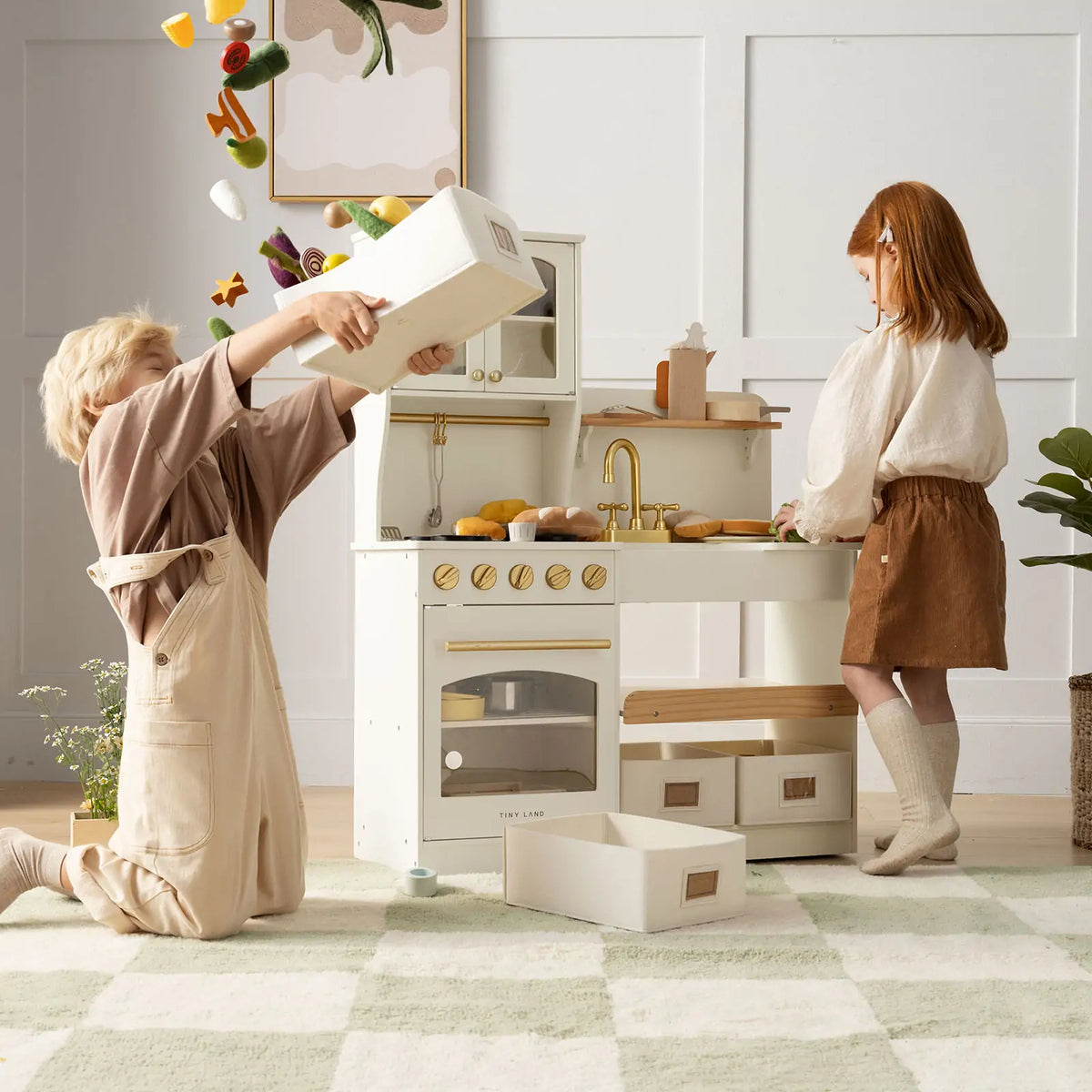
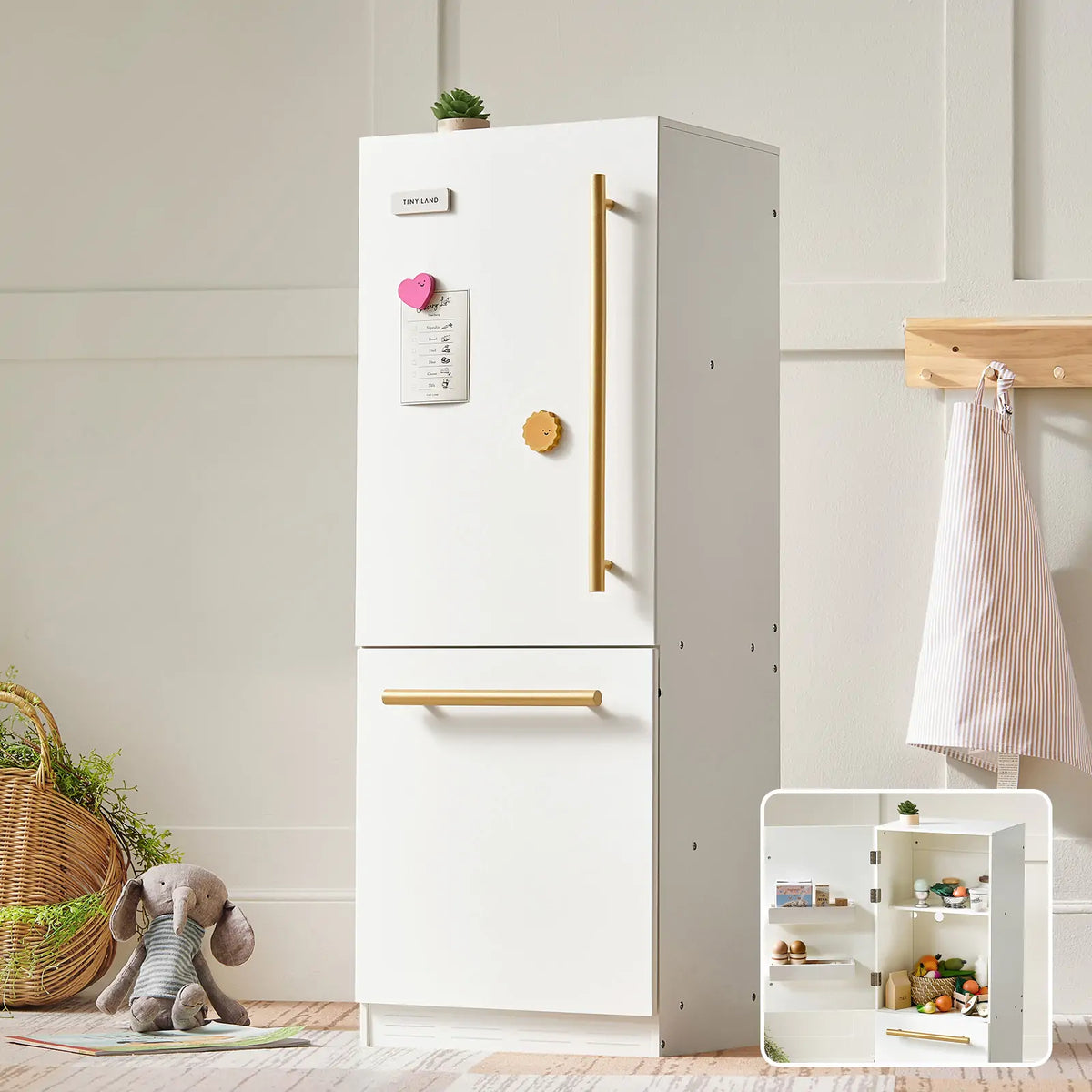
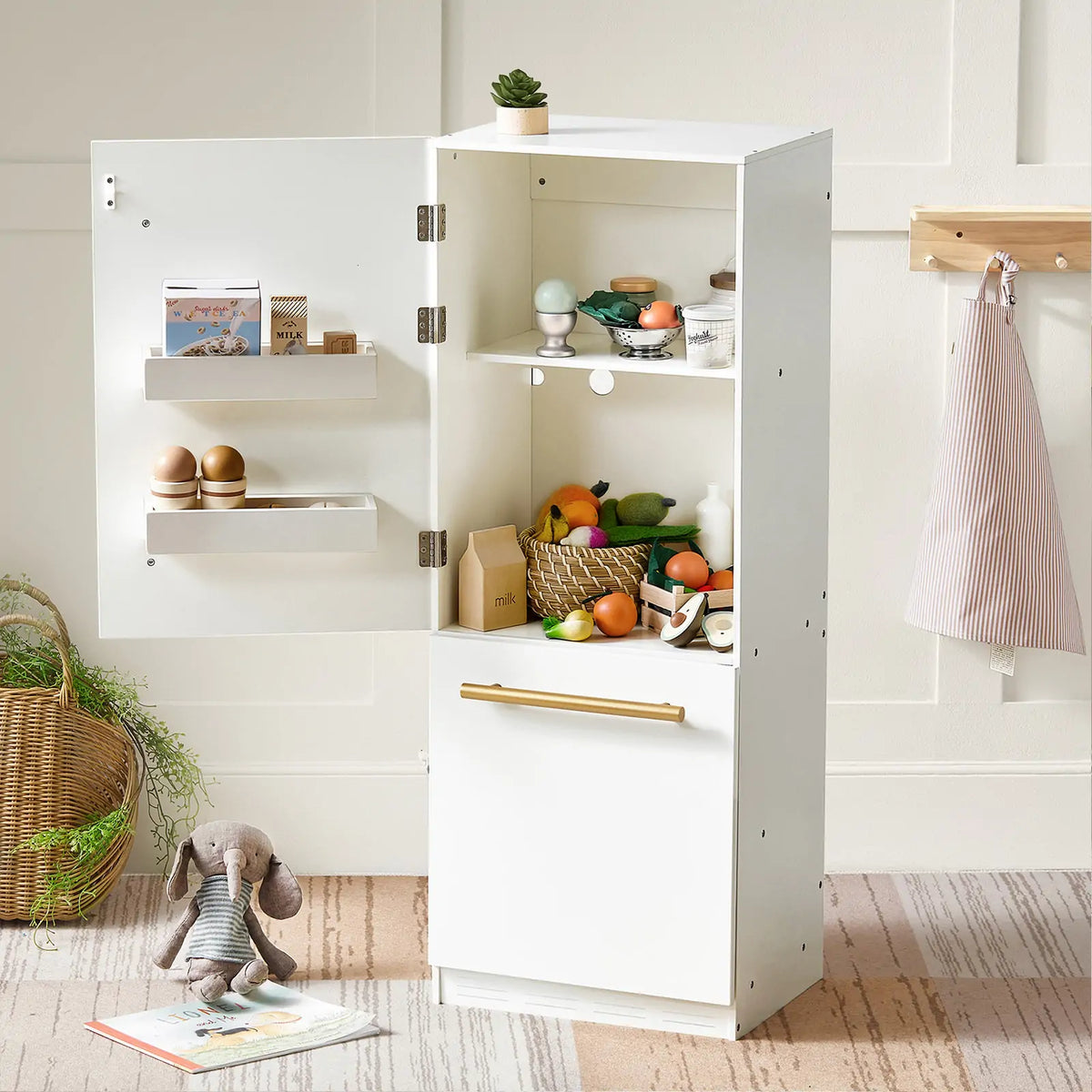
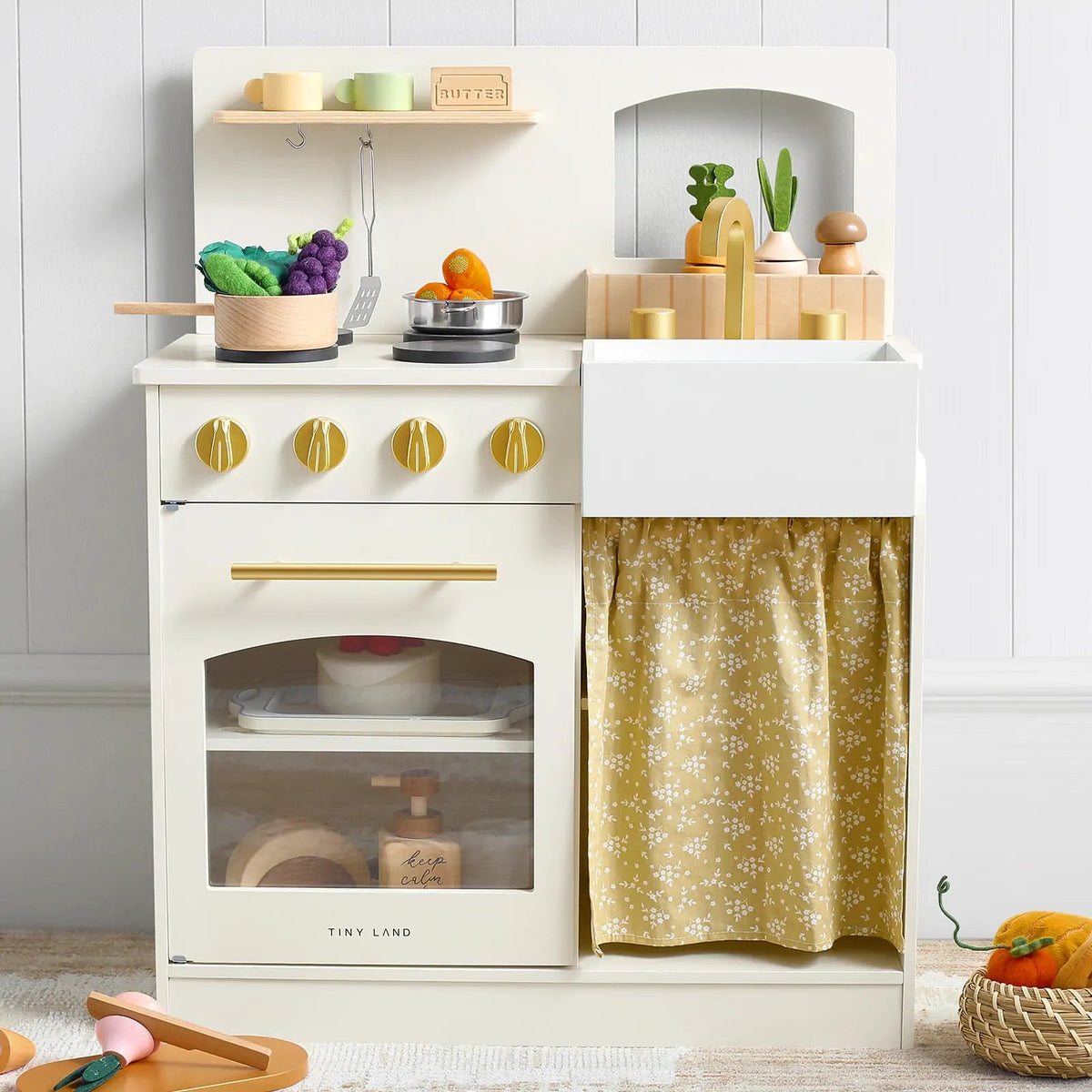
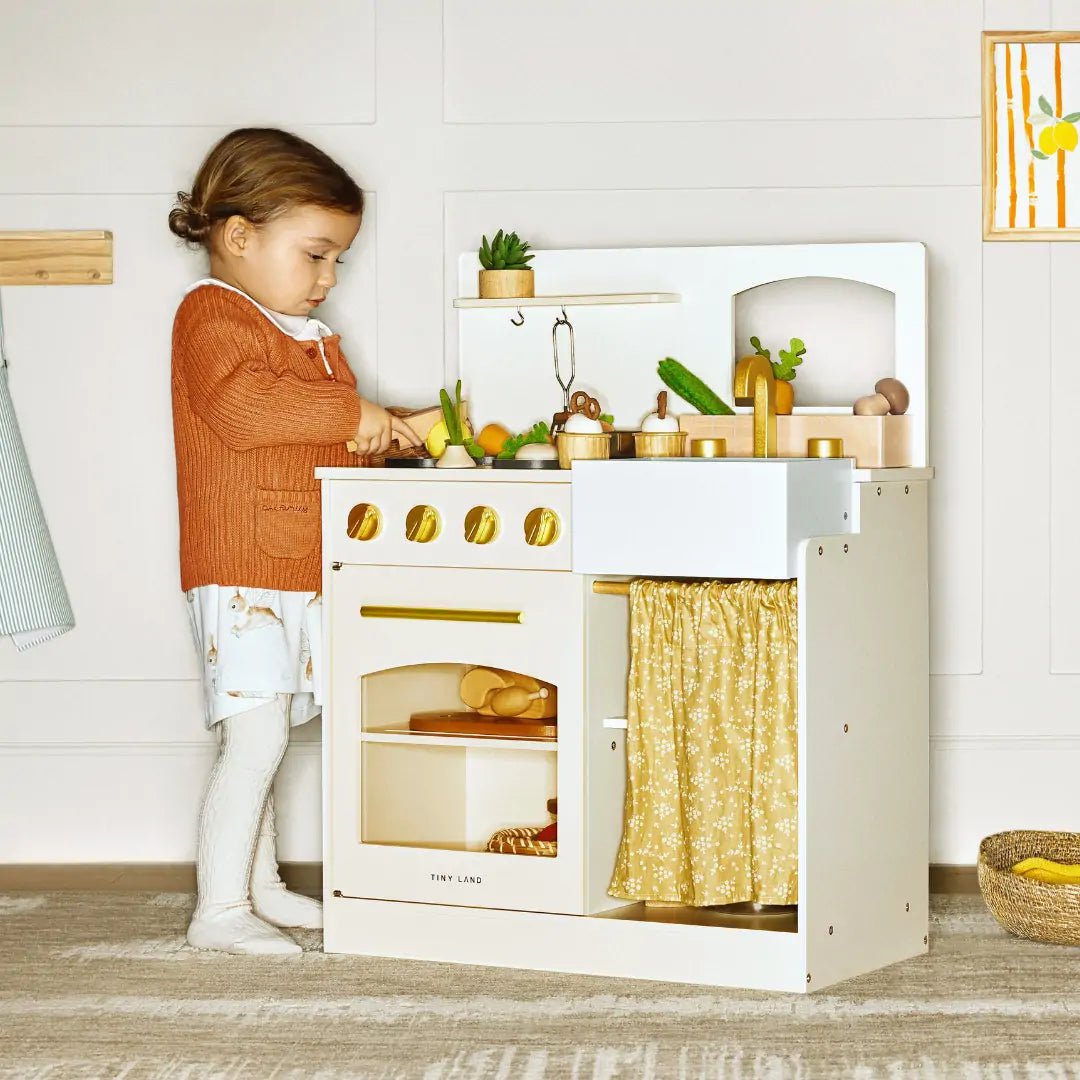
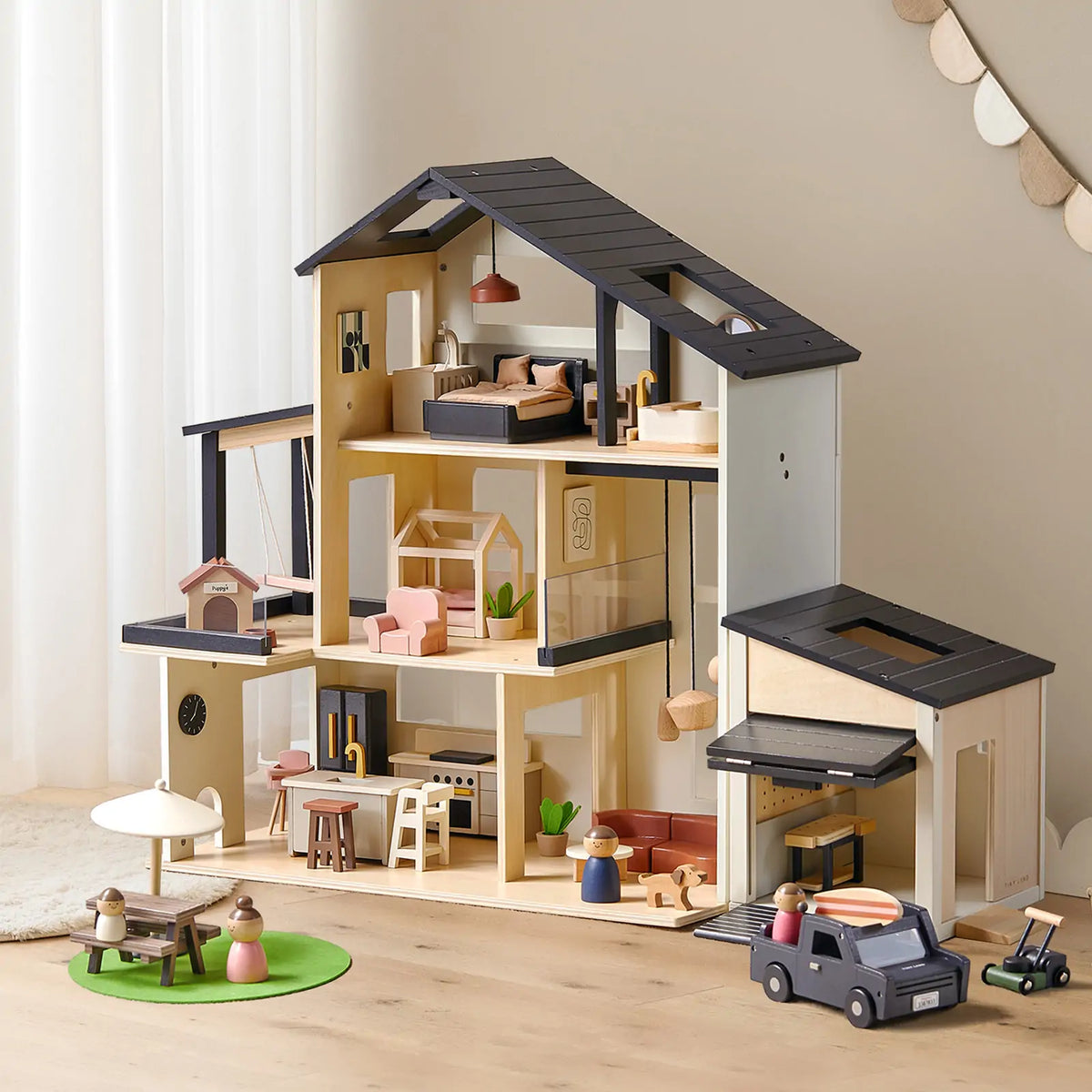
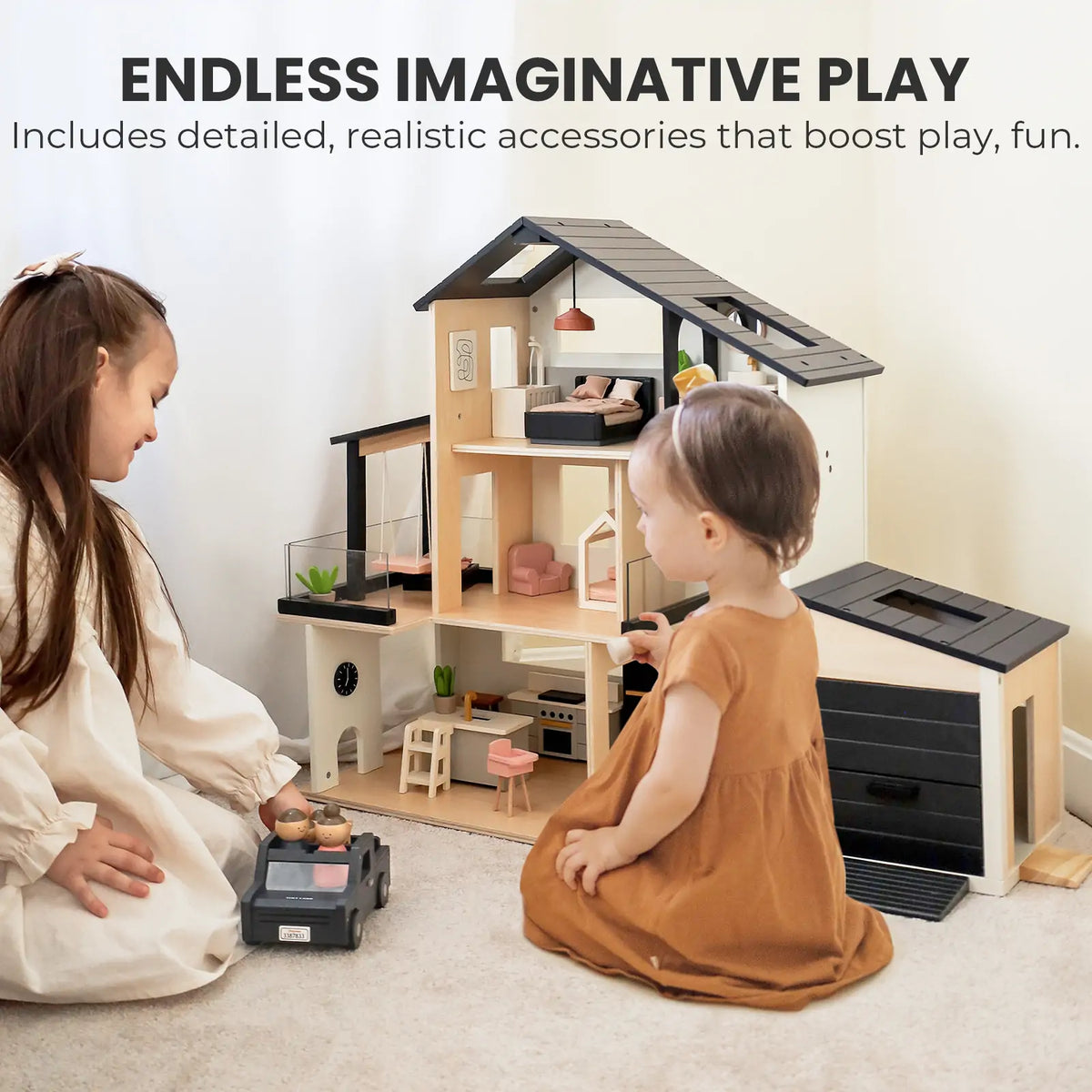
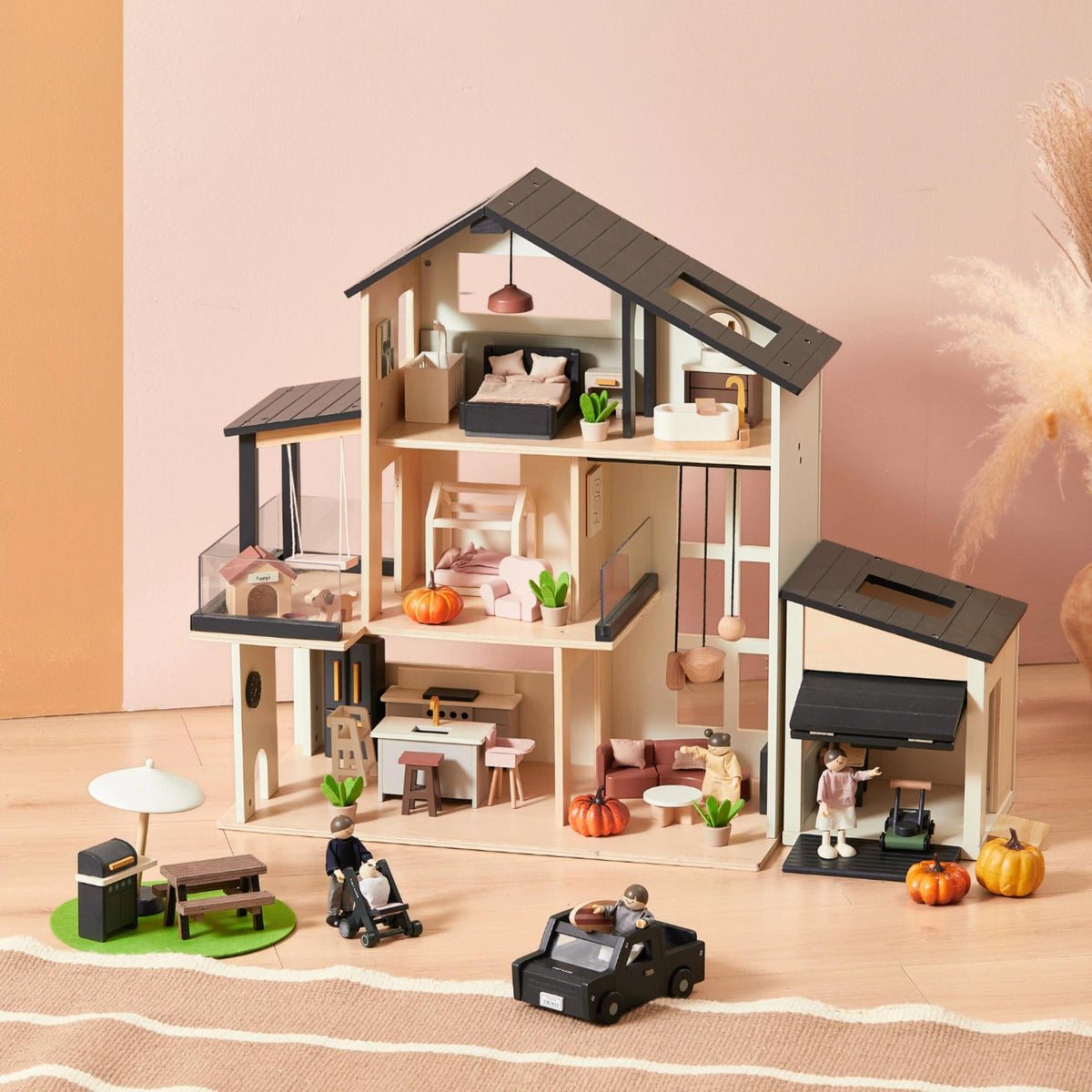
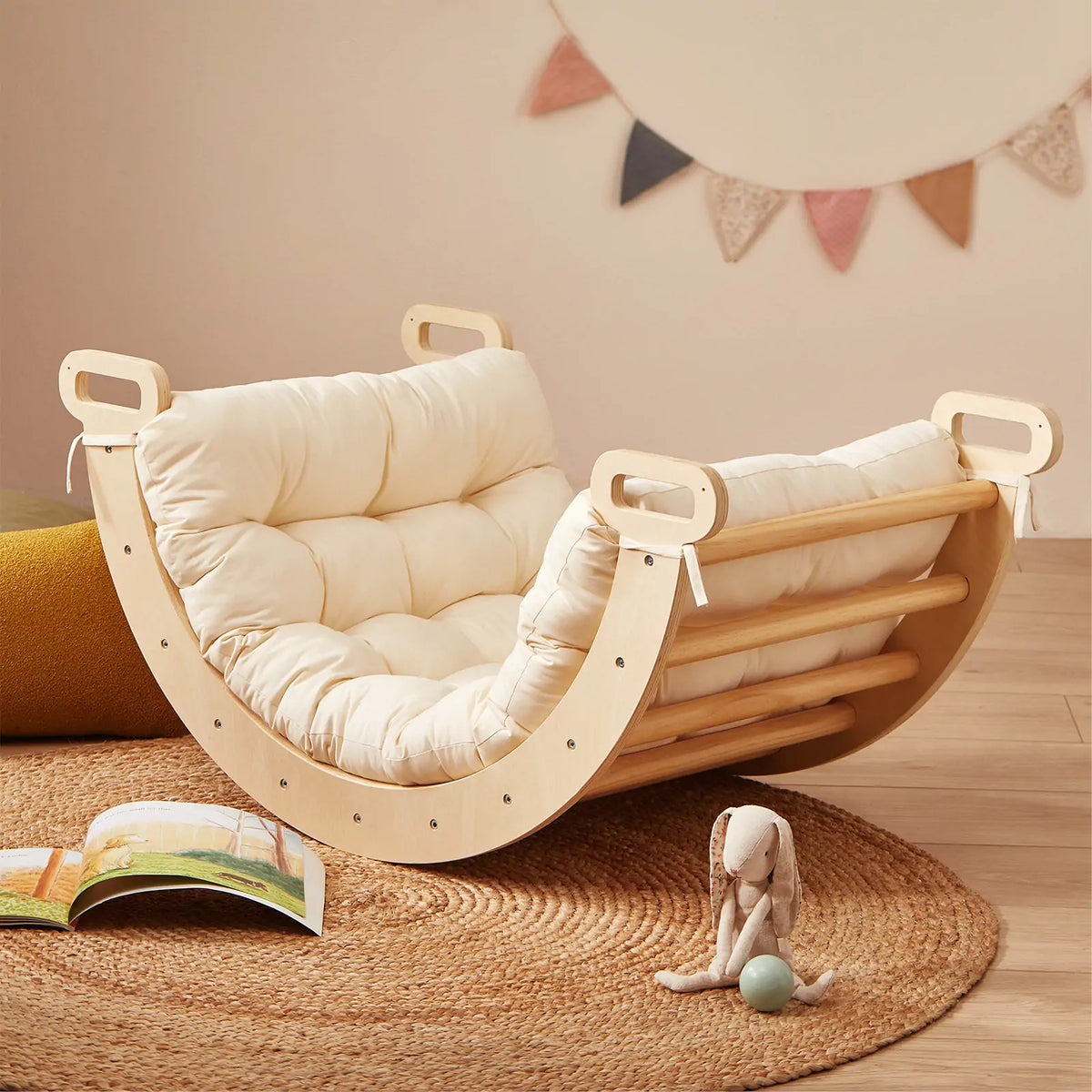
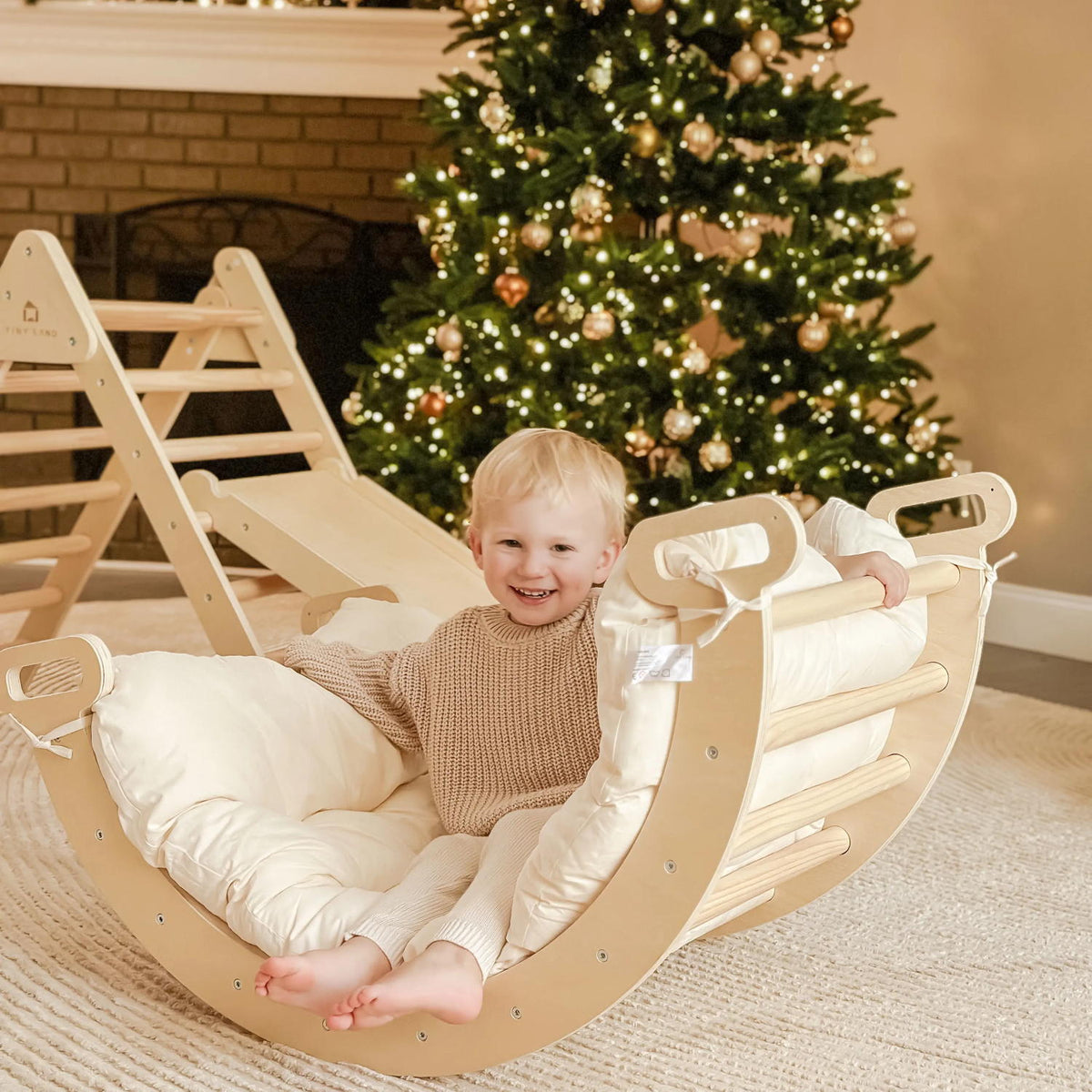
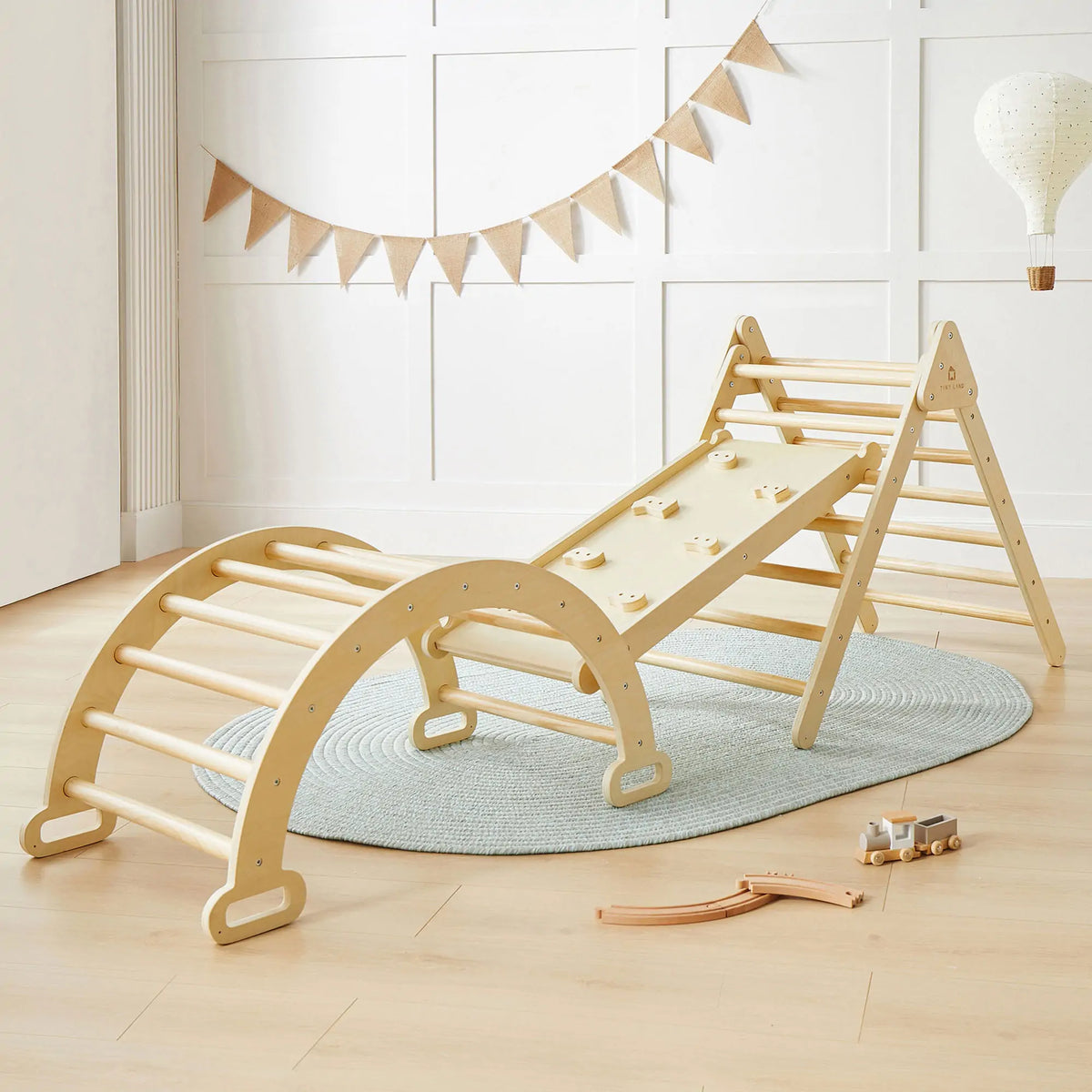
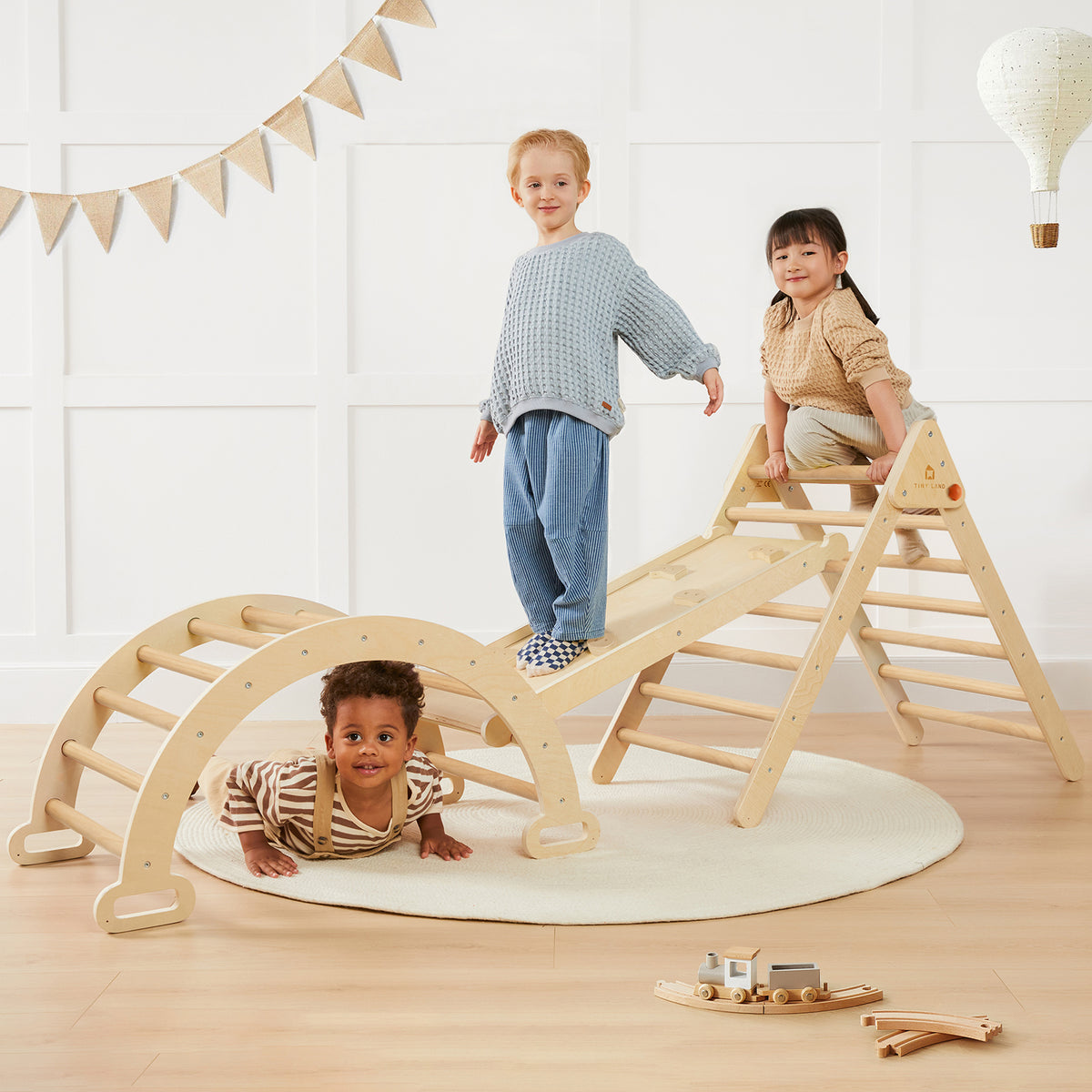

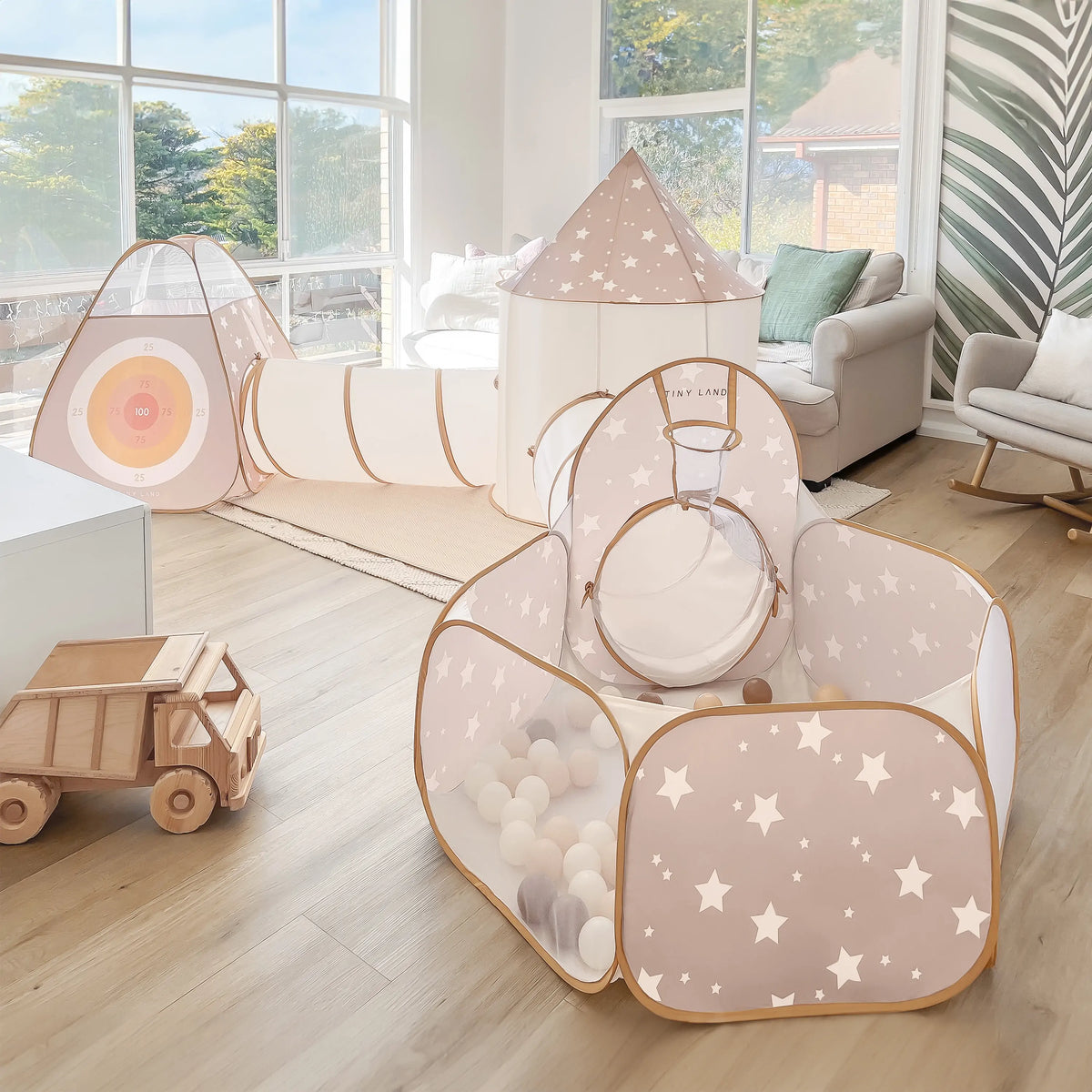
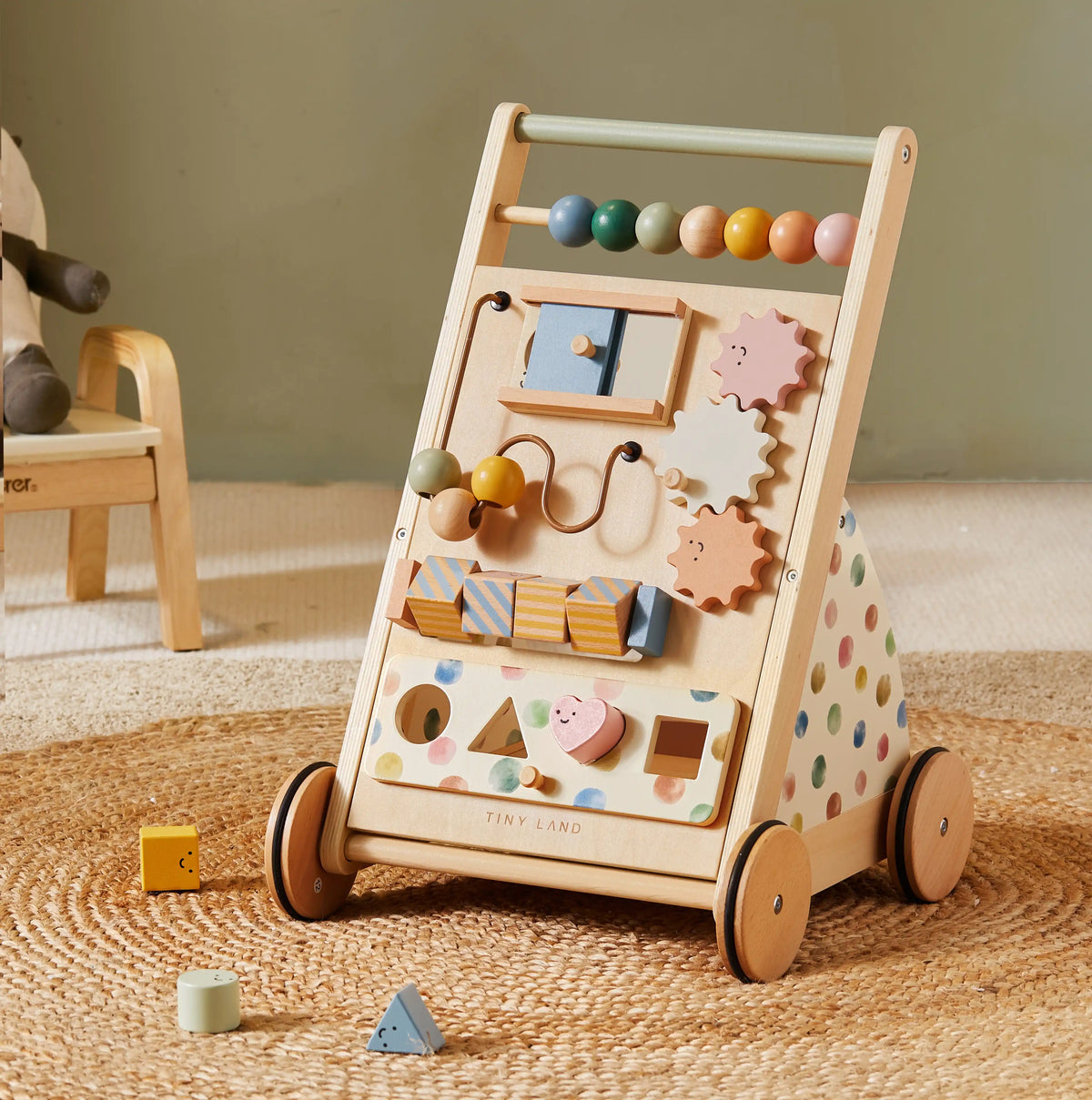
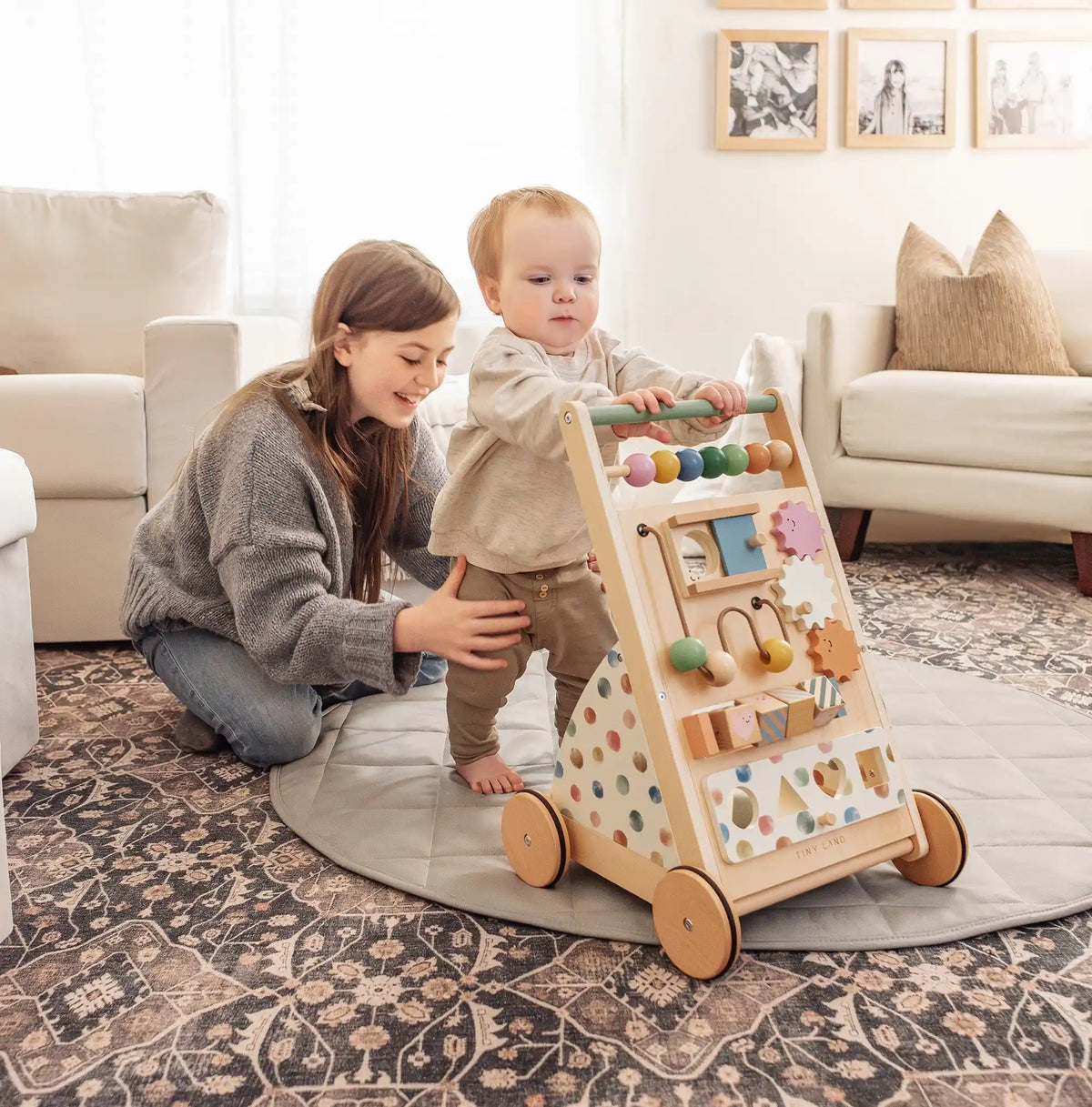
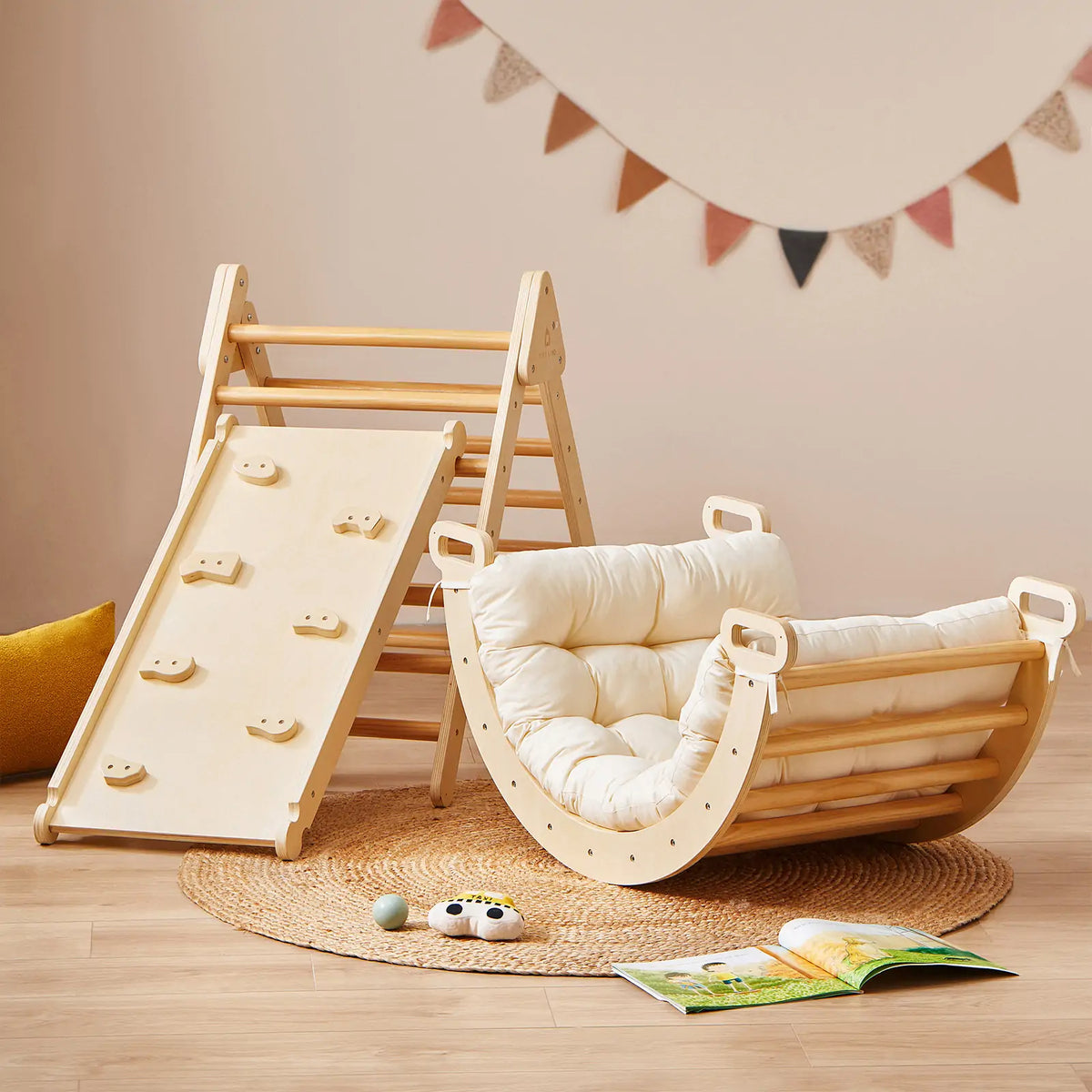
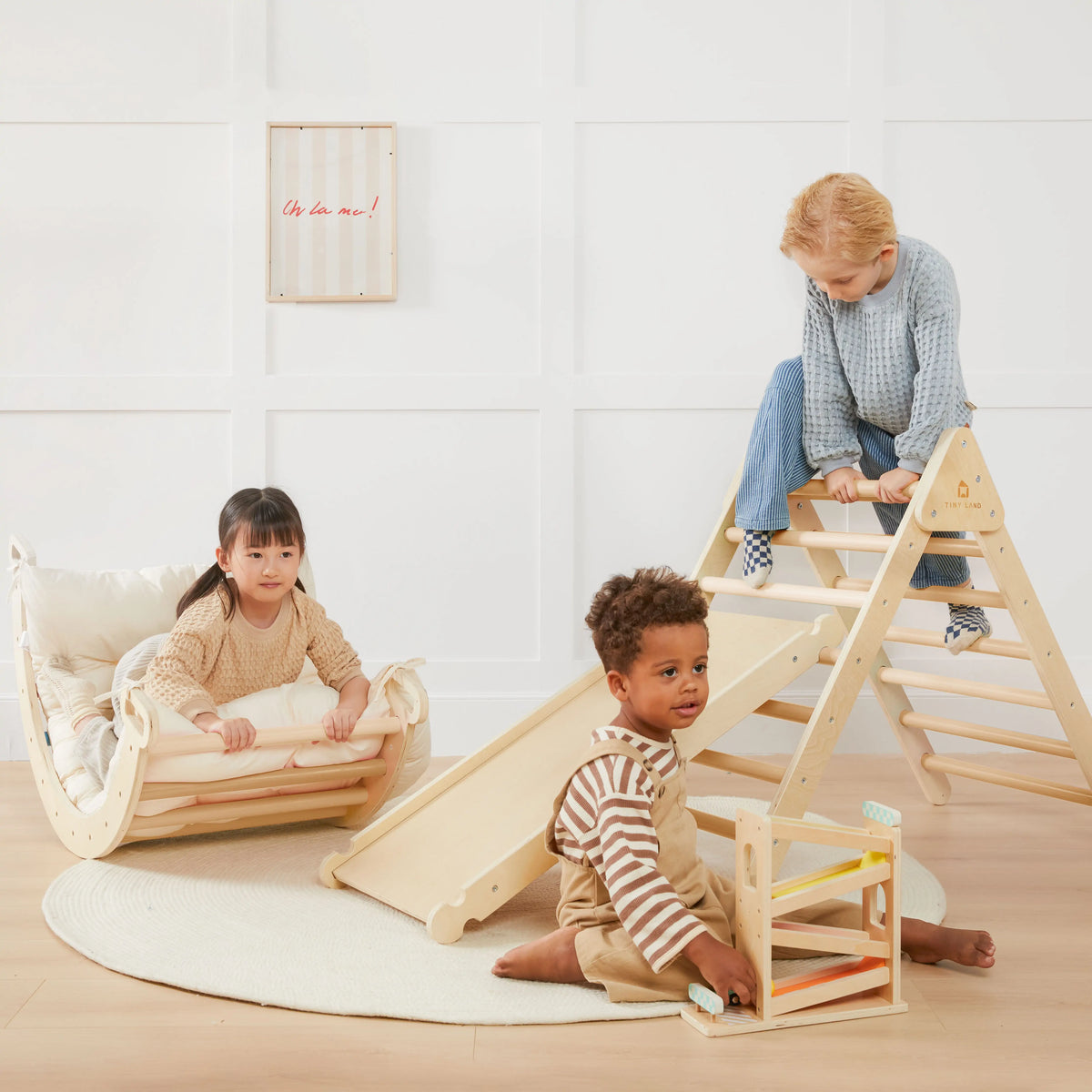
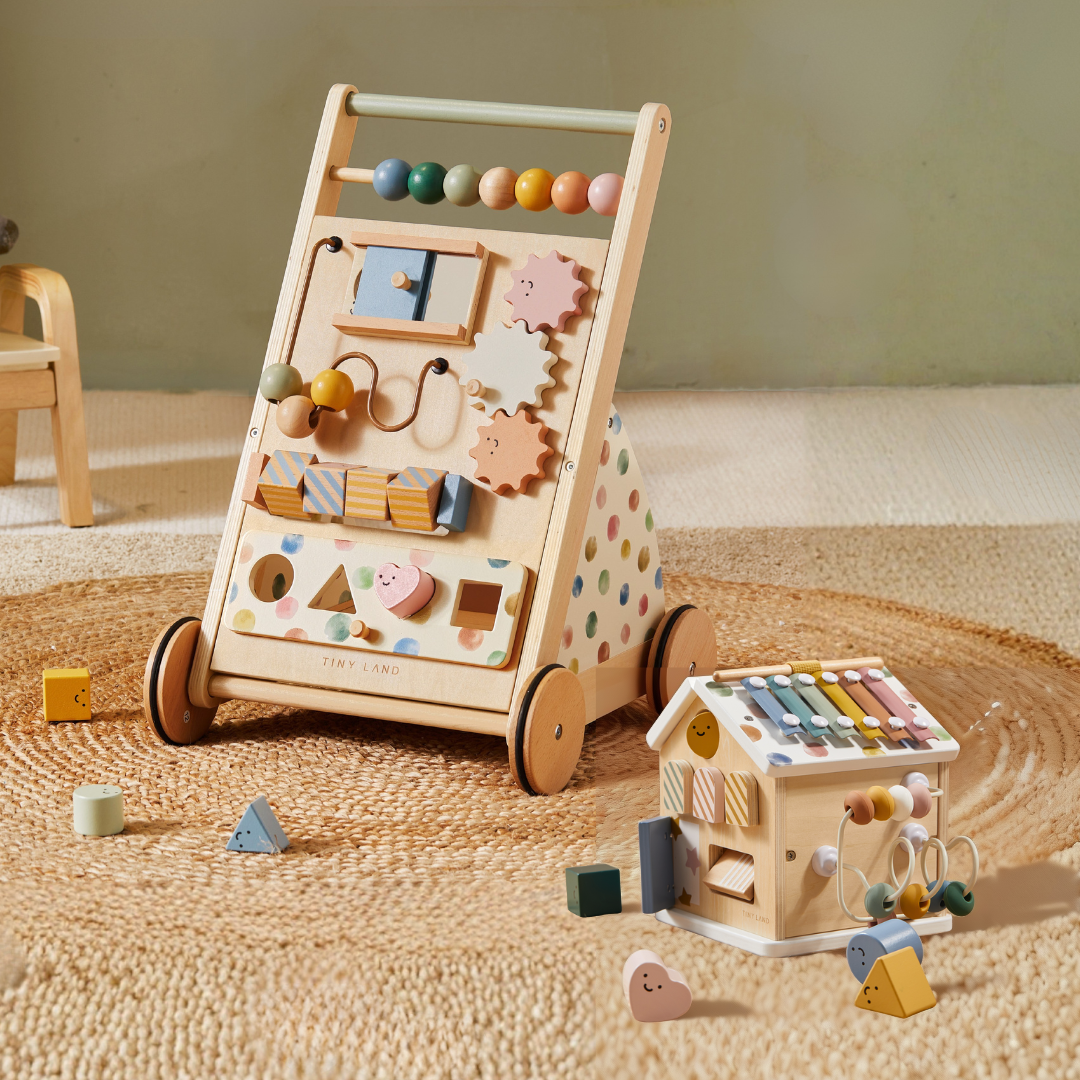
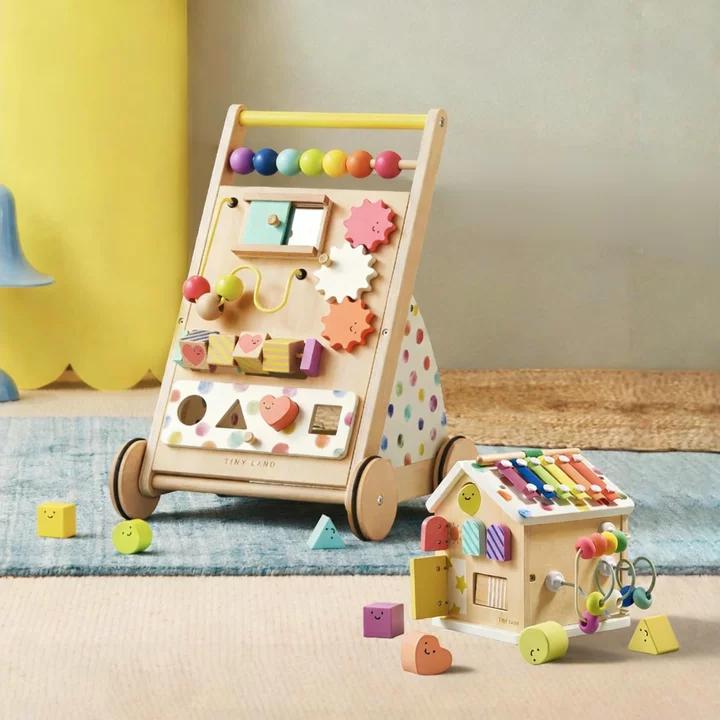
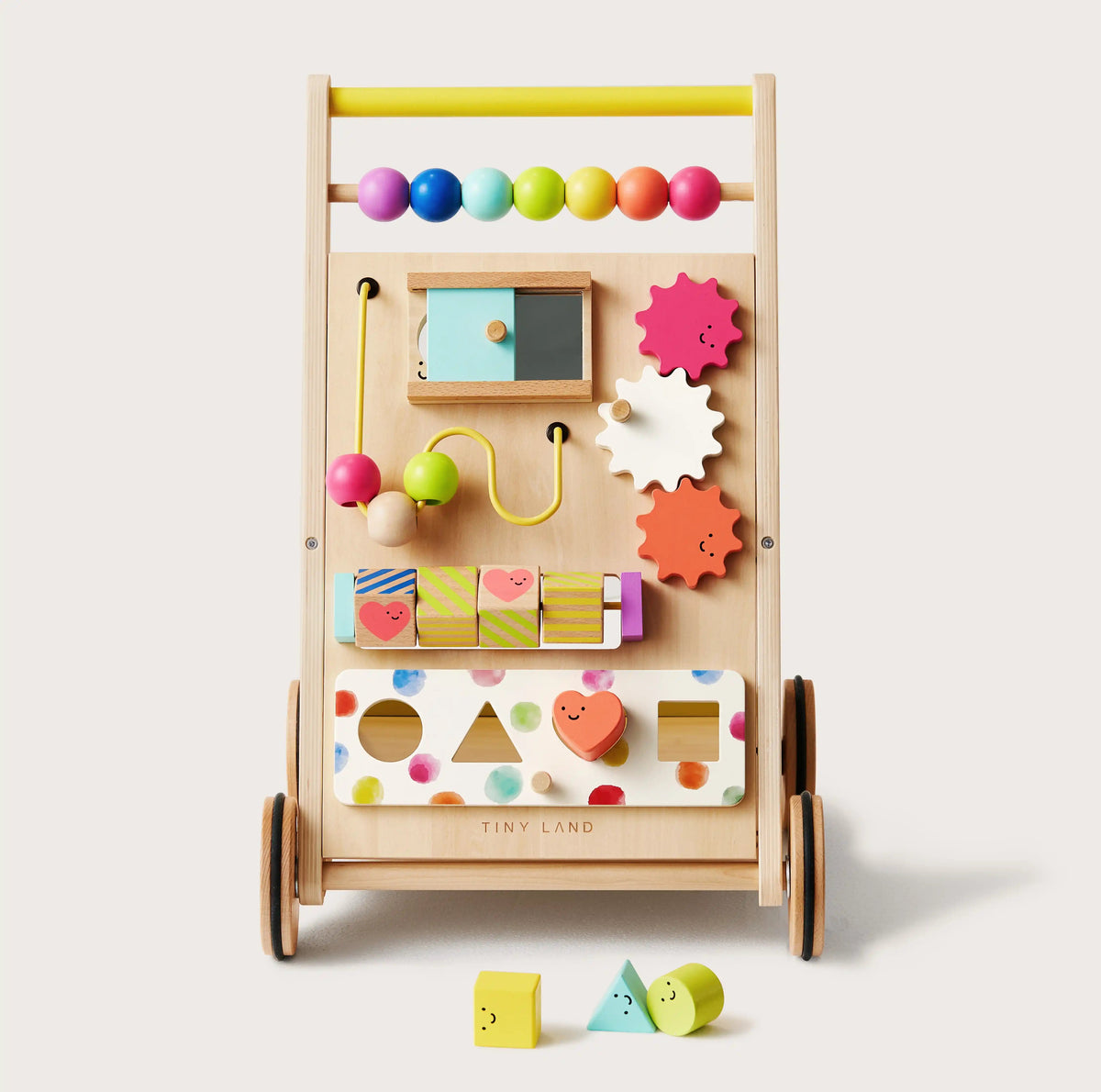
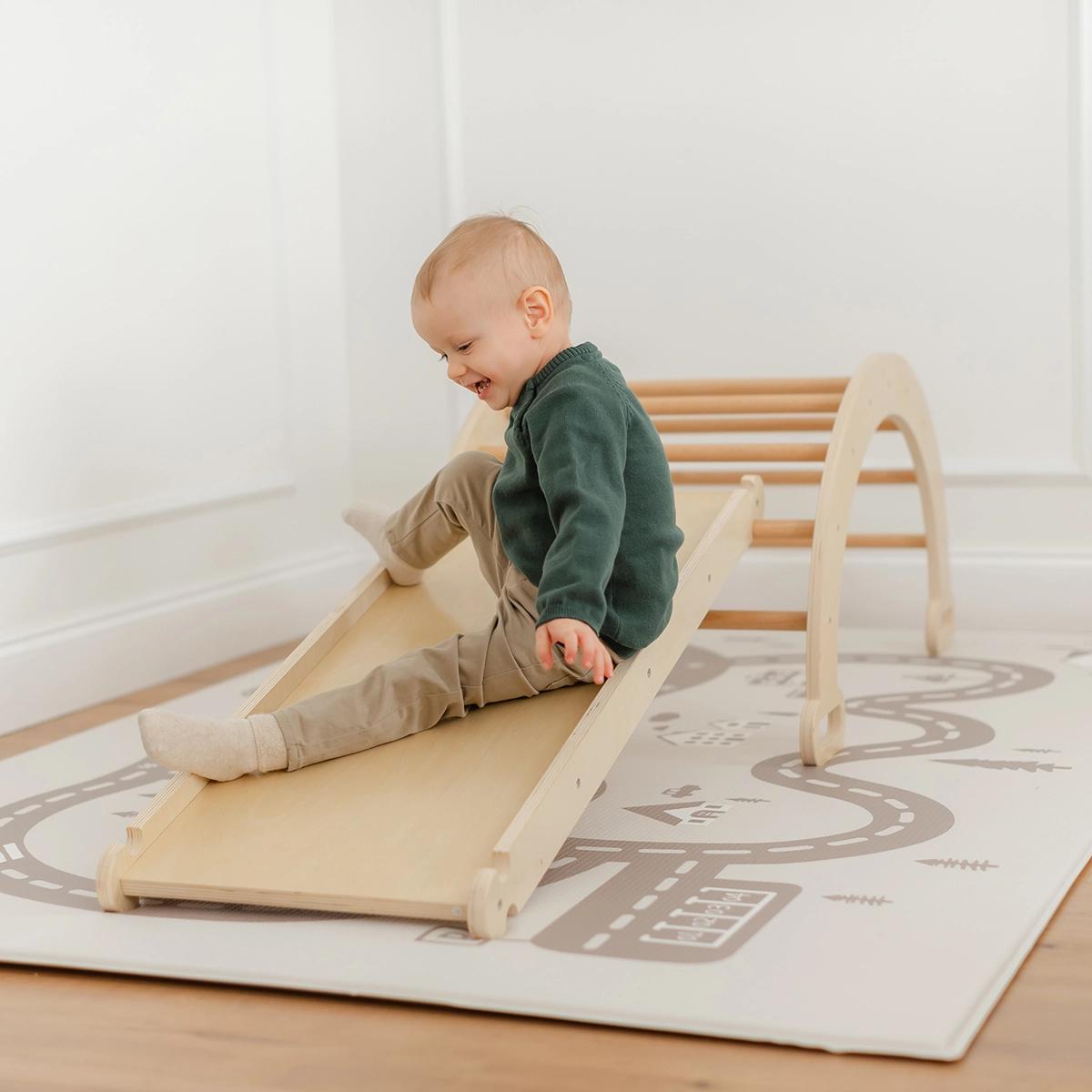
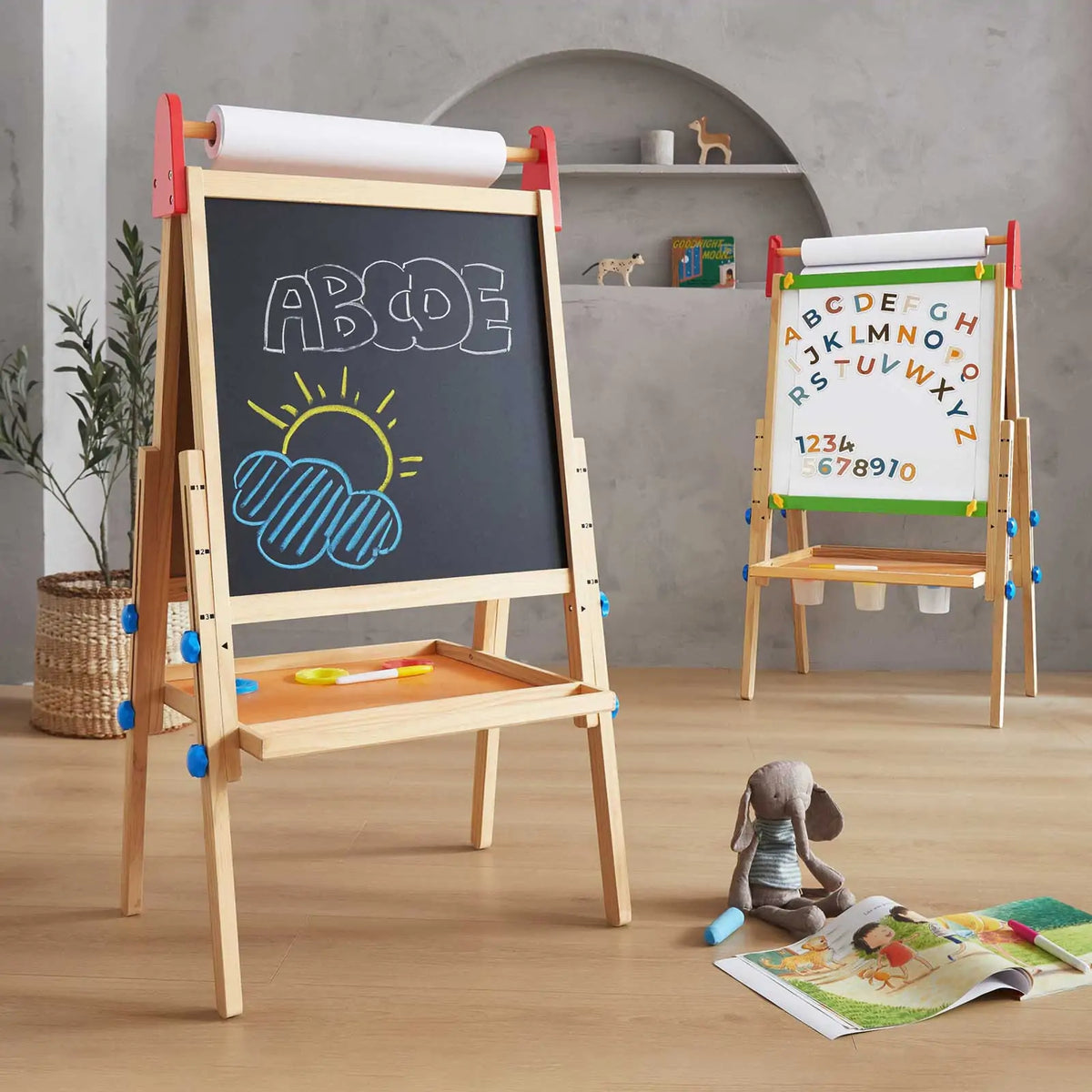
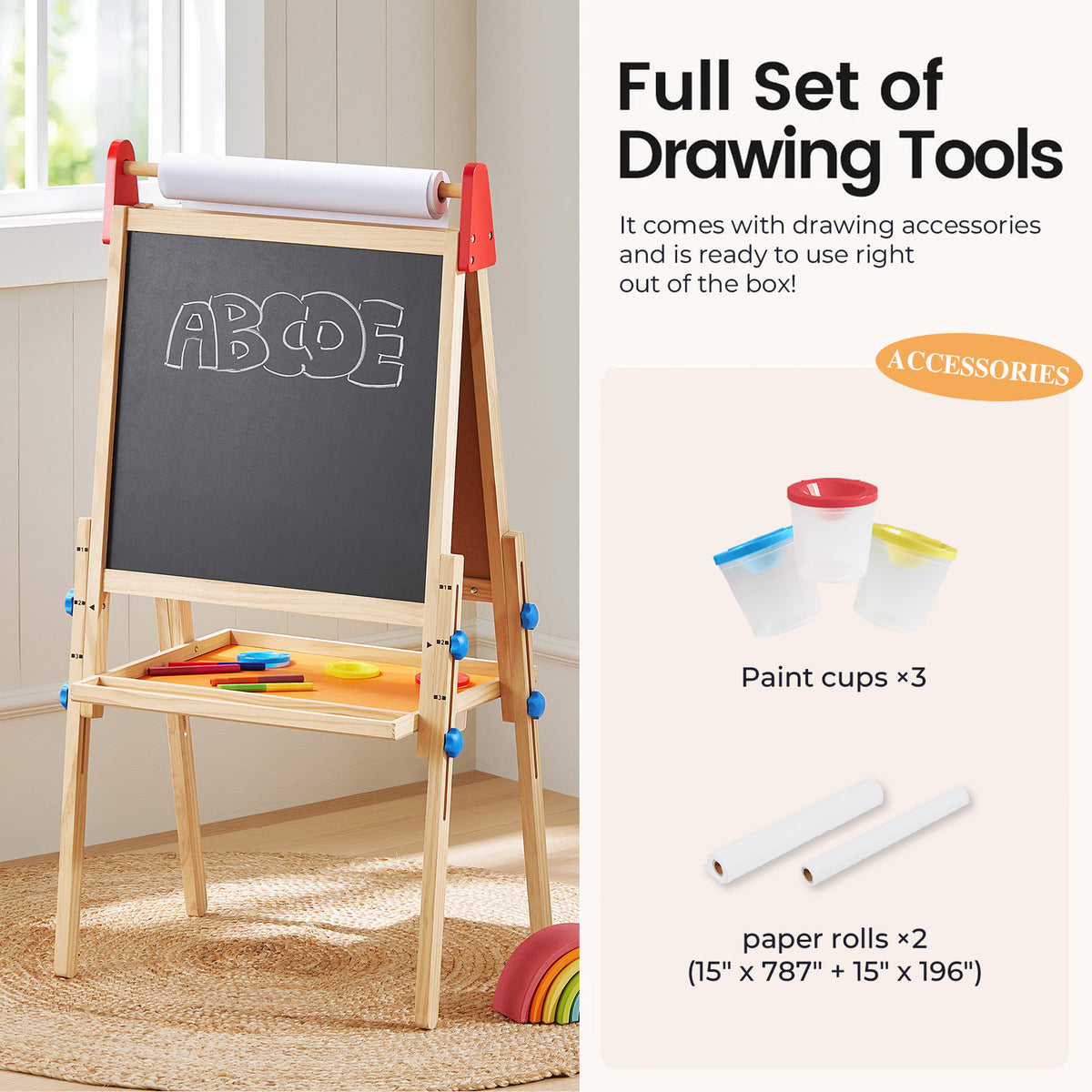
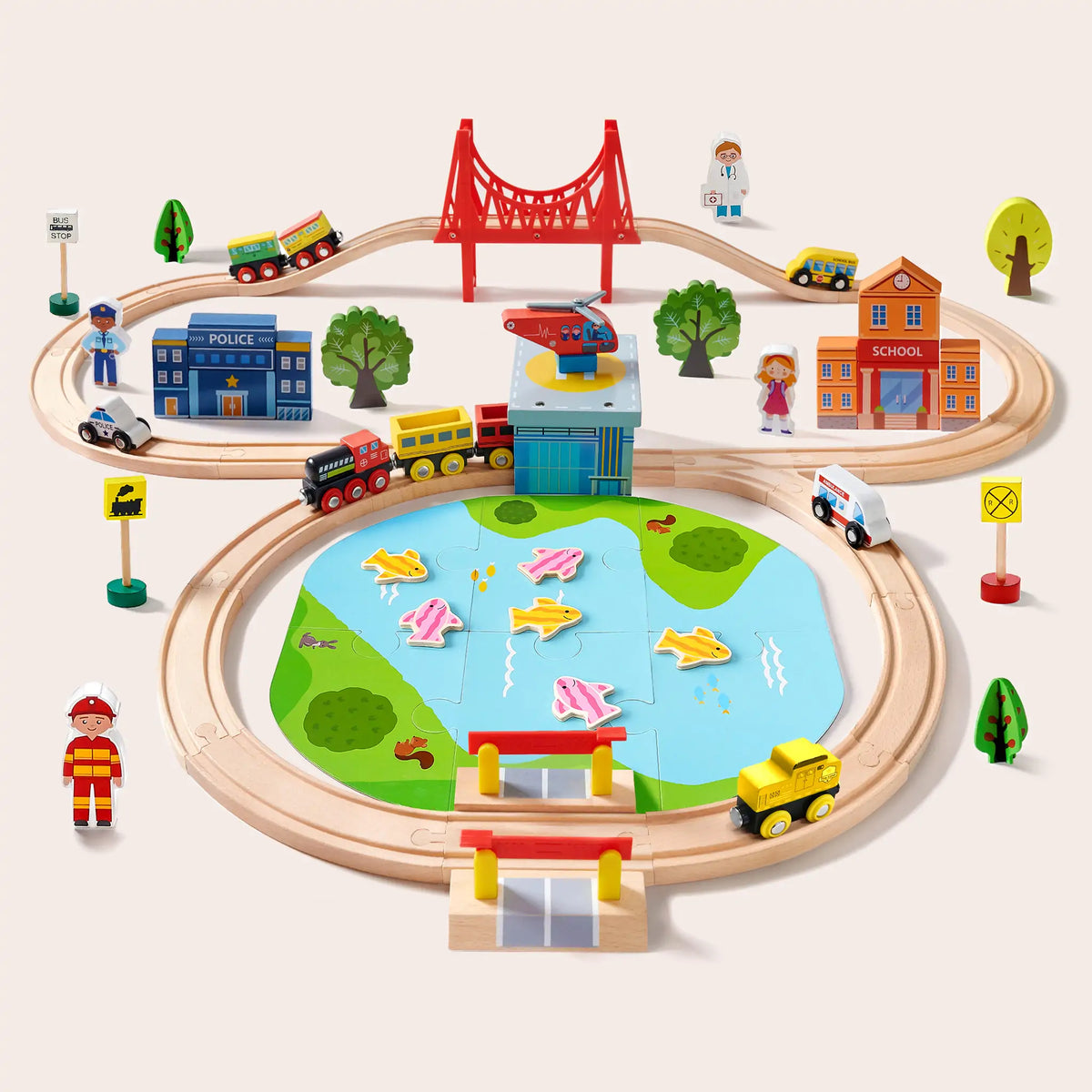
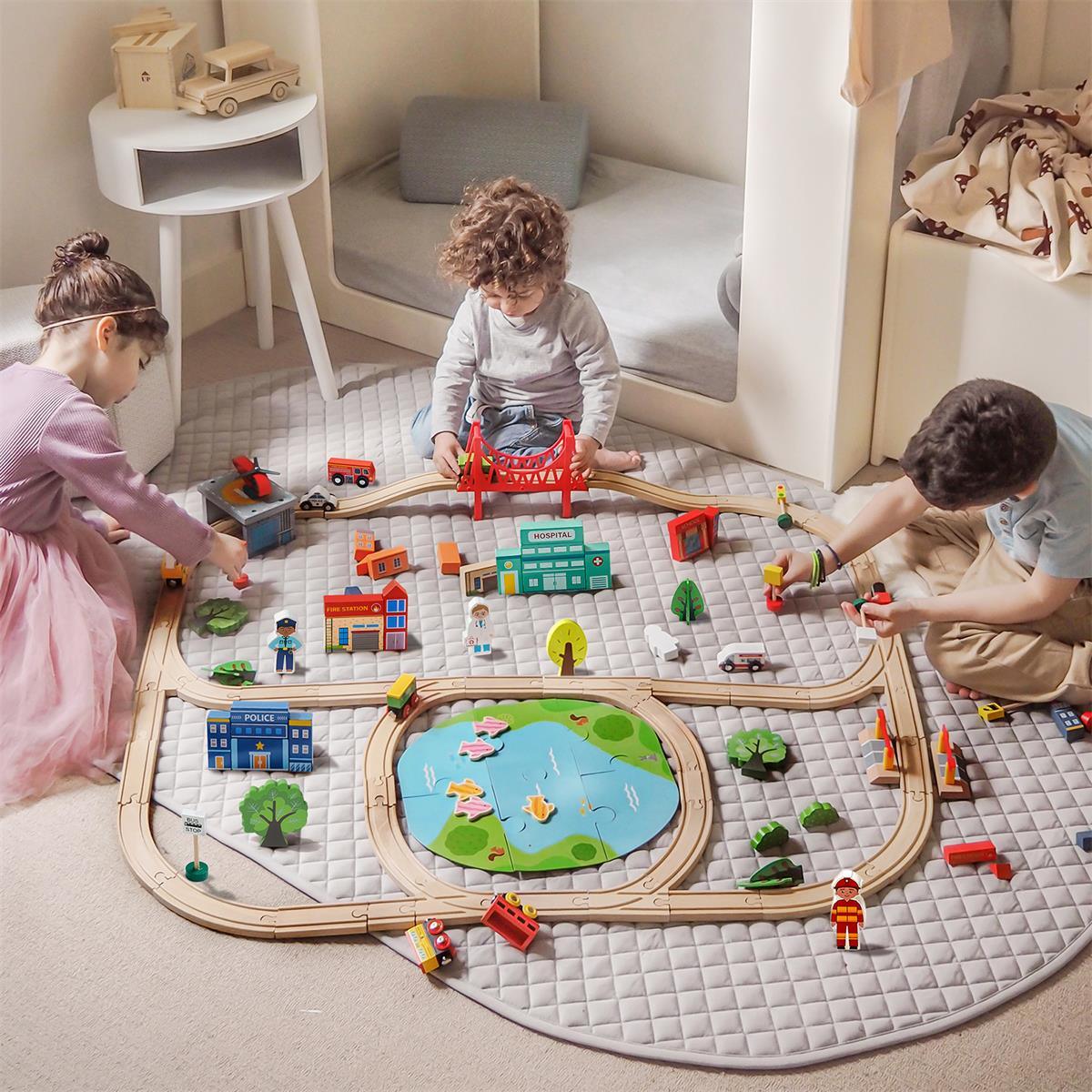
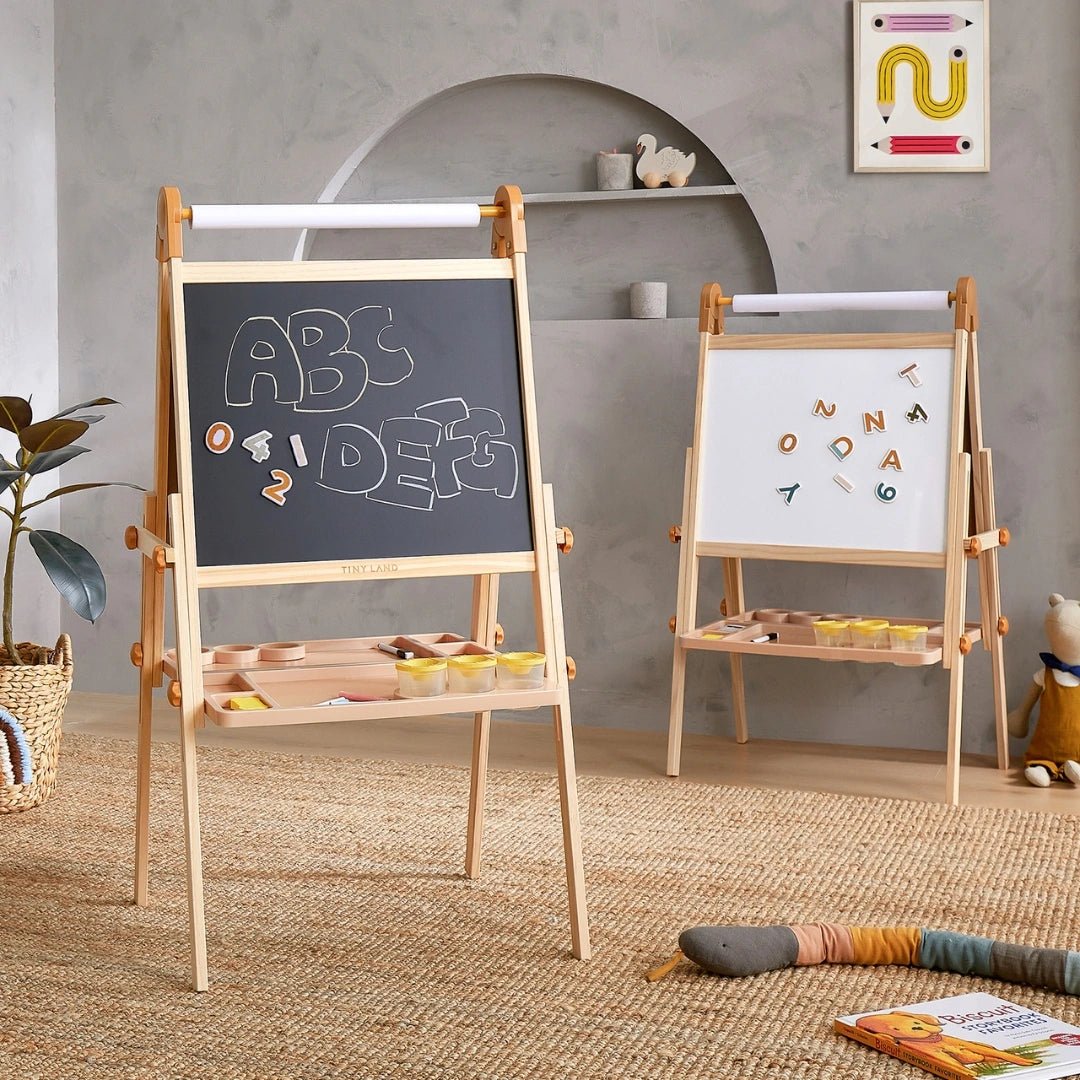
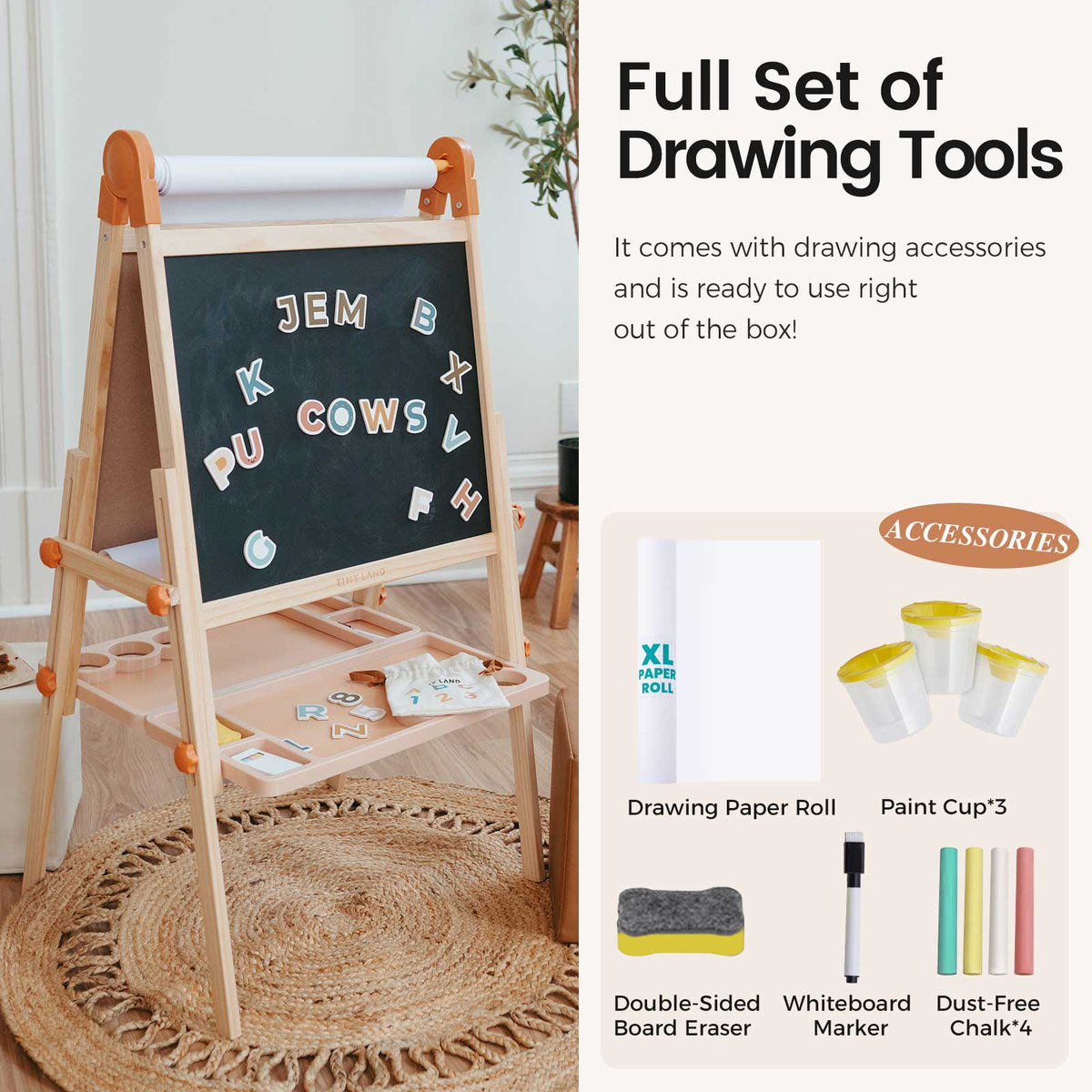
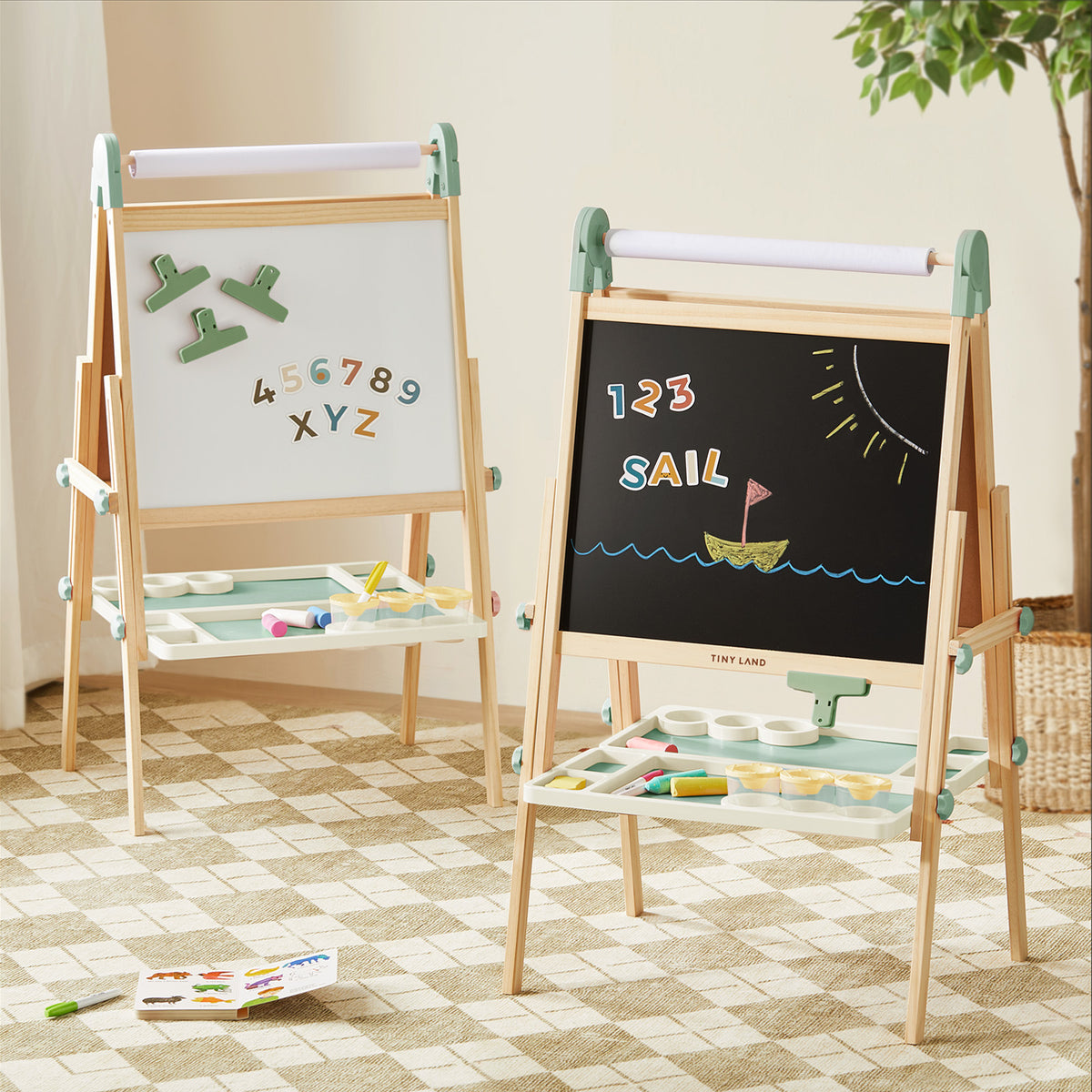
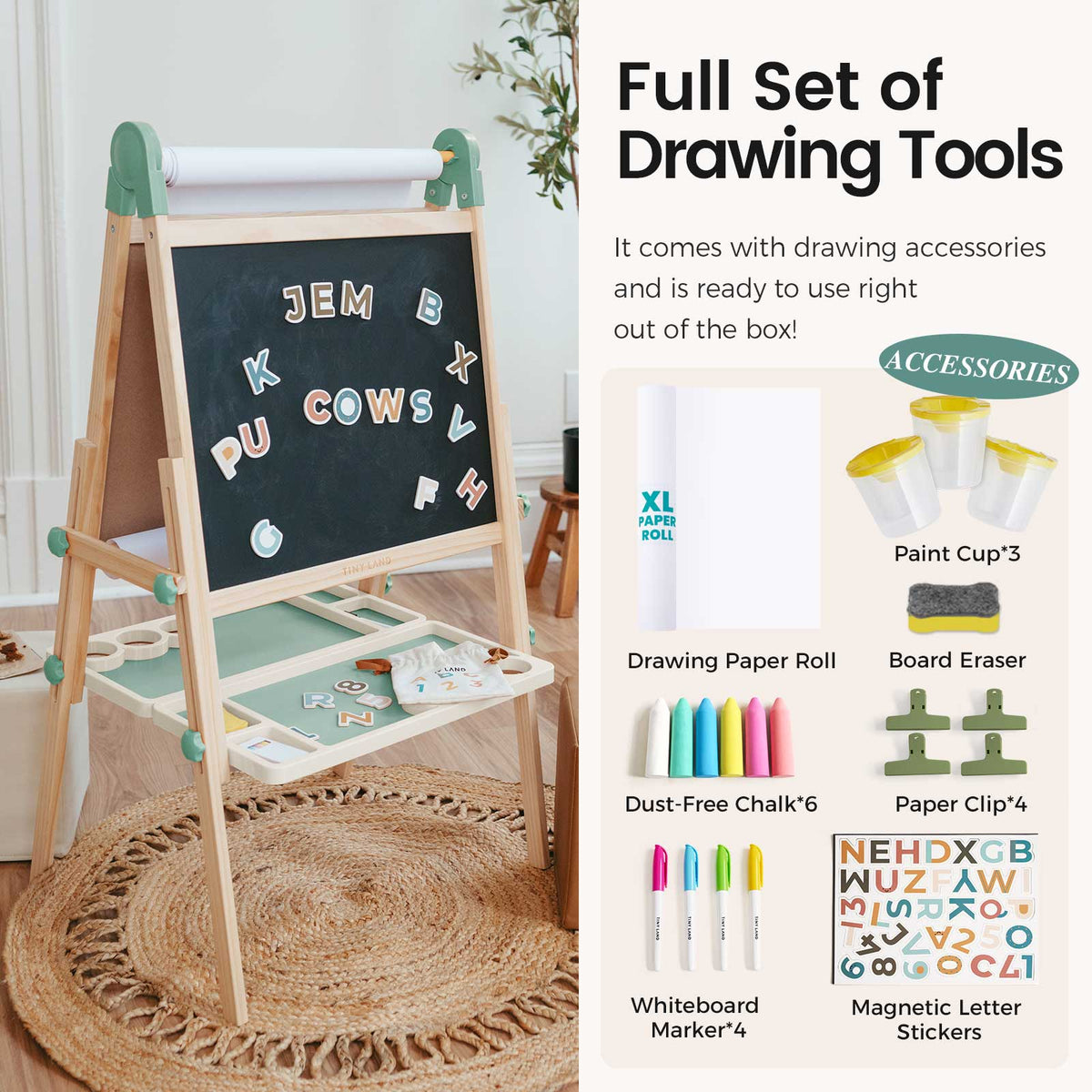
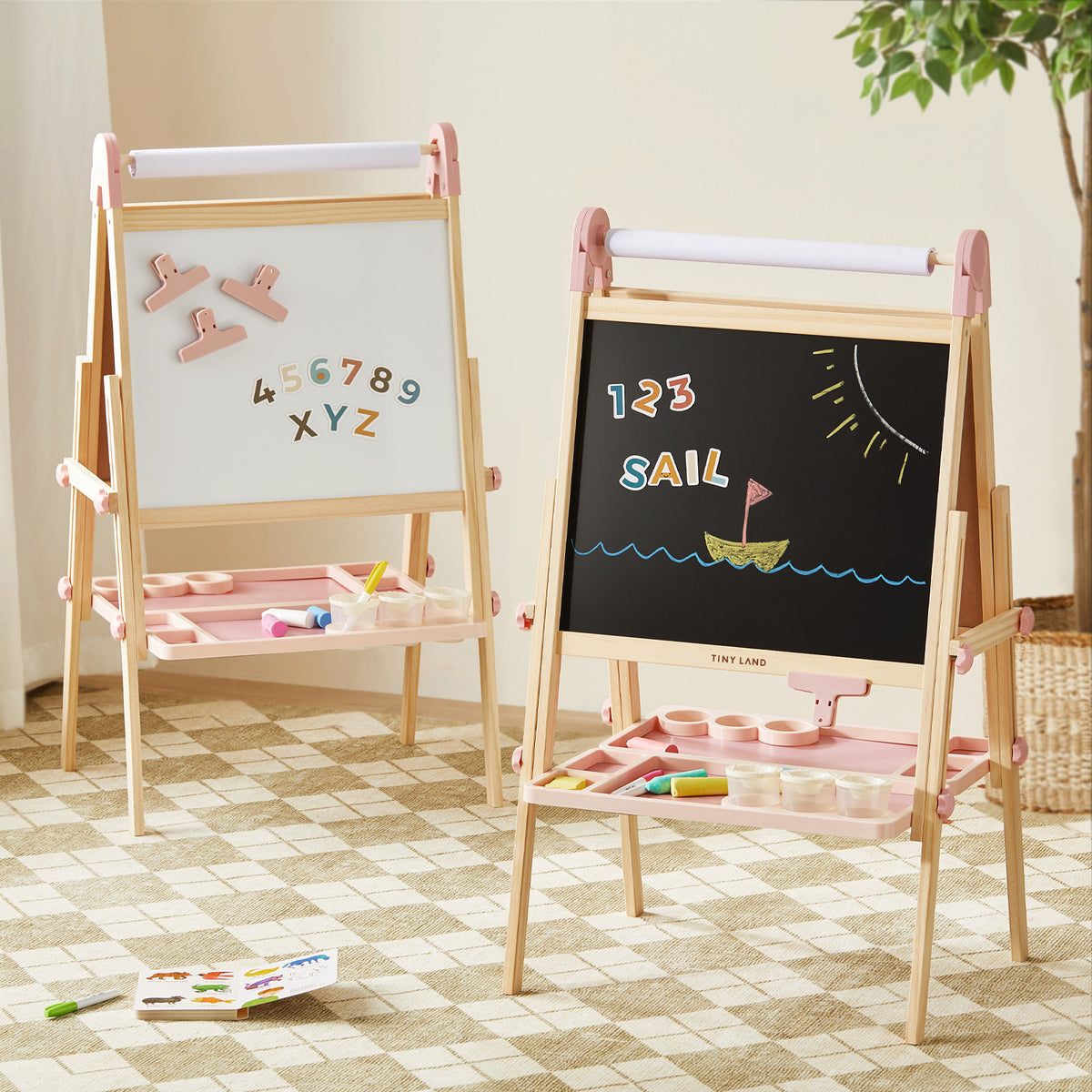
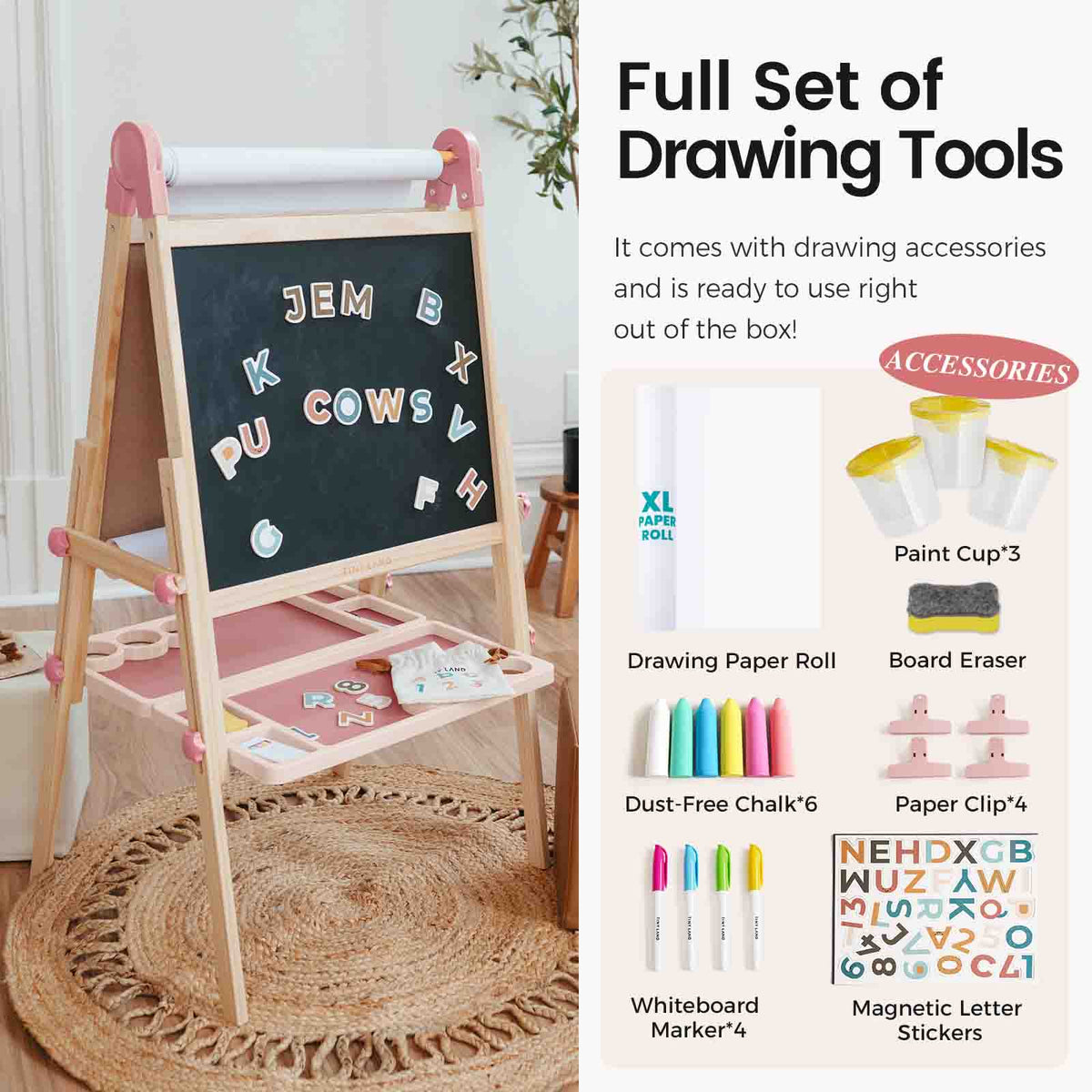
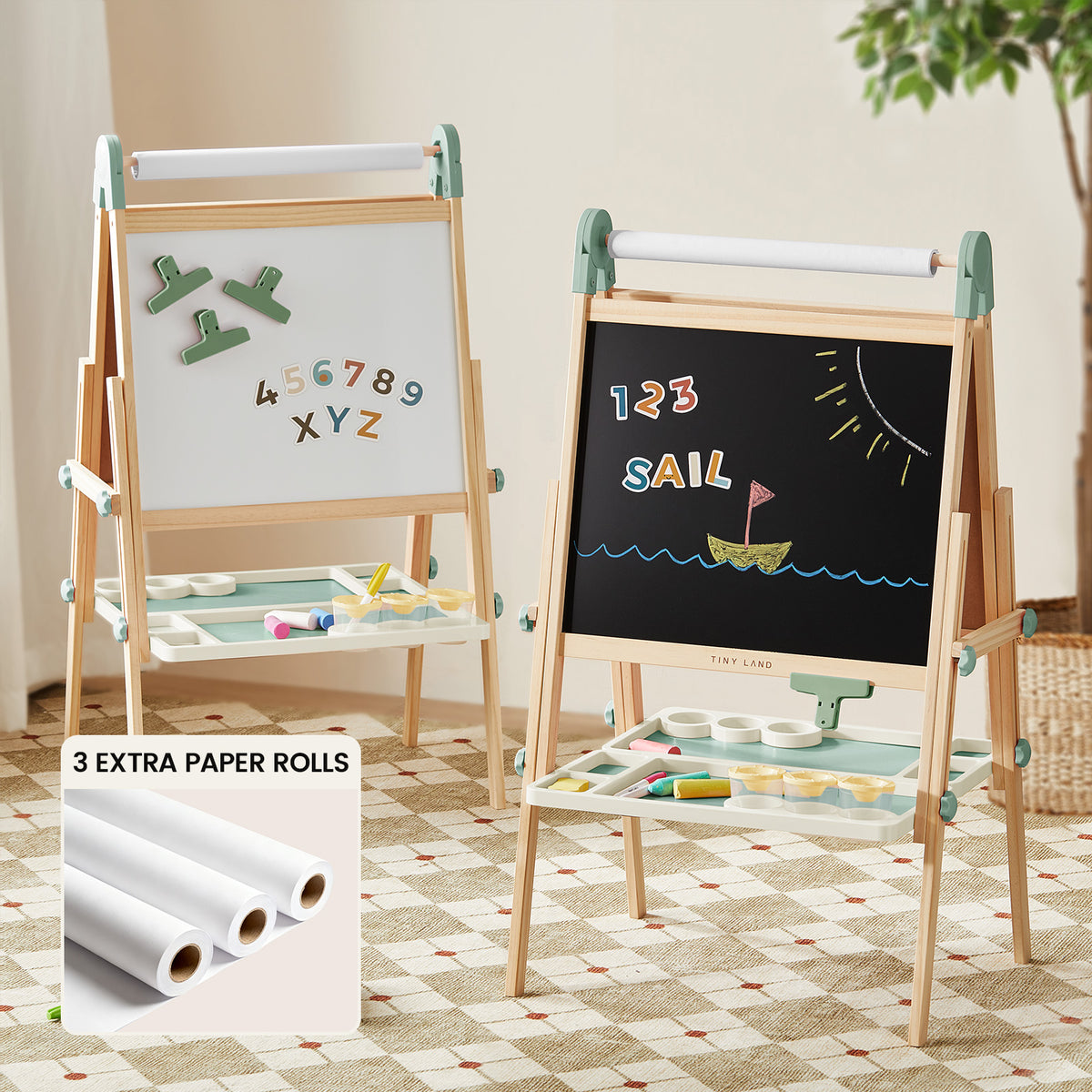
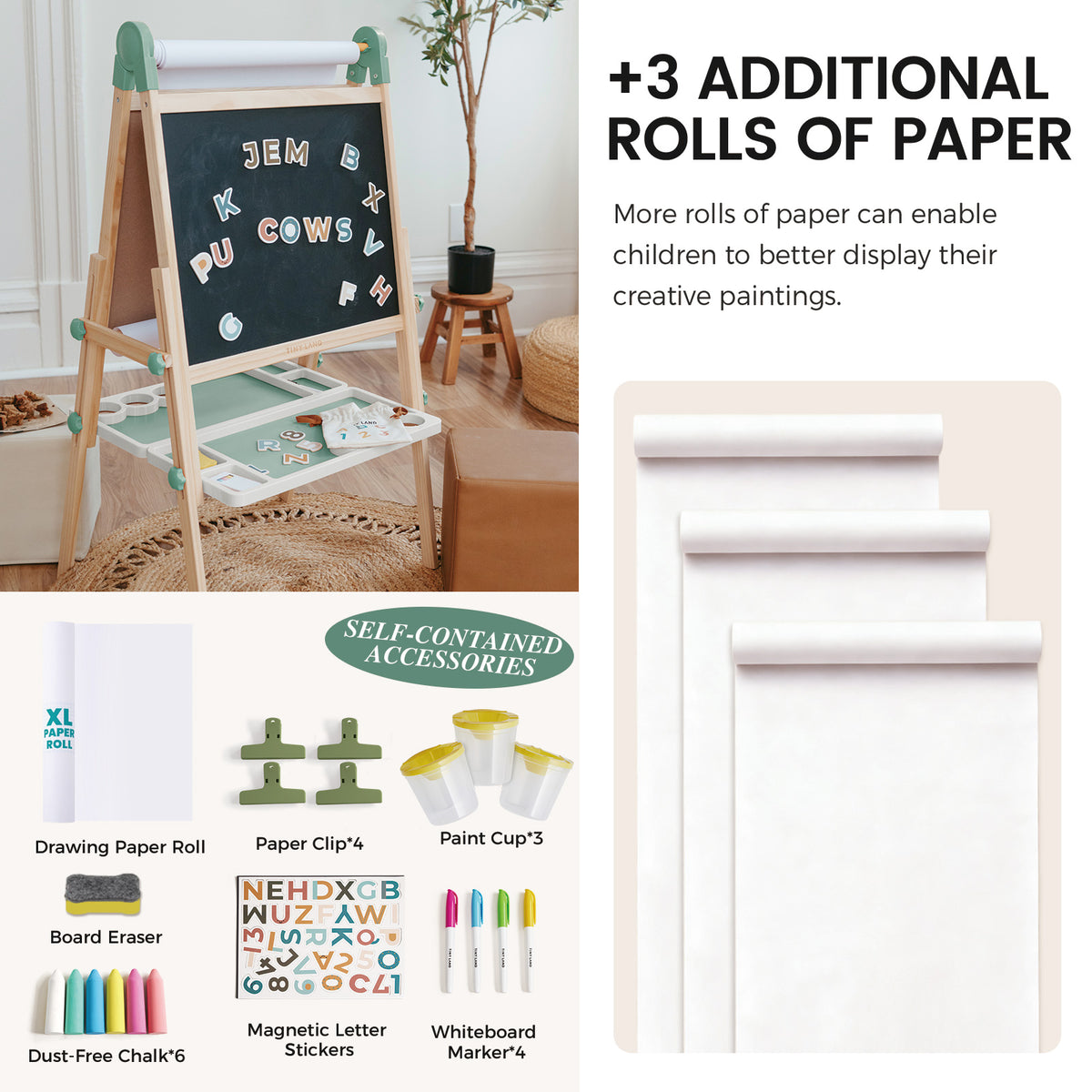
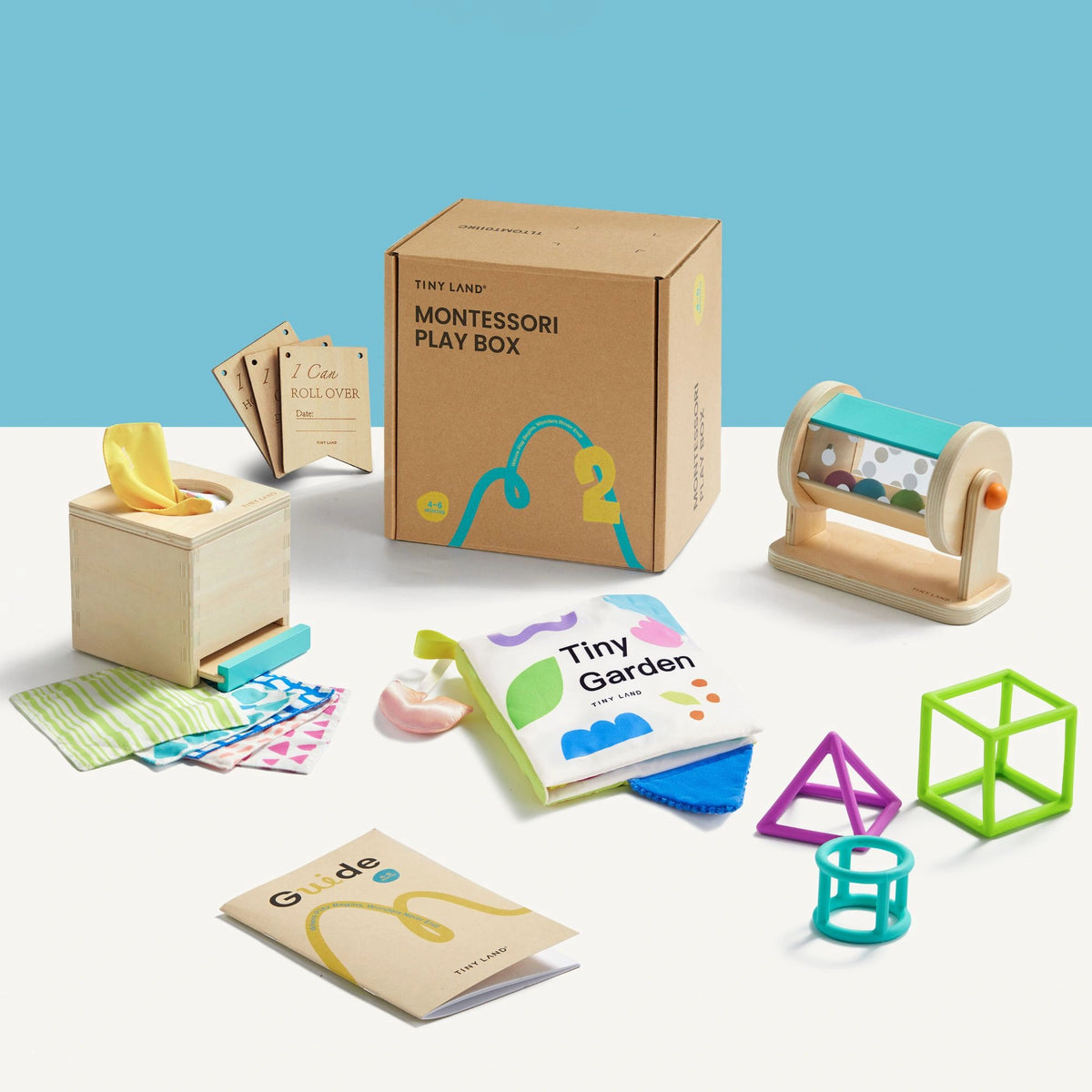
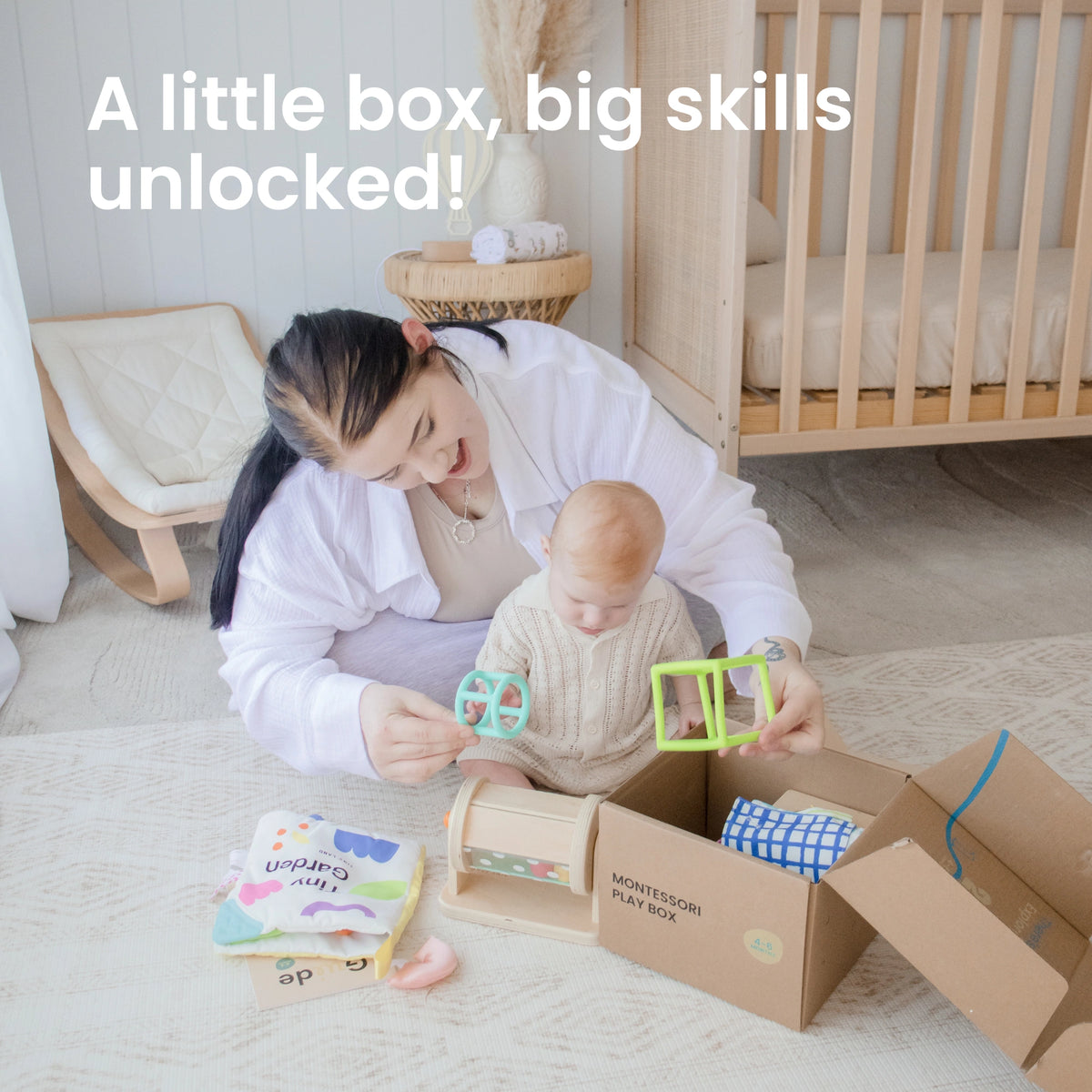
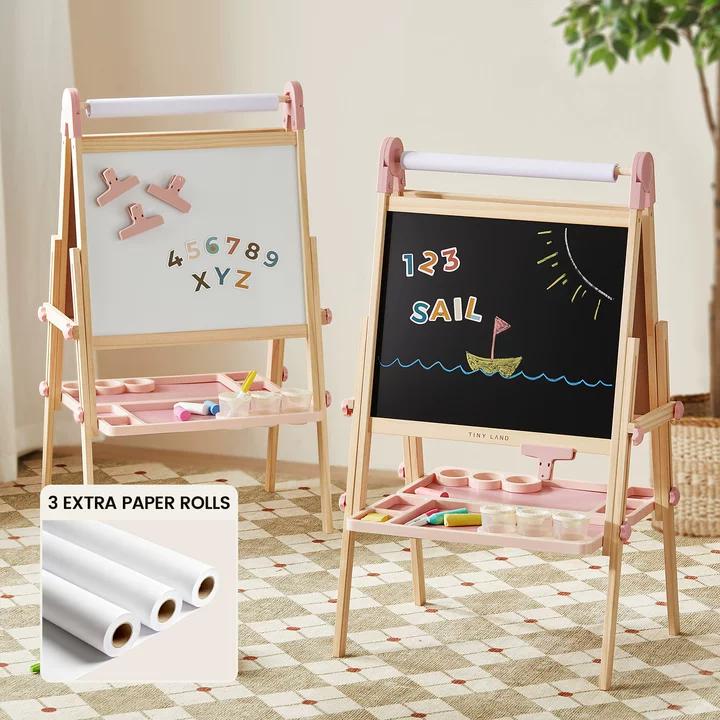
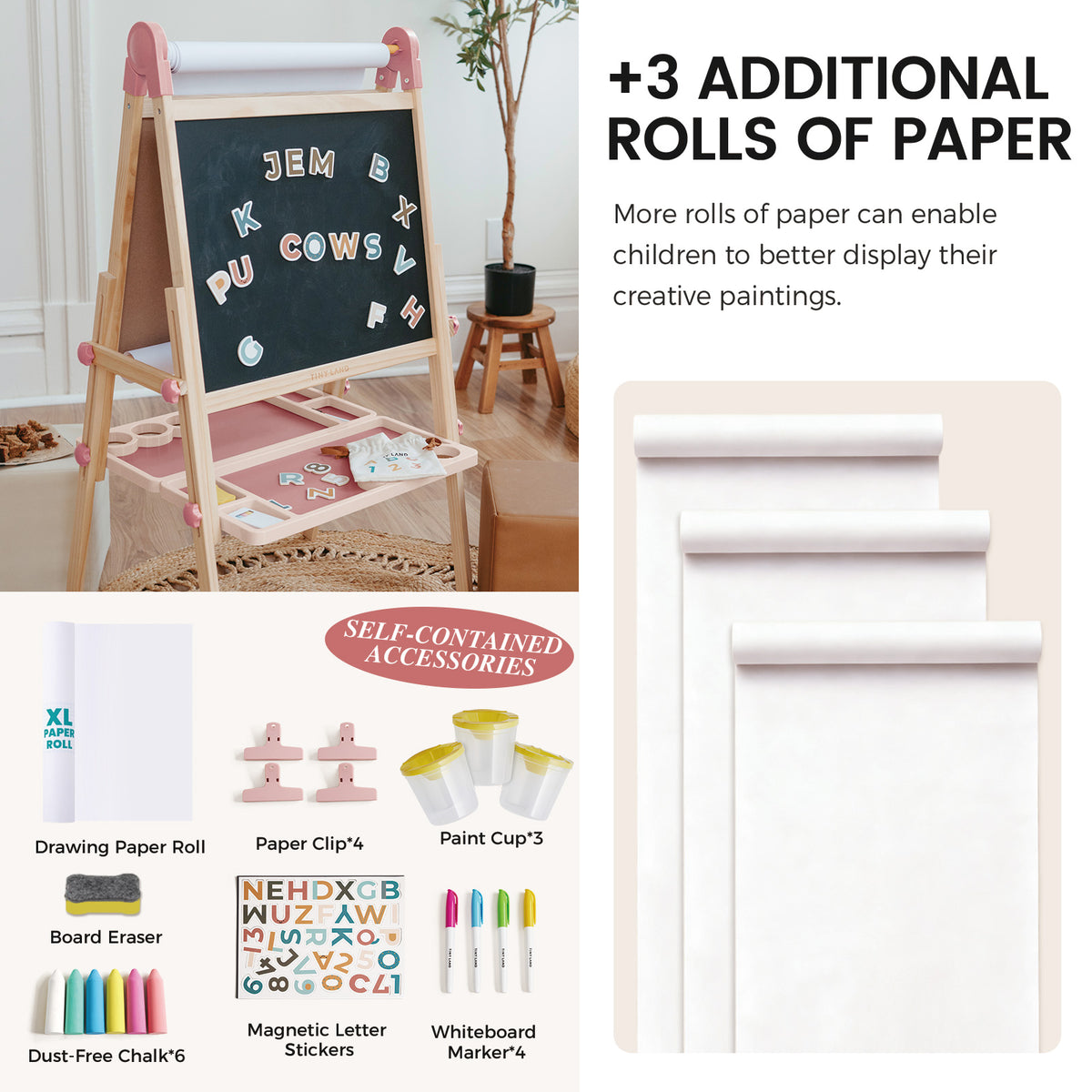
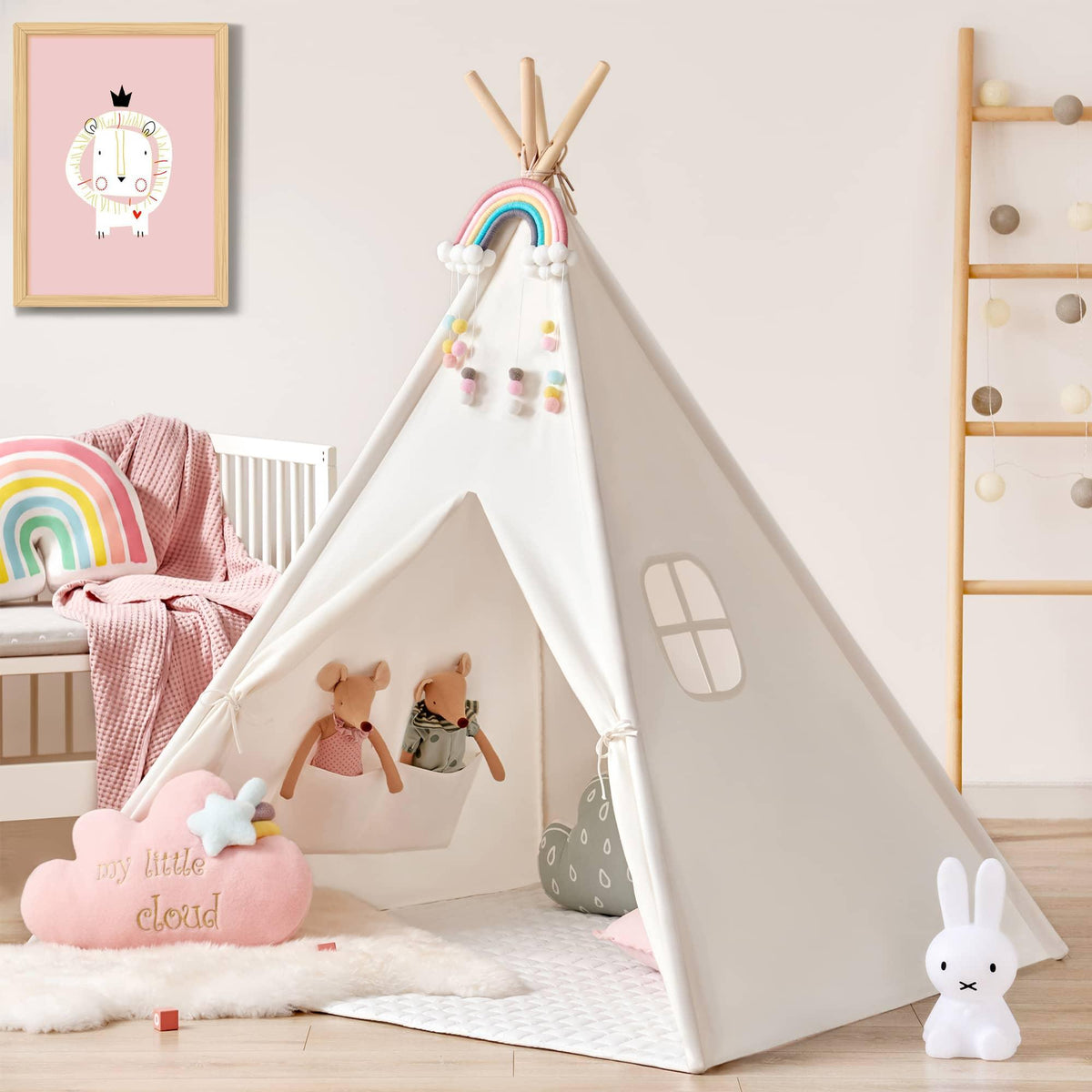
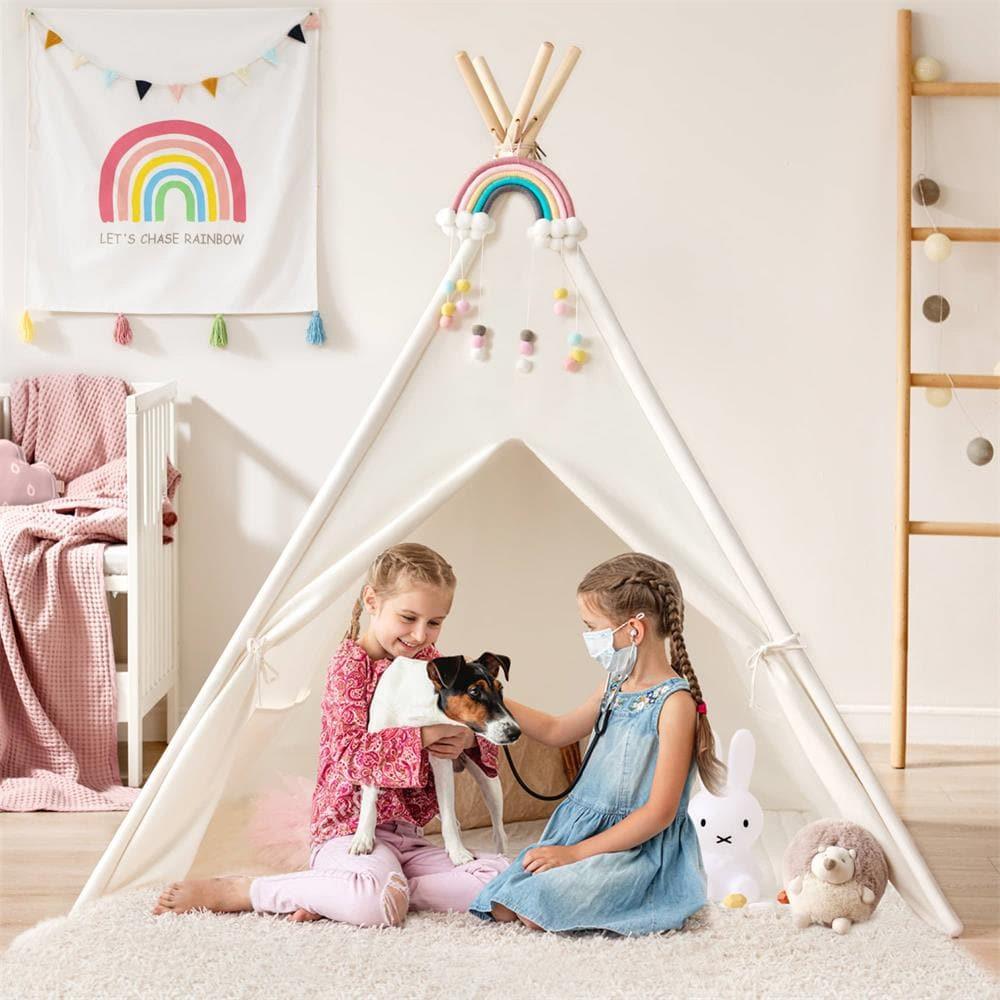
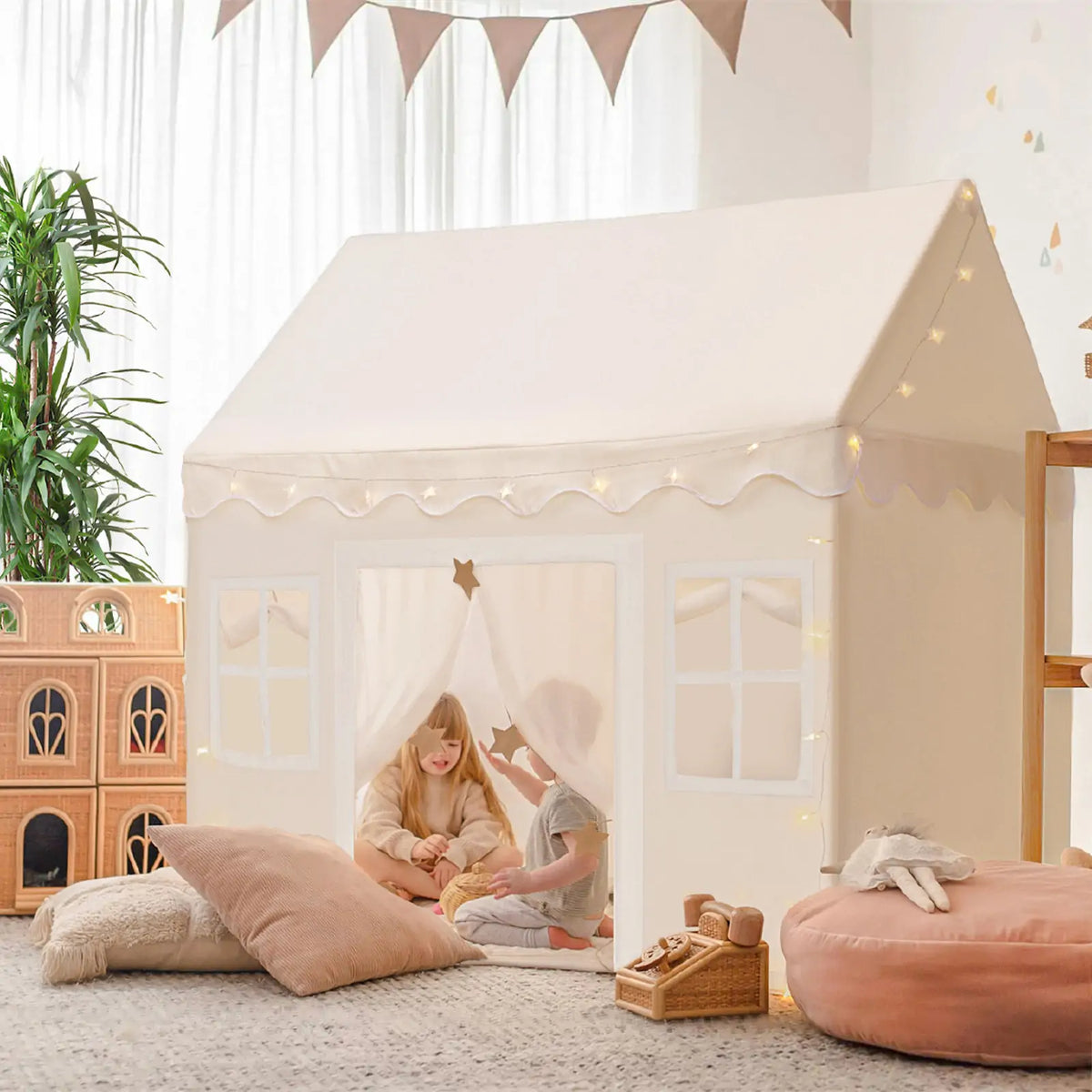
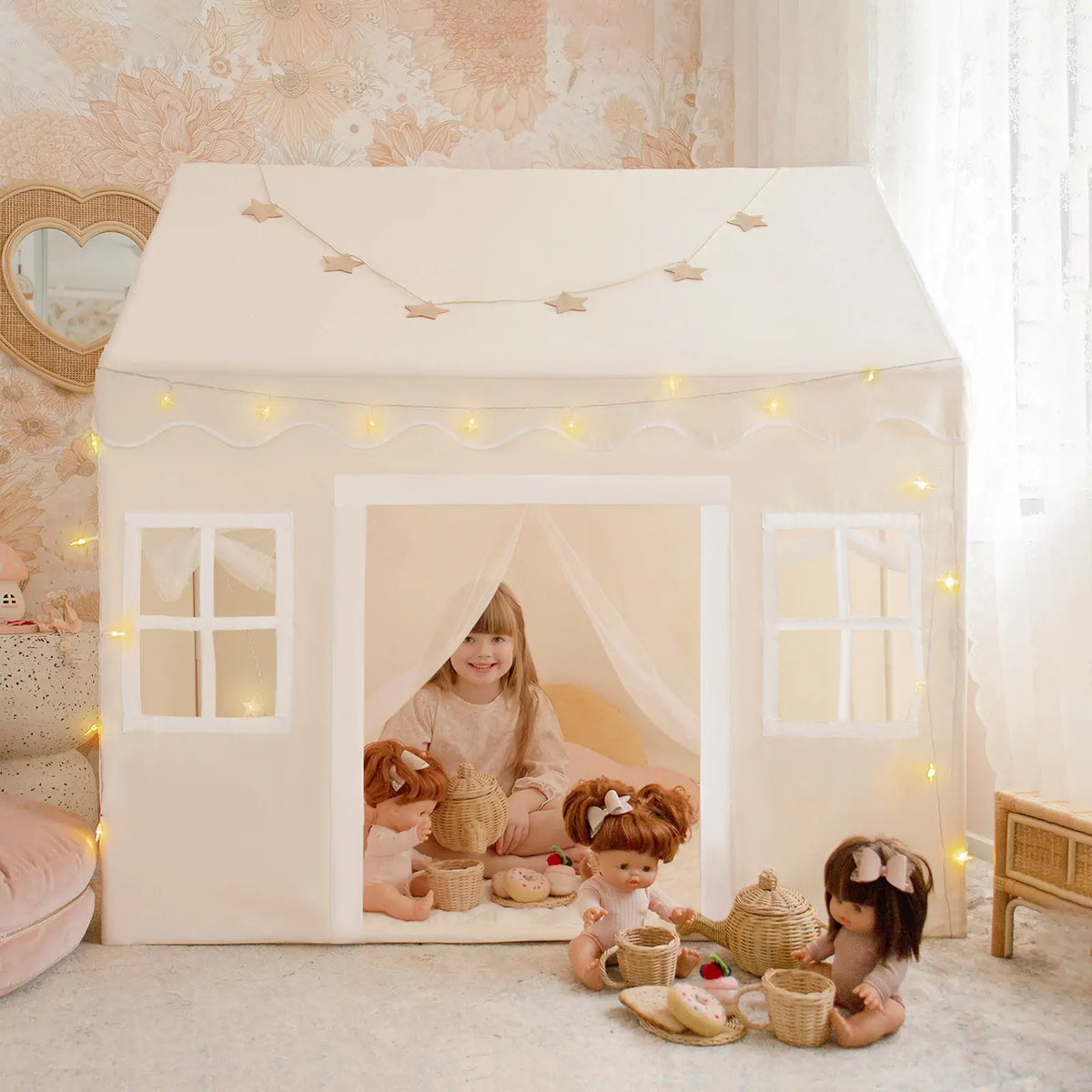
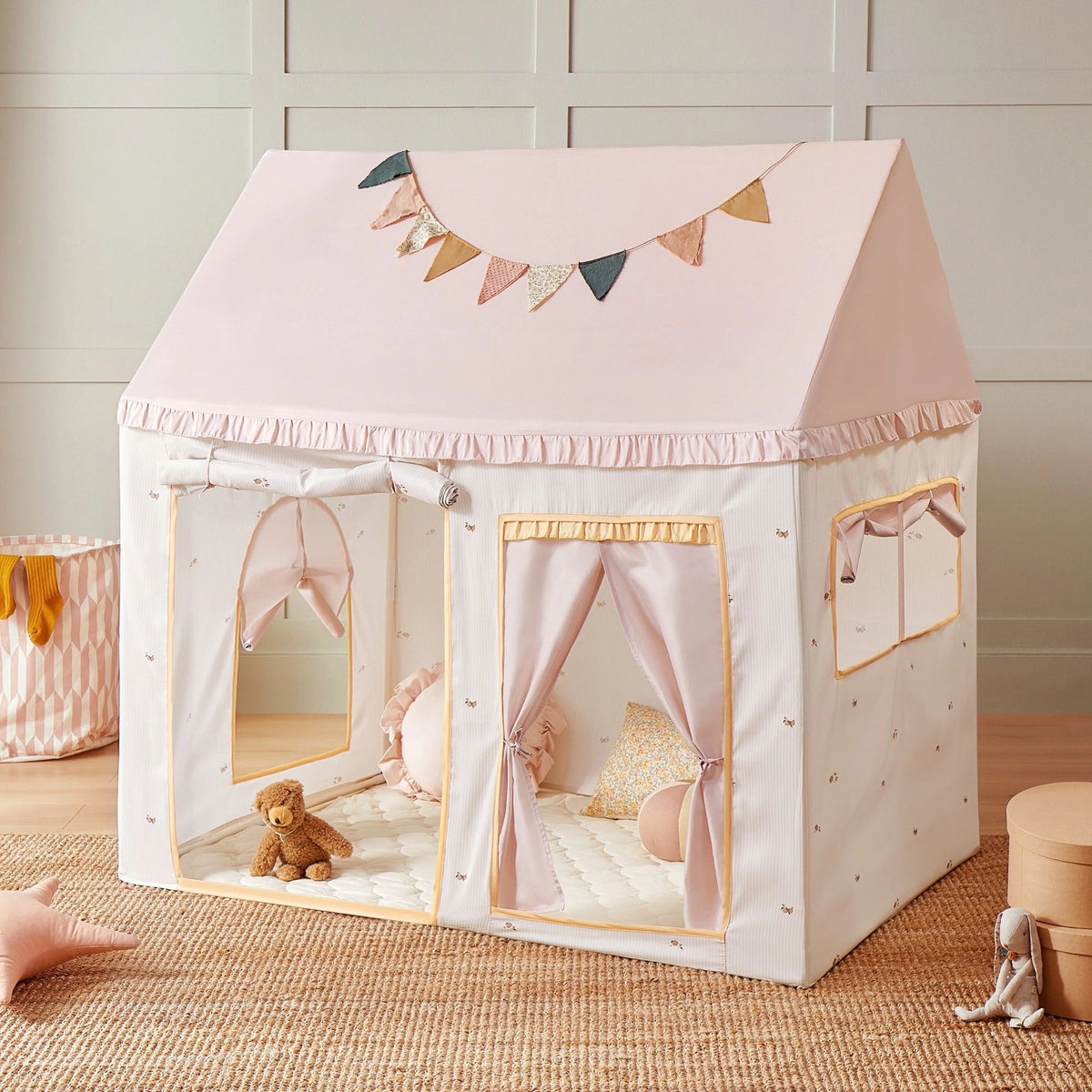
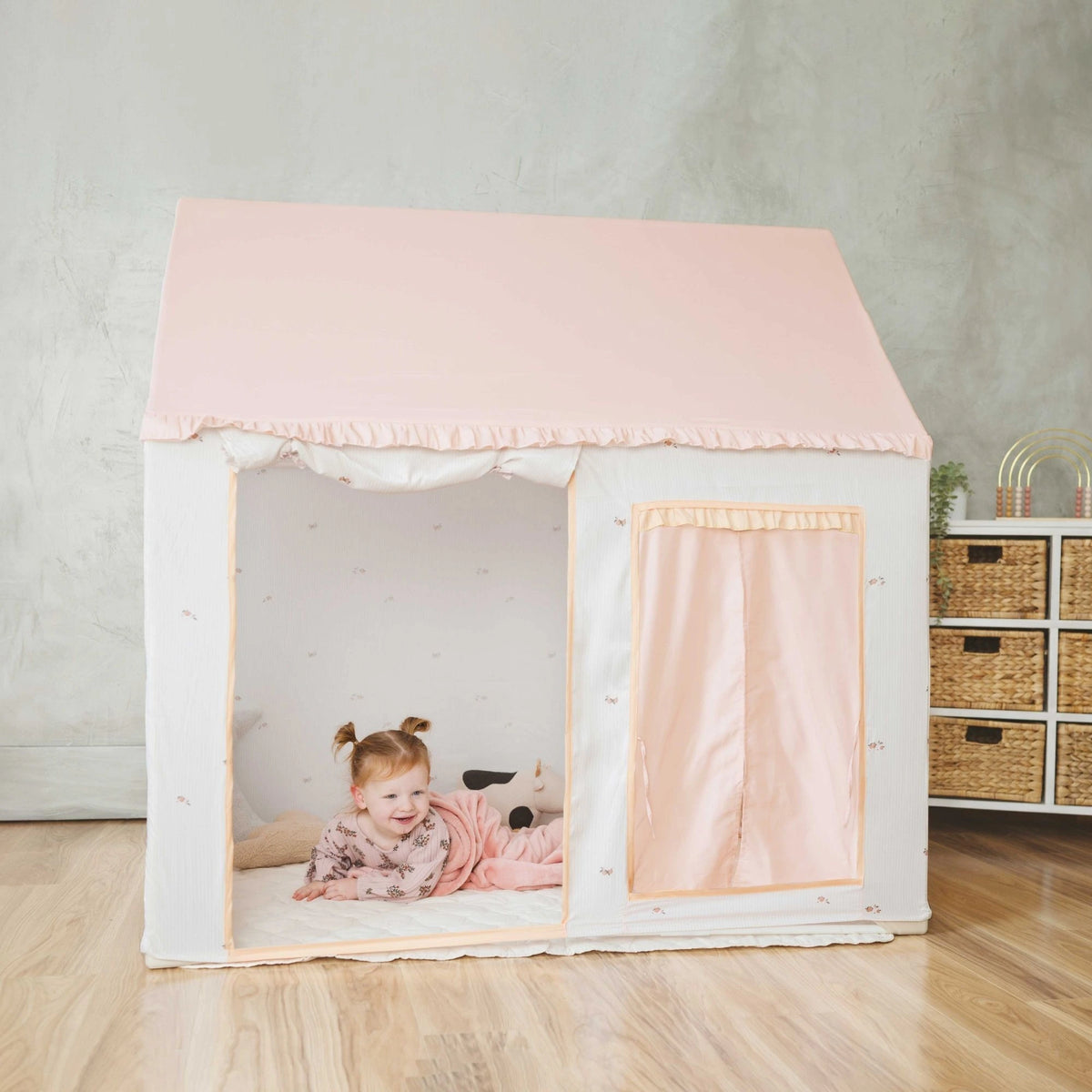
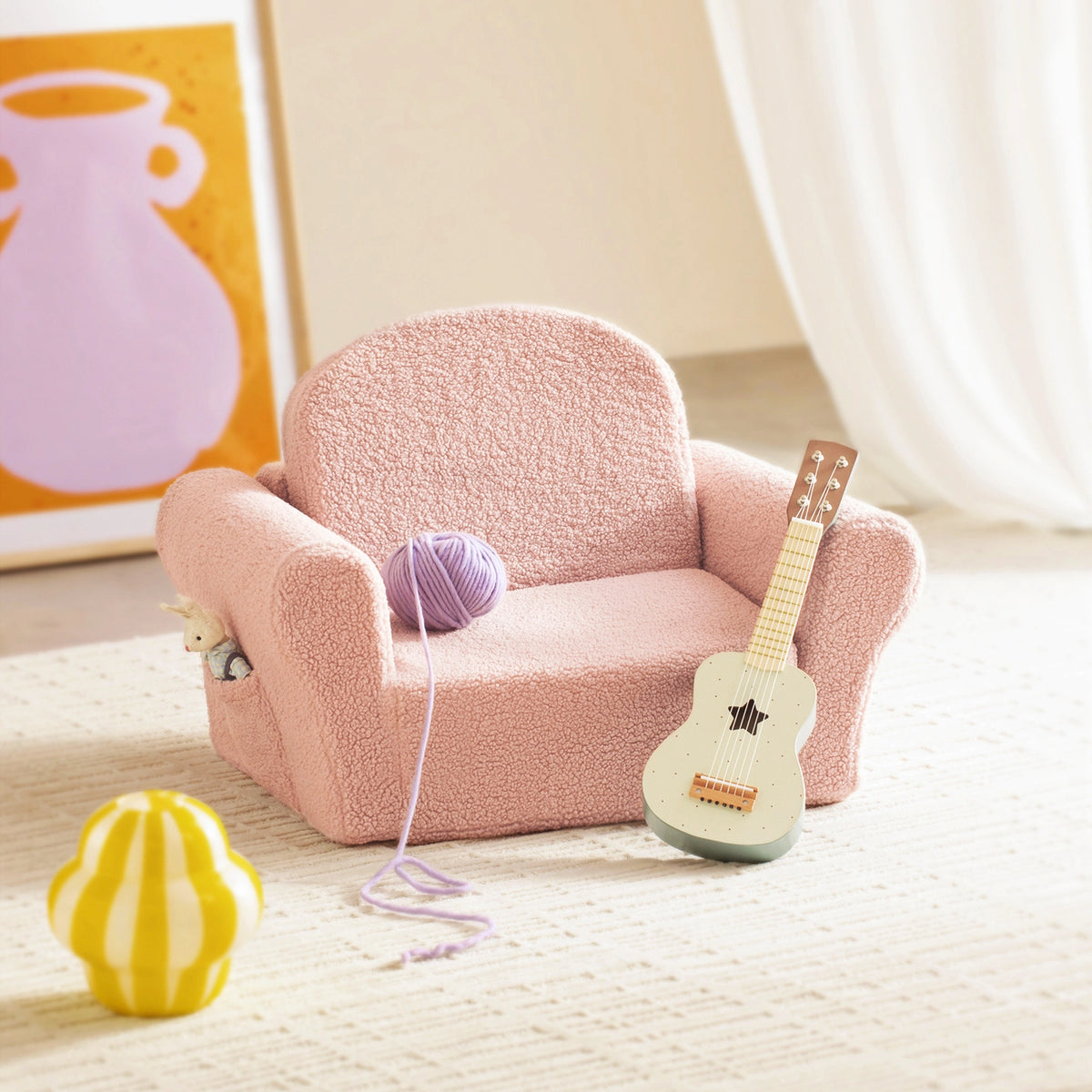
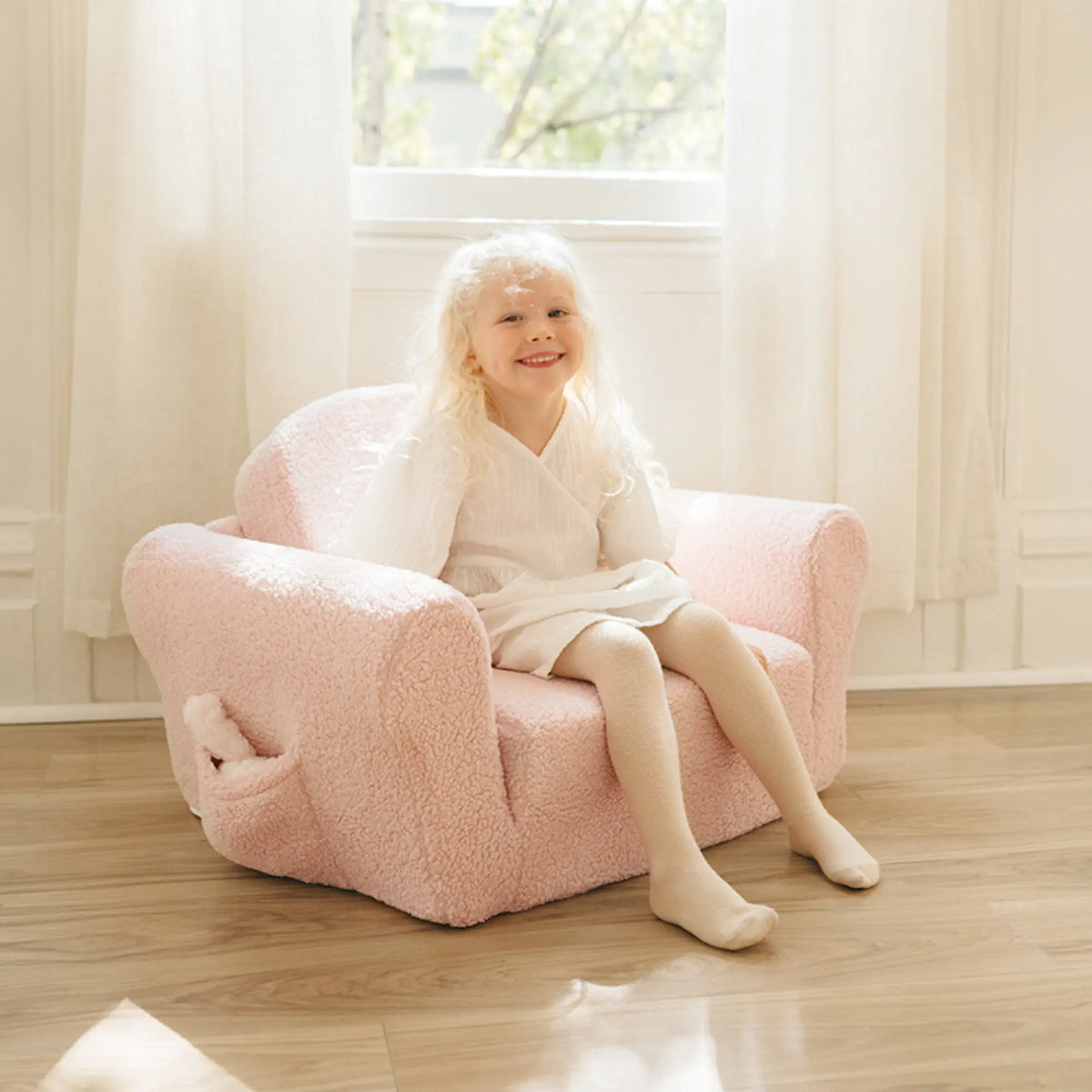
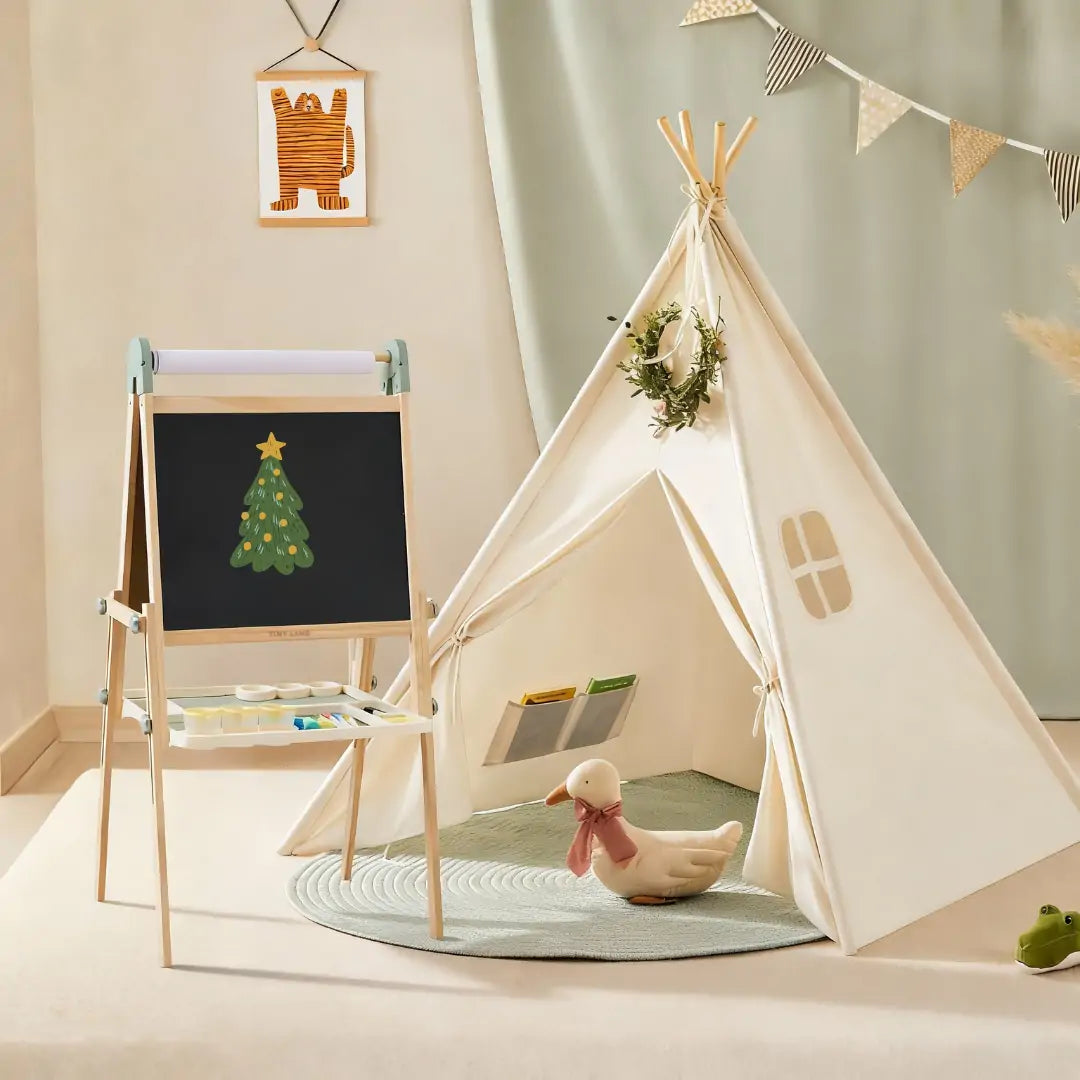

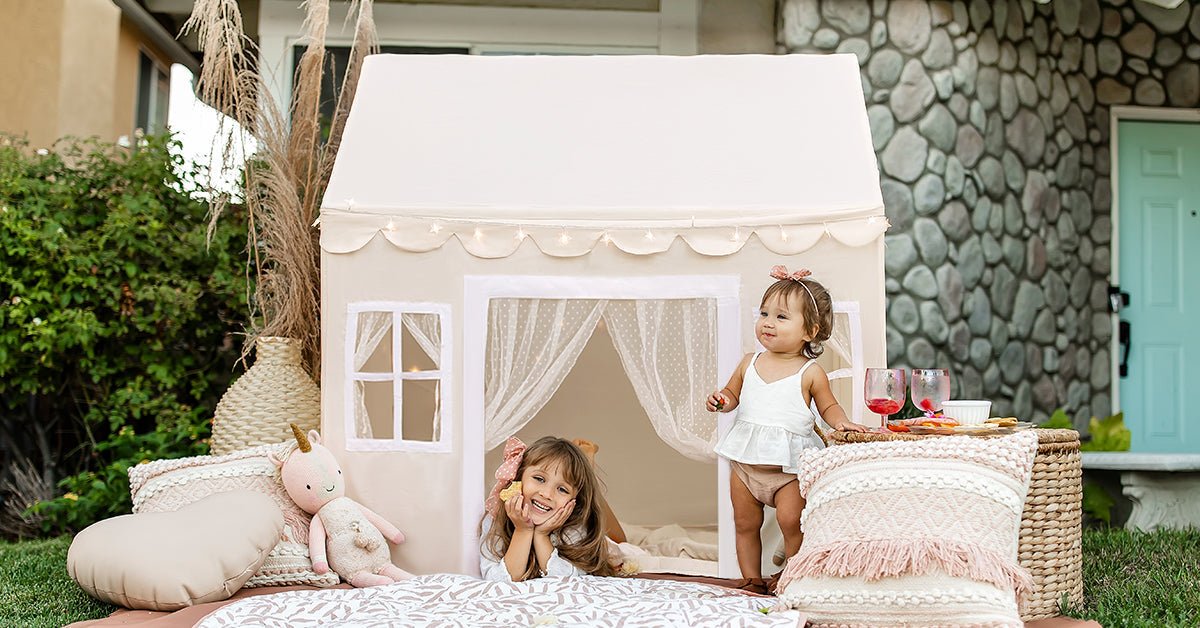
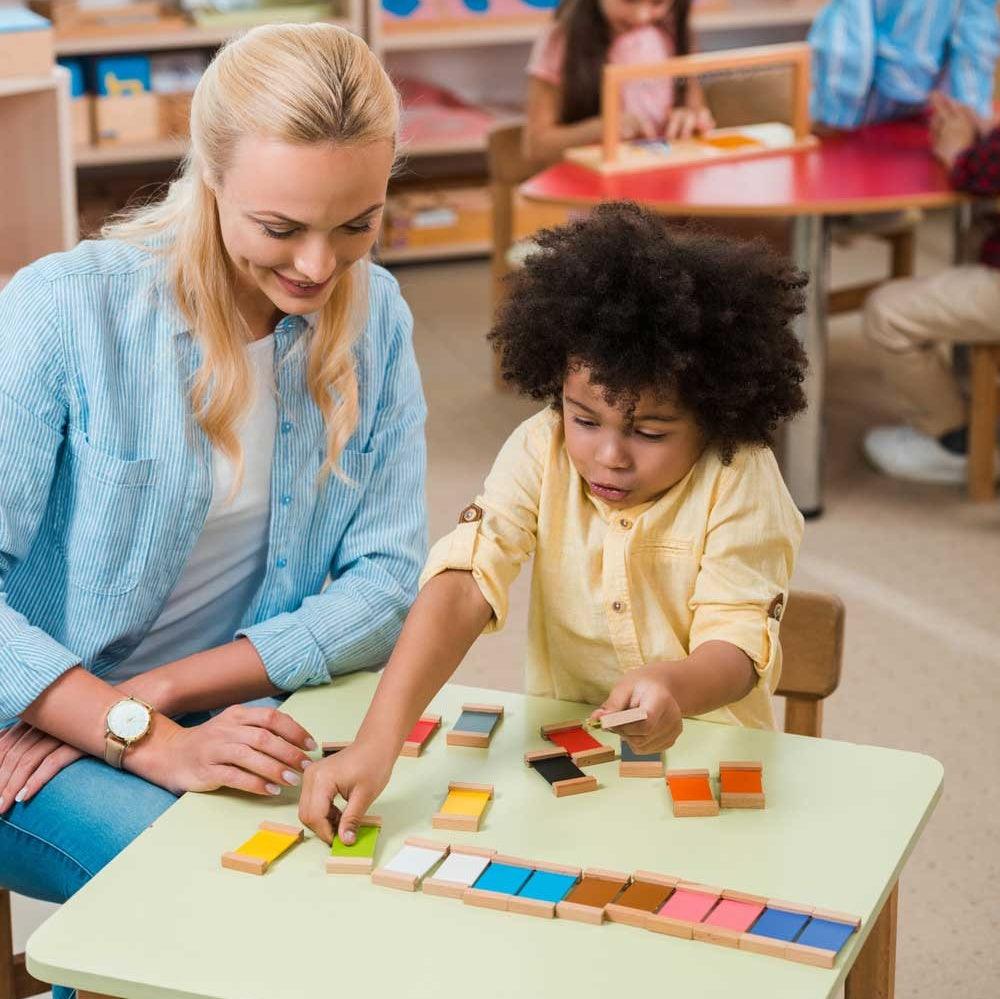
1 comment
Brittnee
lol this entire website is so fucking sketchy. So many fucking typos and grammatical errors.
lol this entire website is so fucking sketchy. So many fucking typos and grammatical errors.